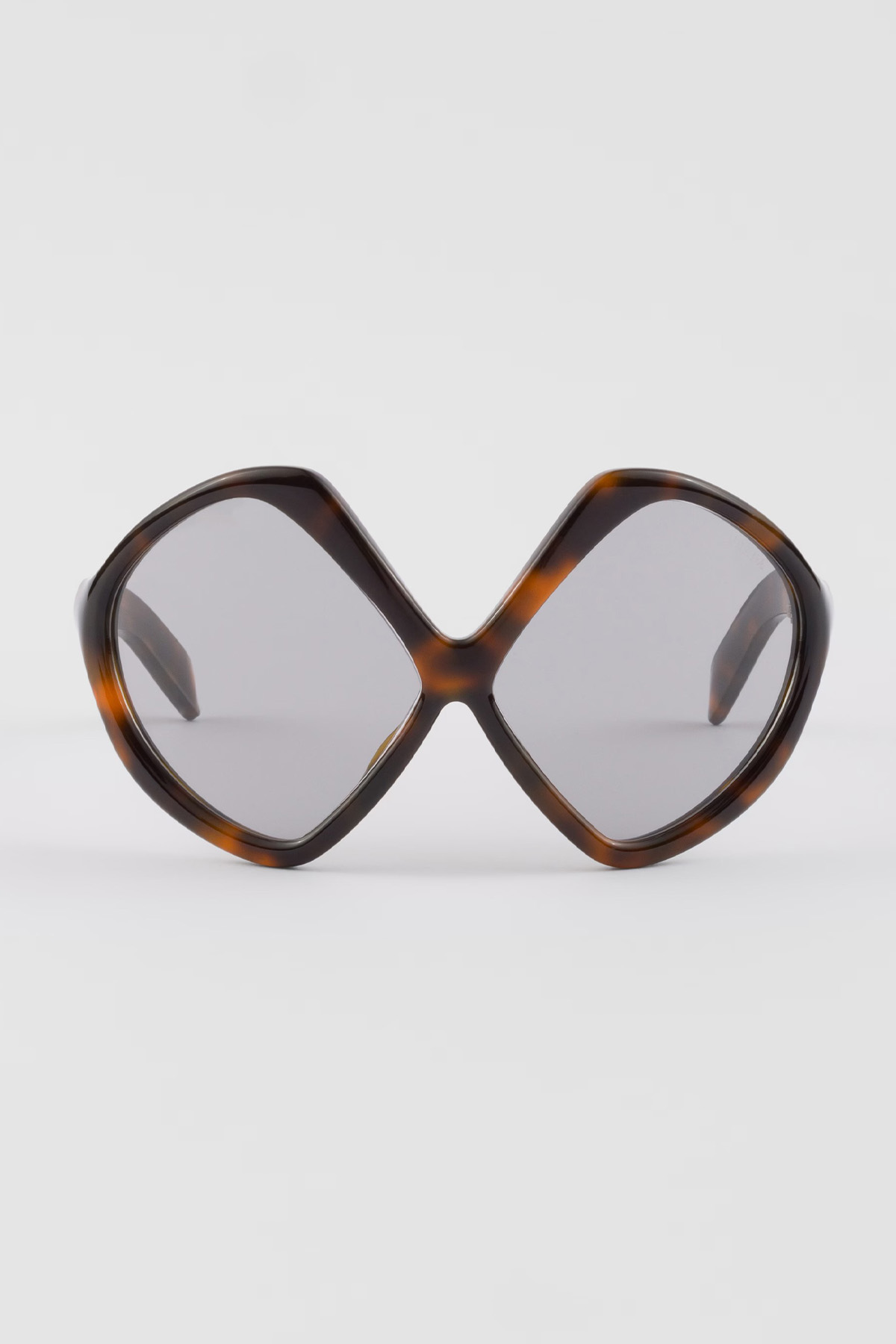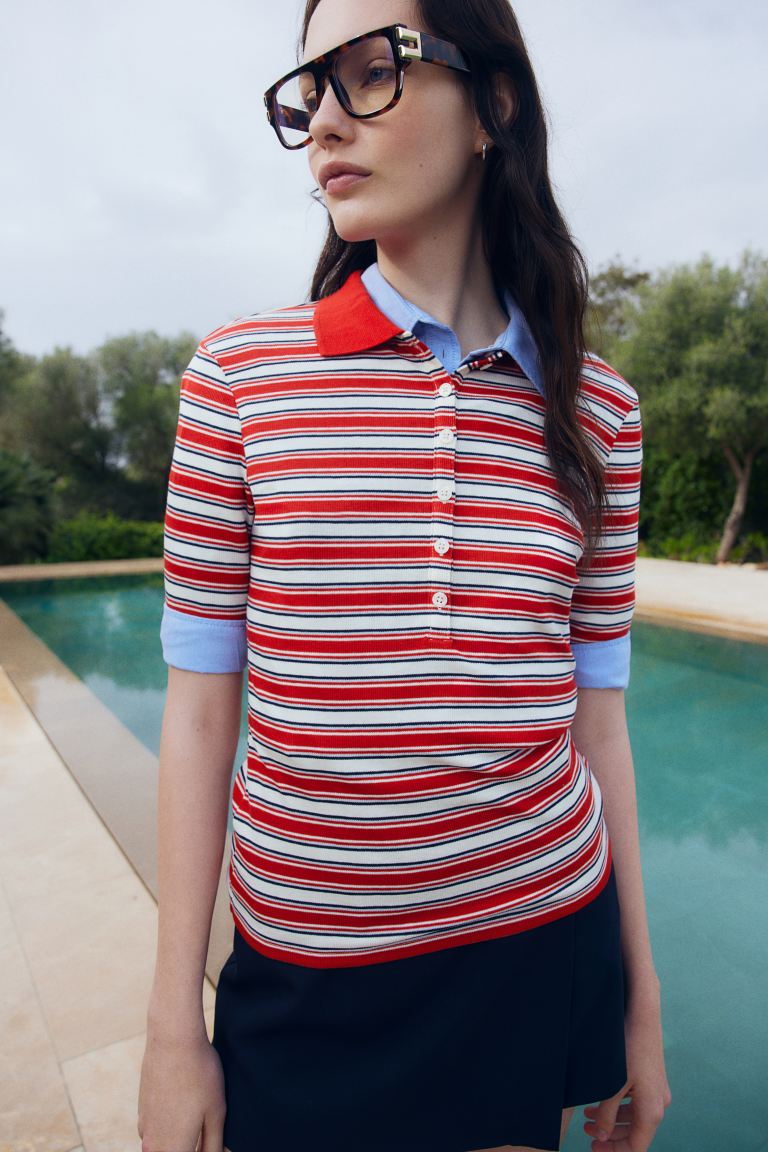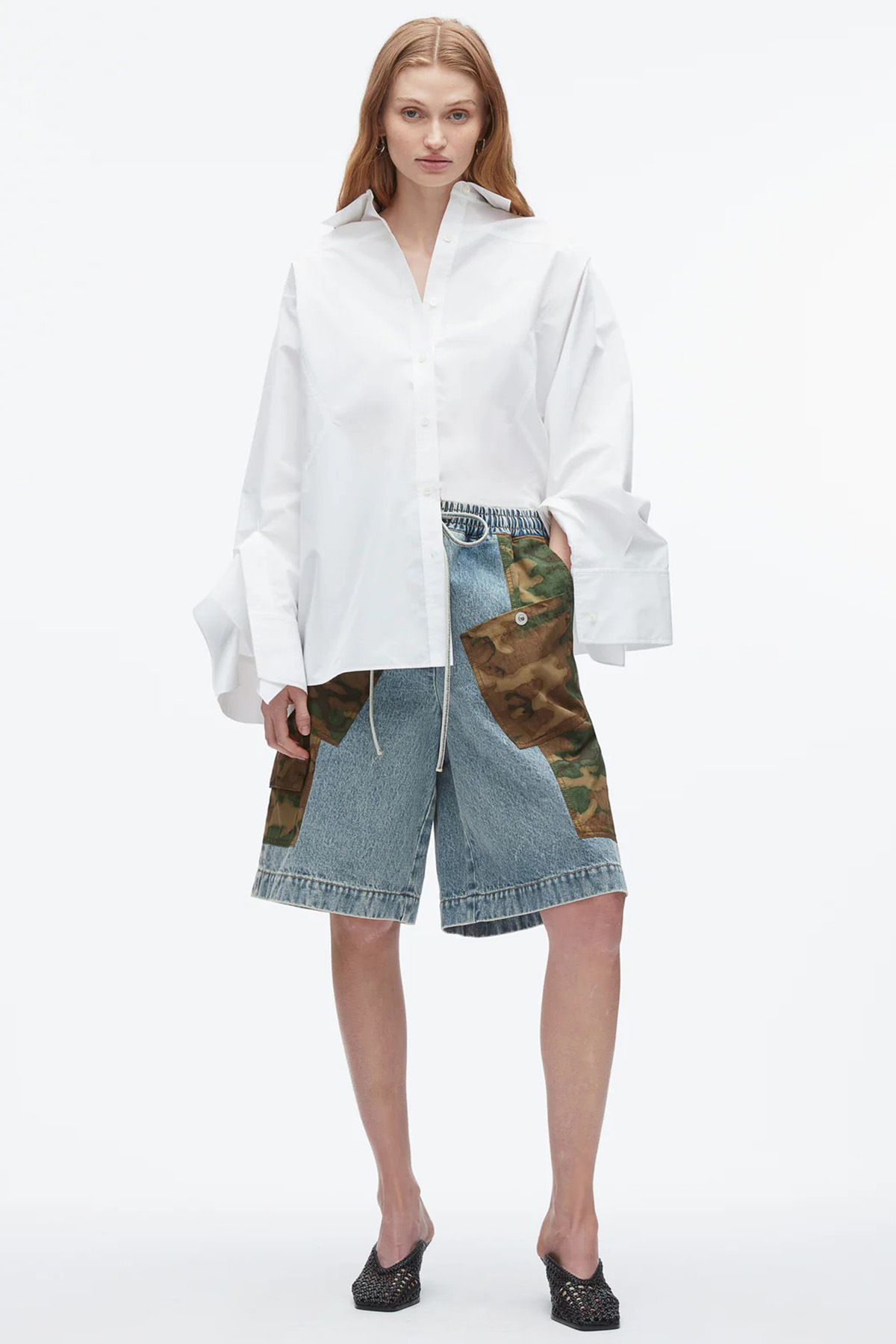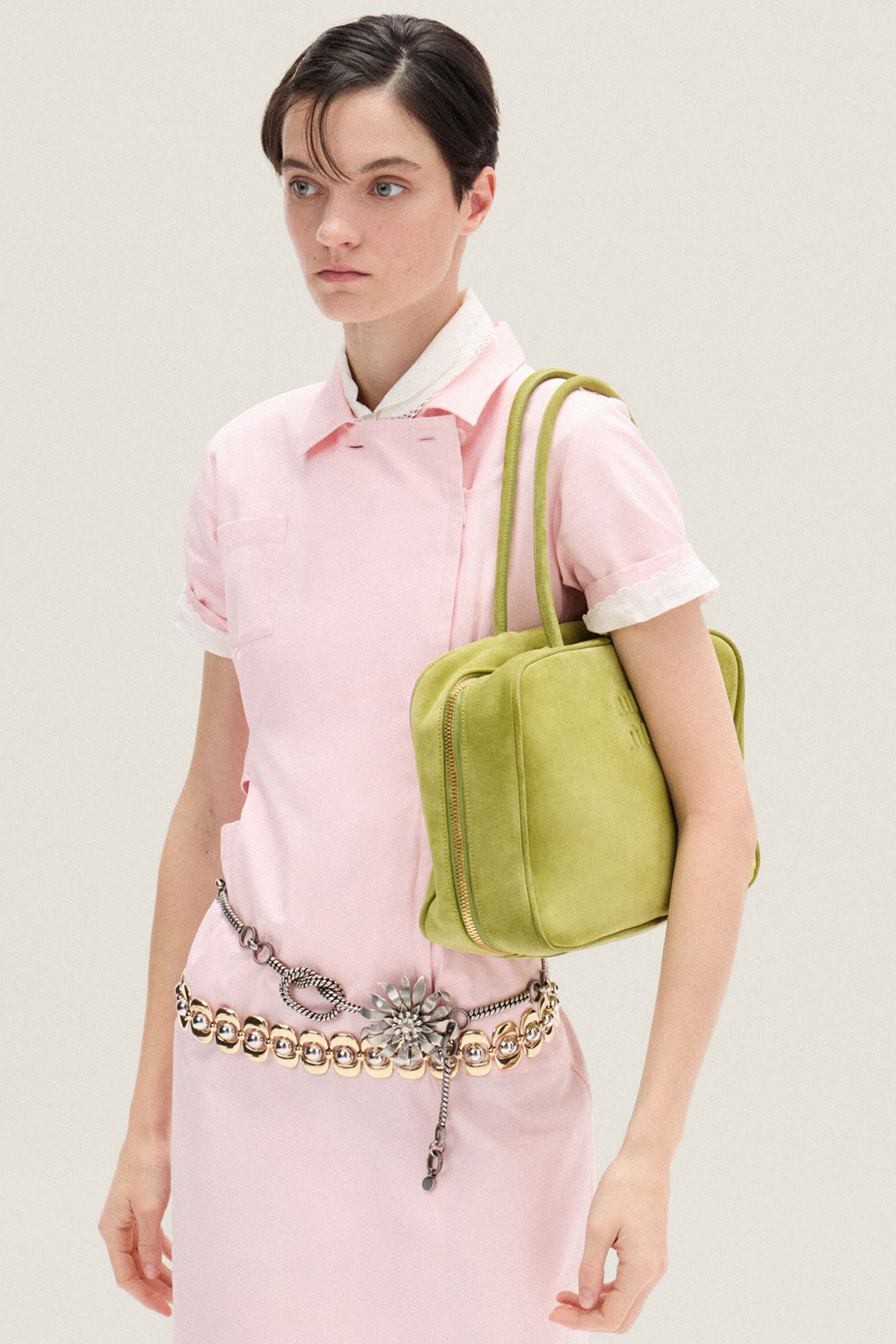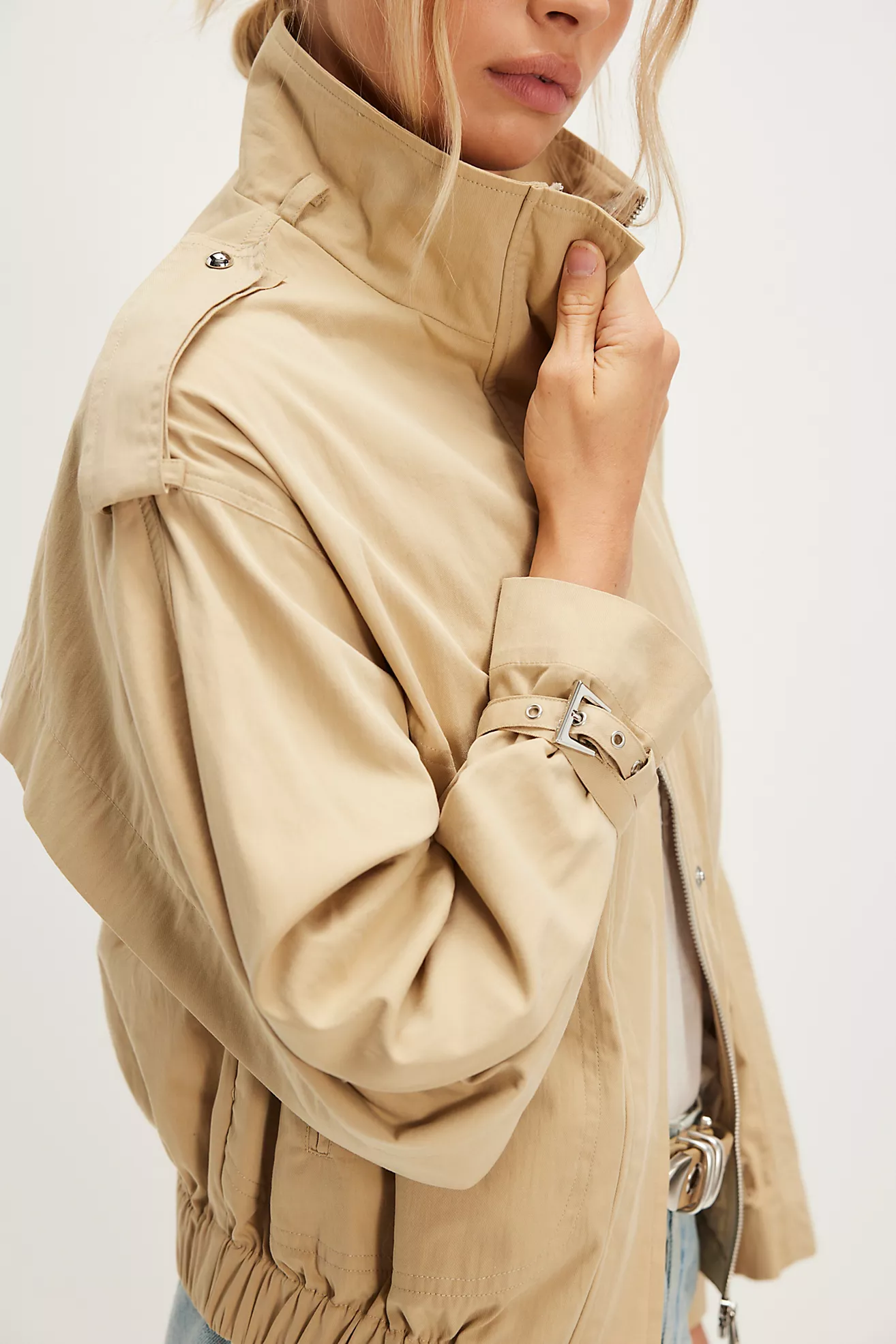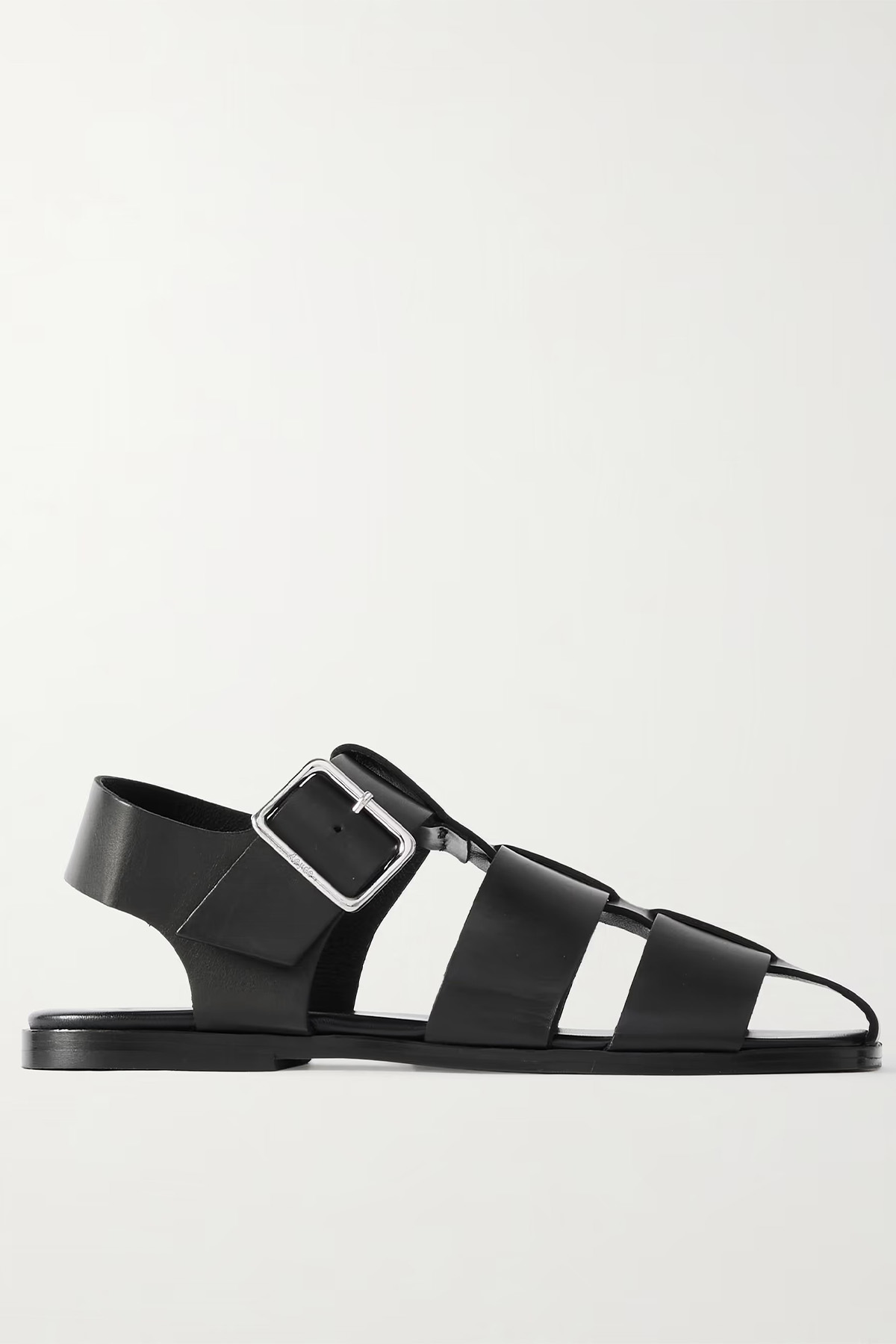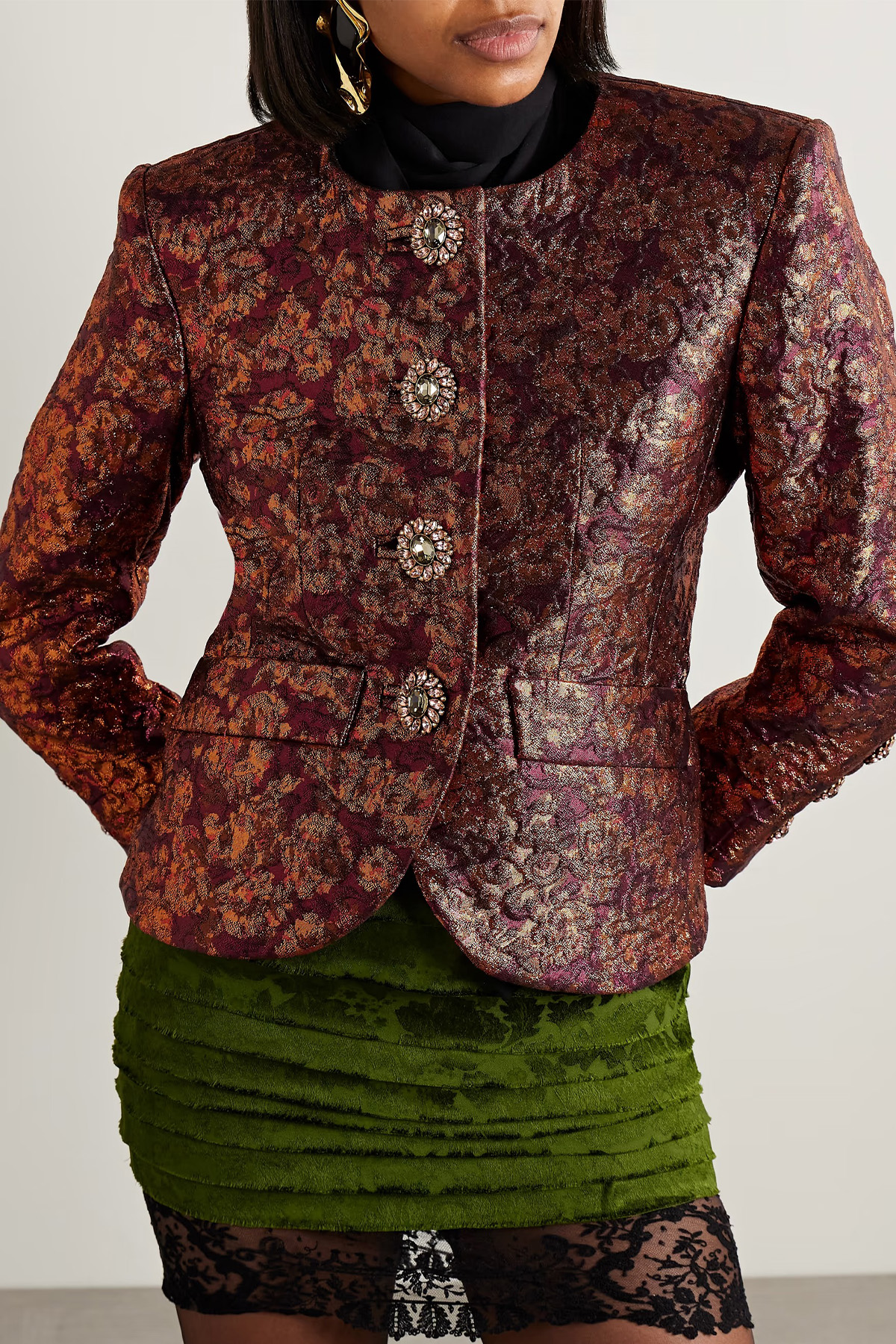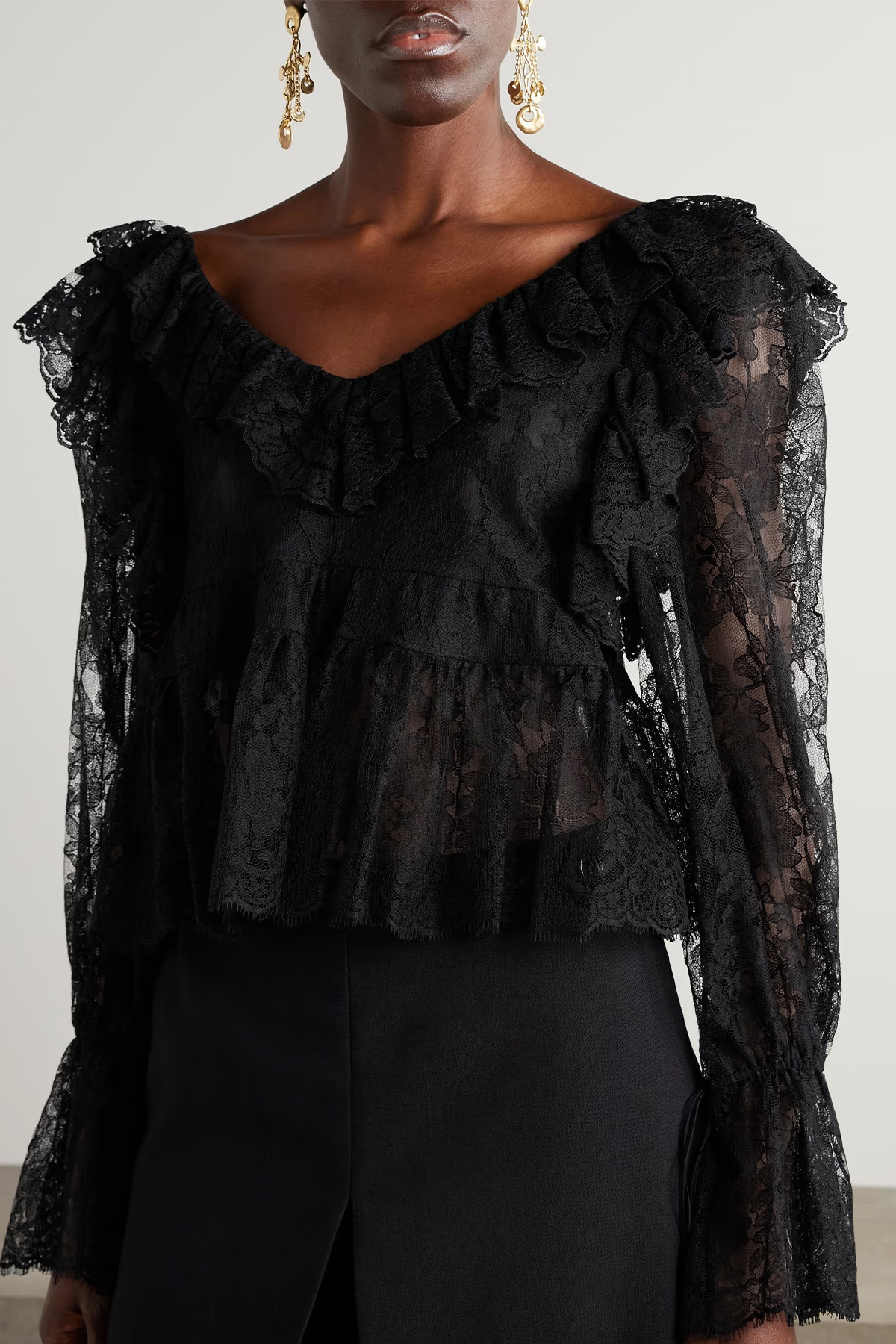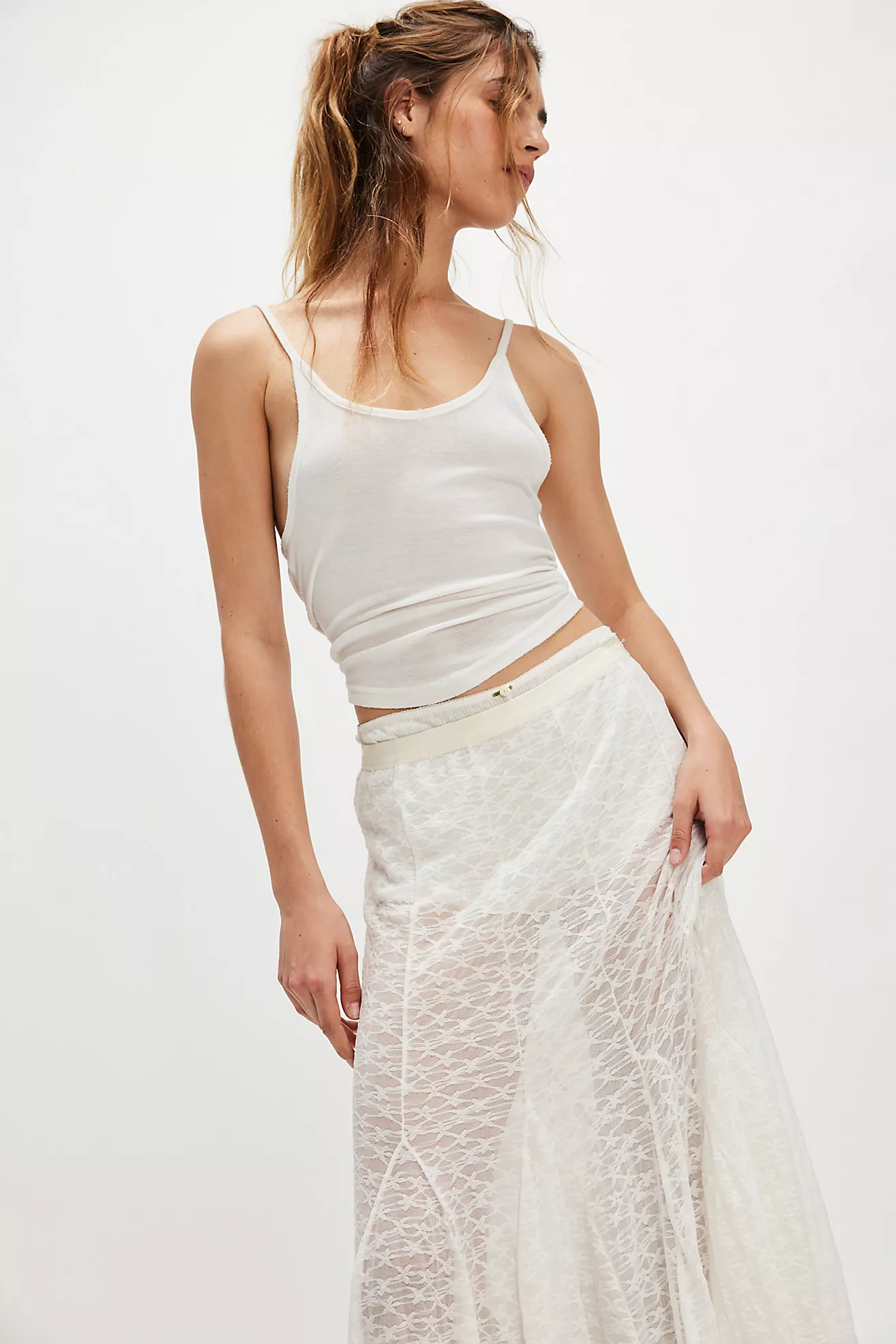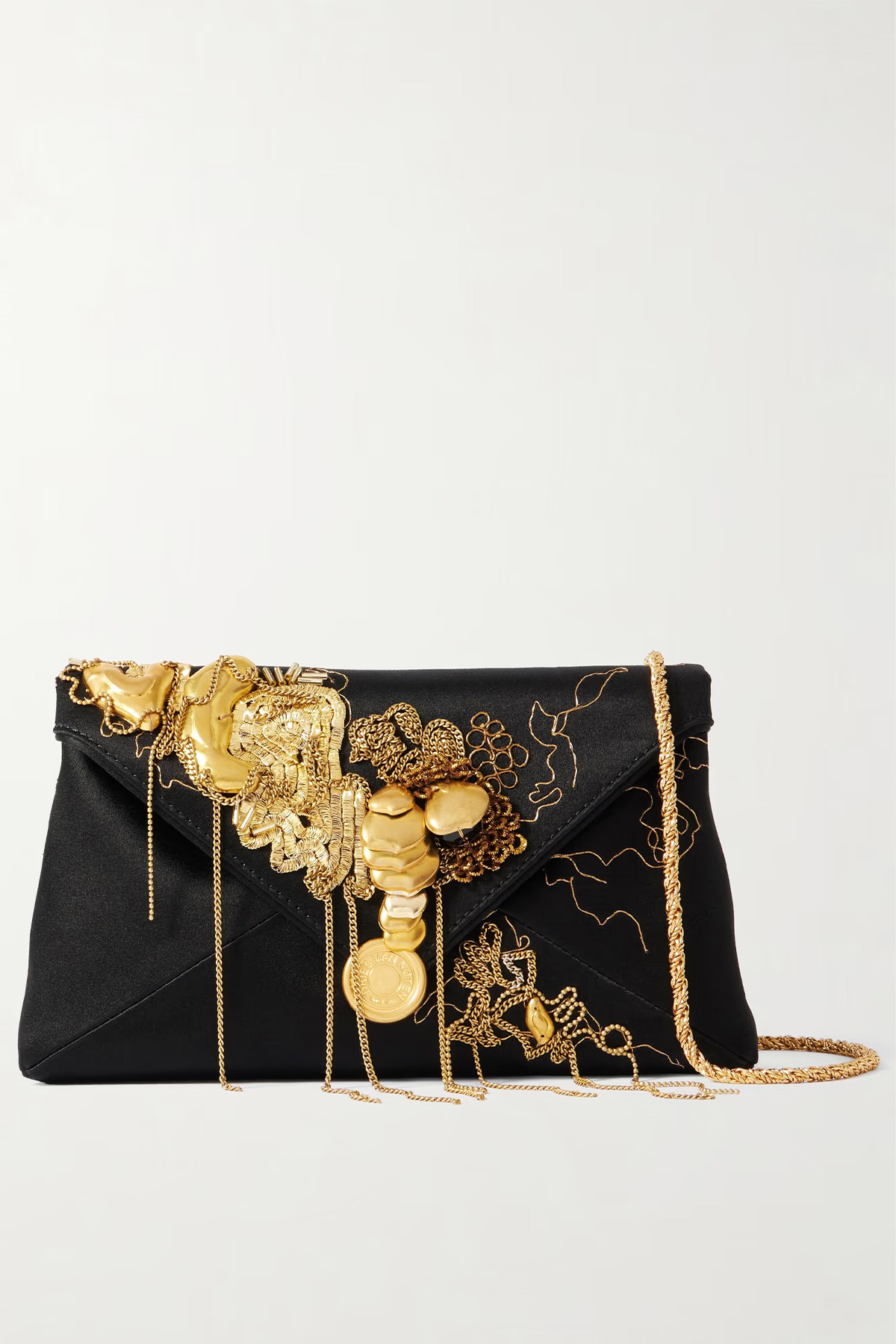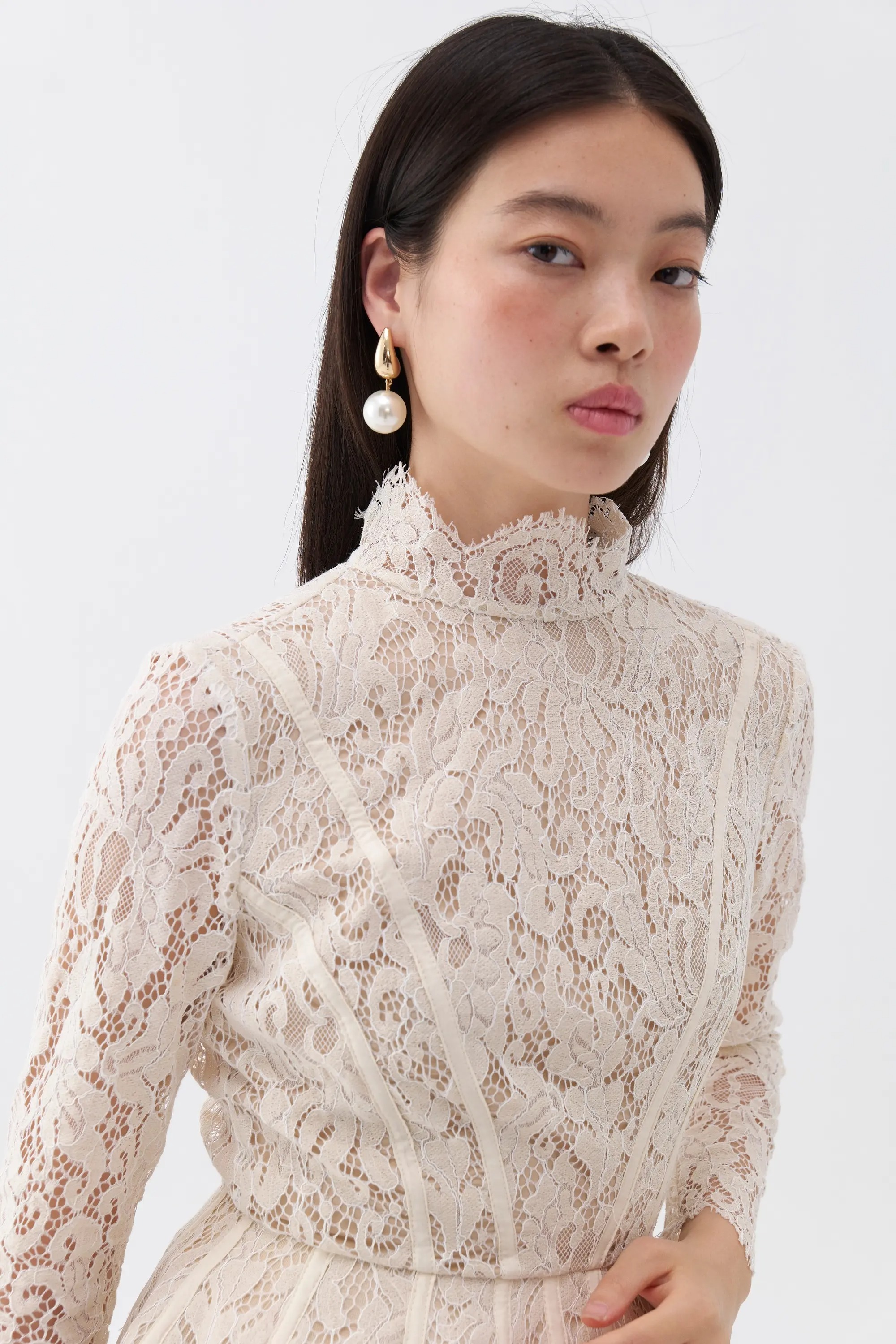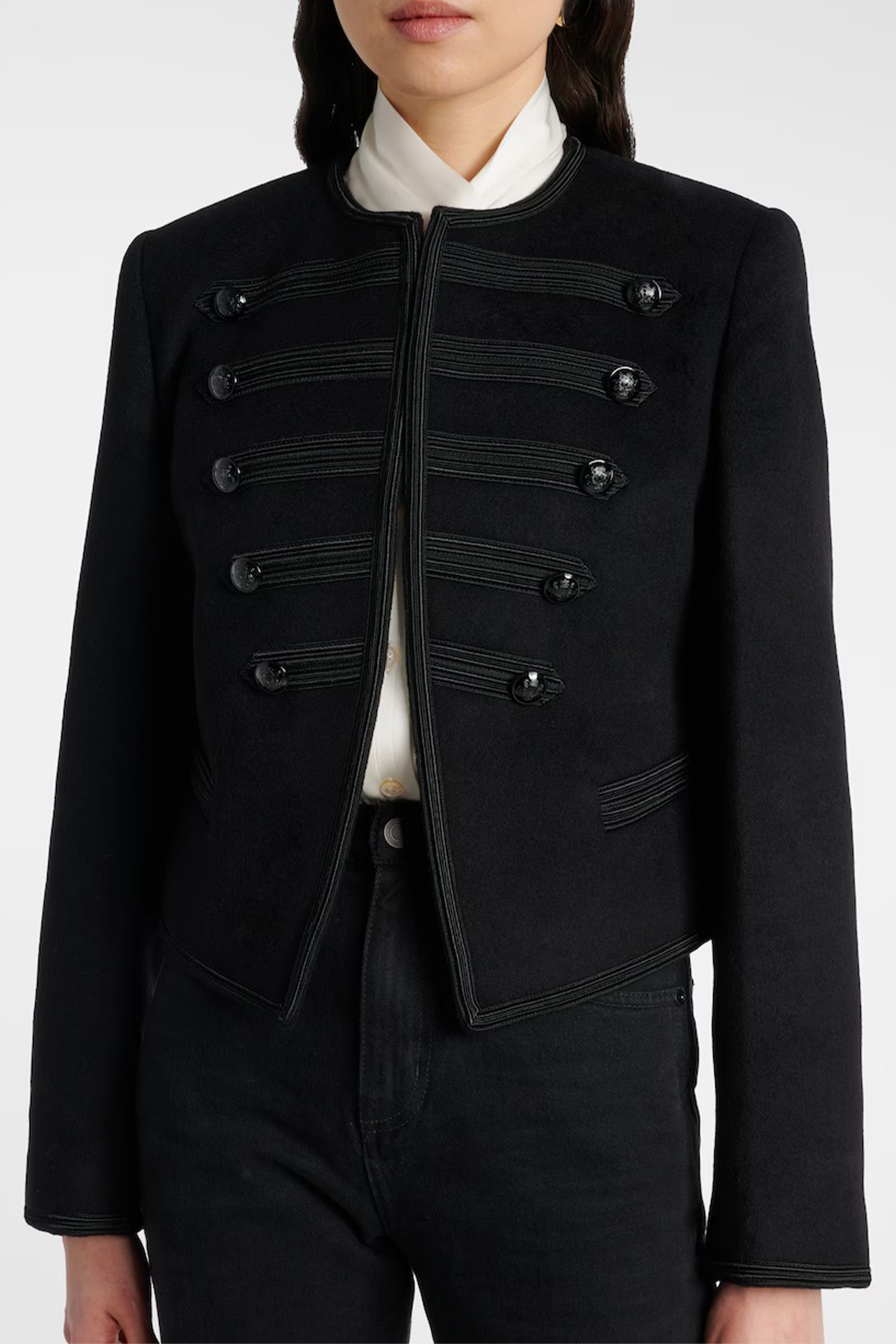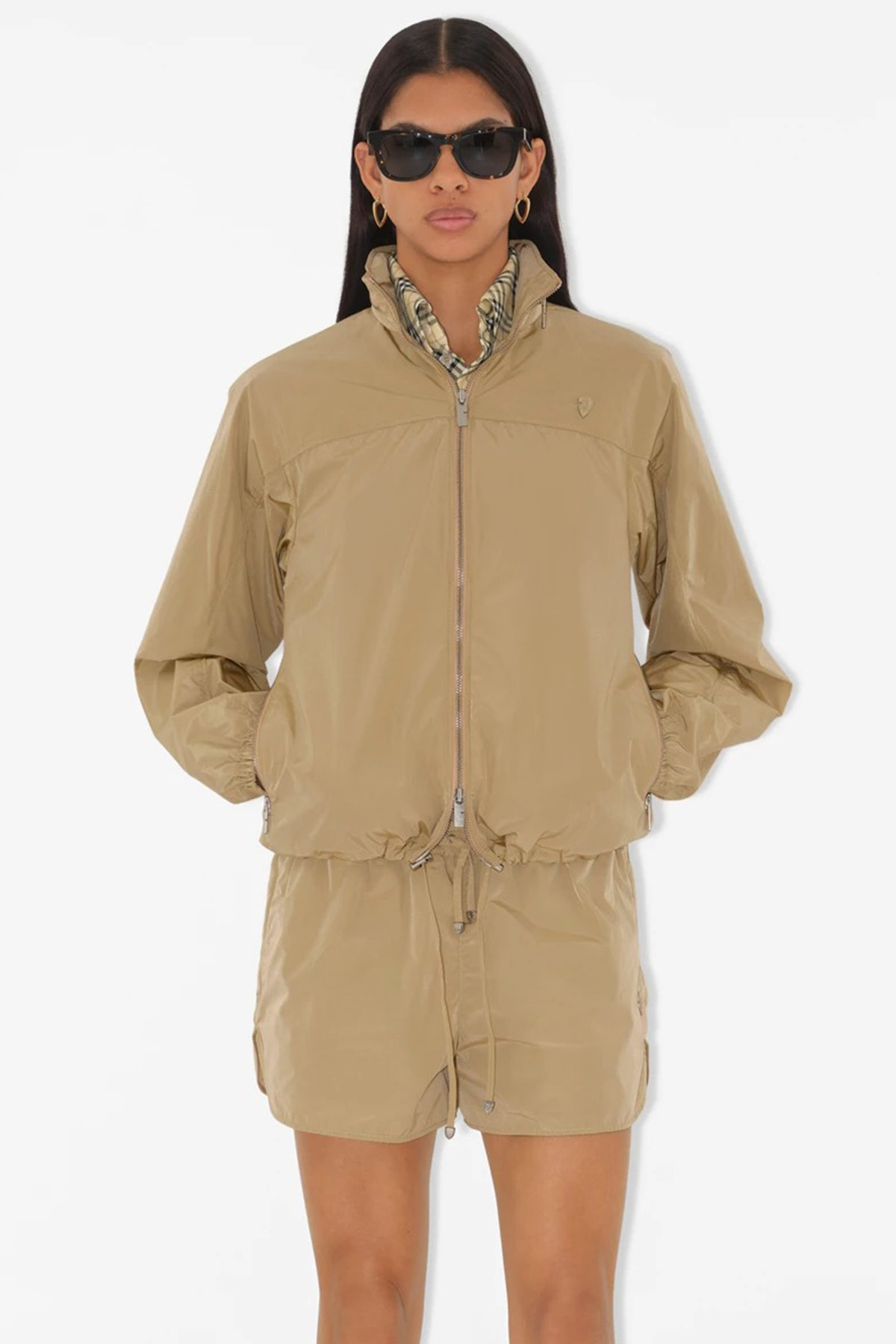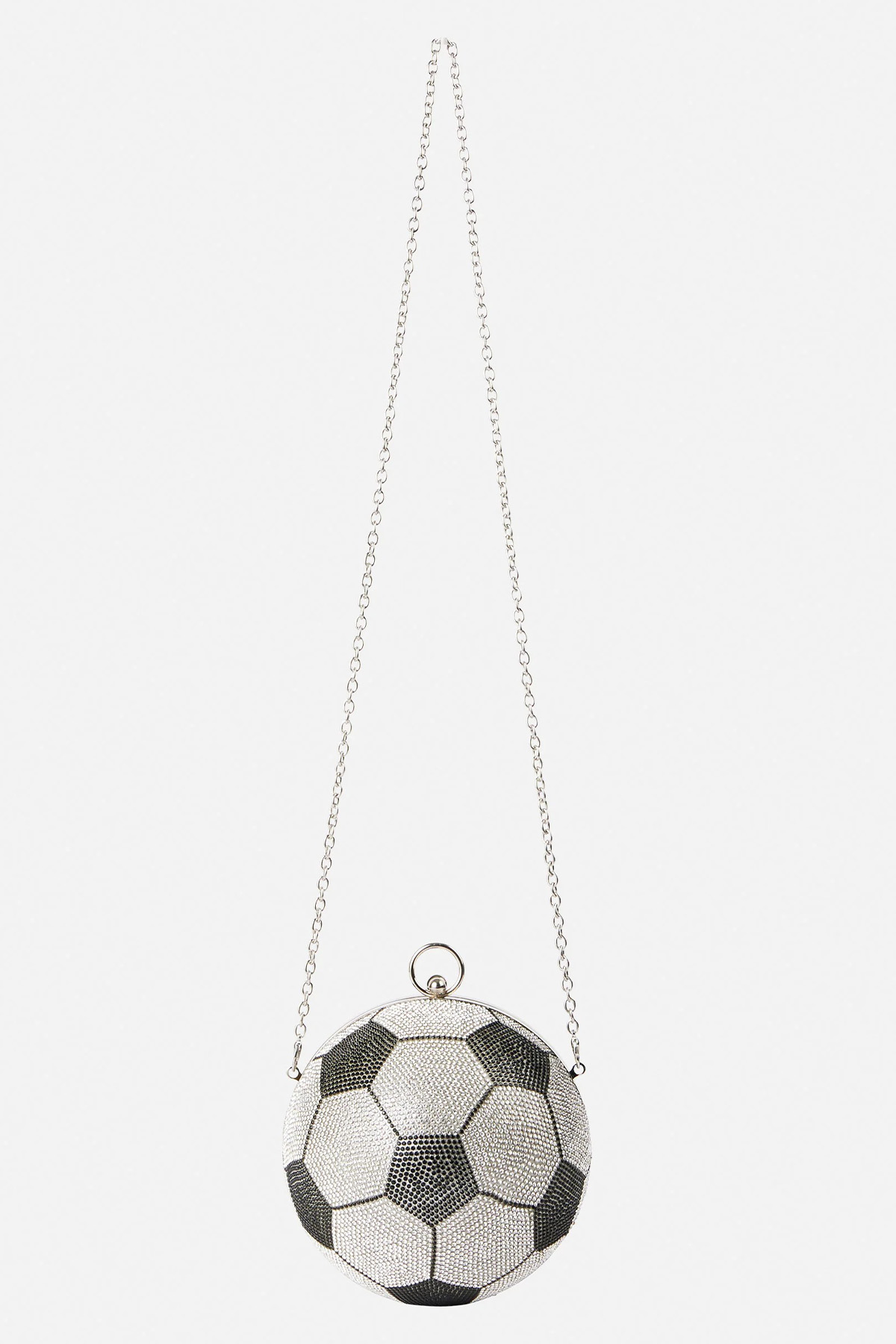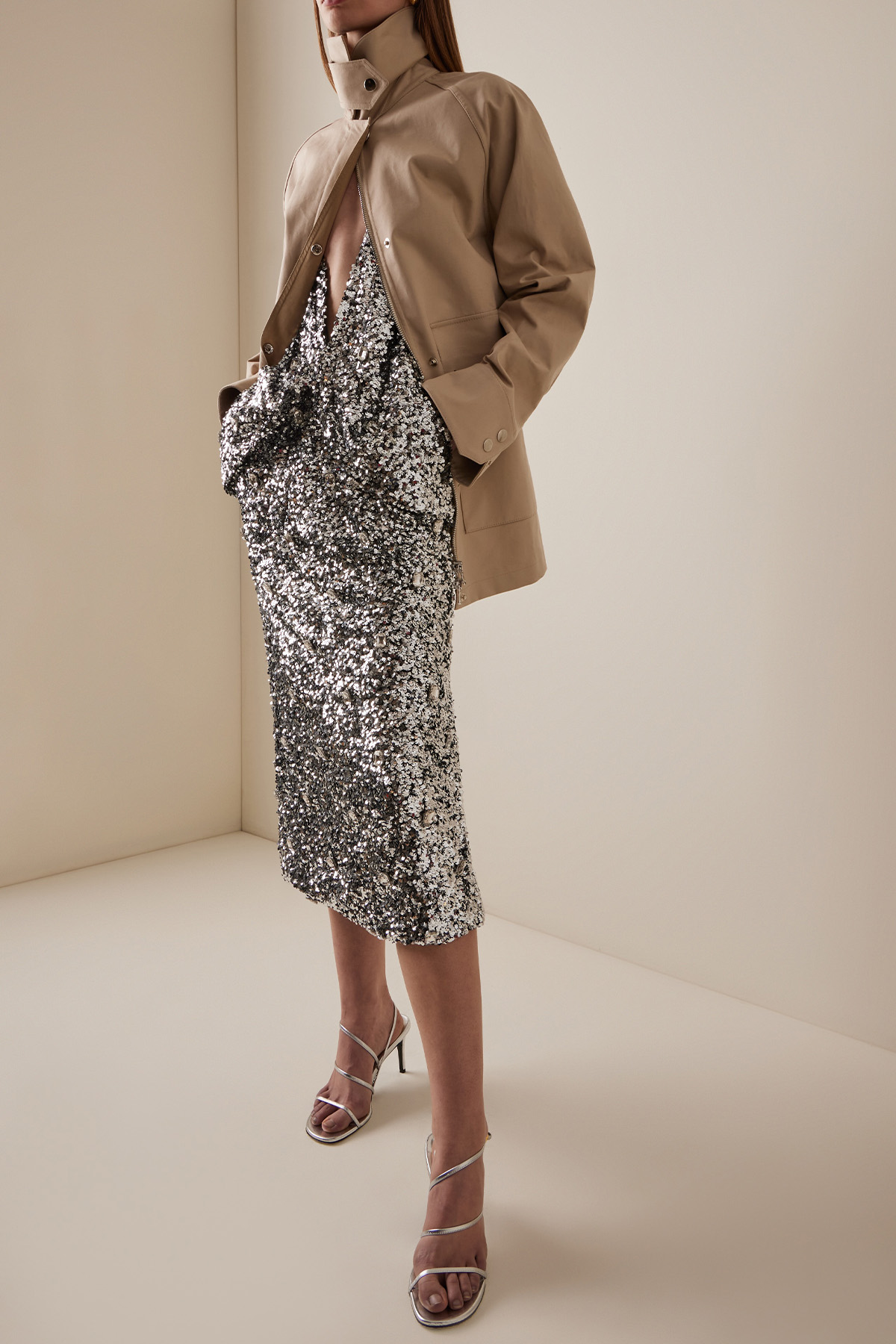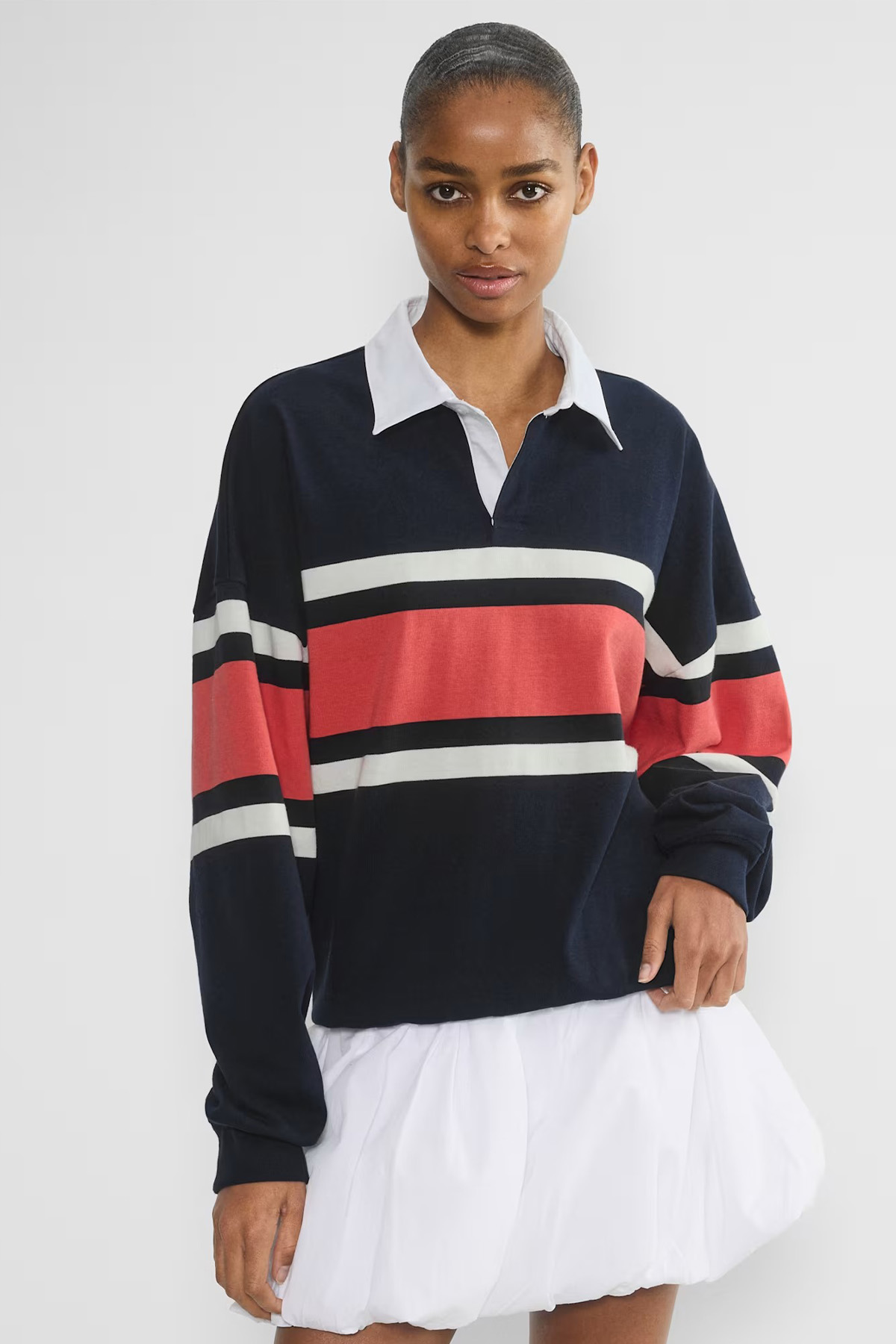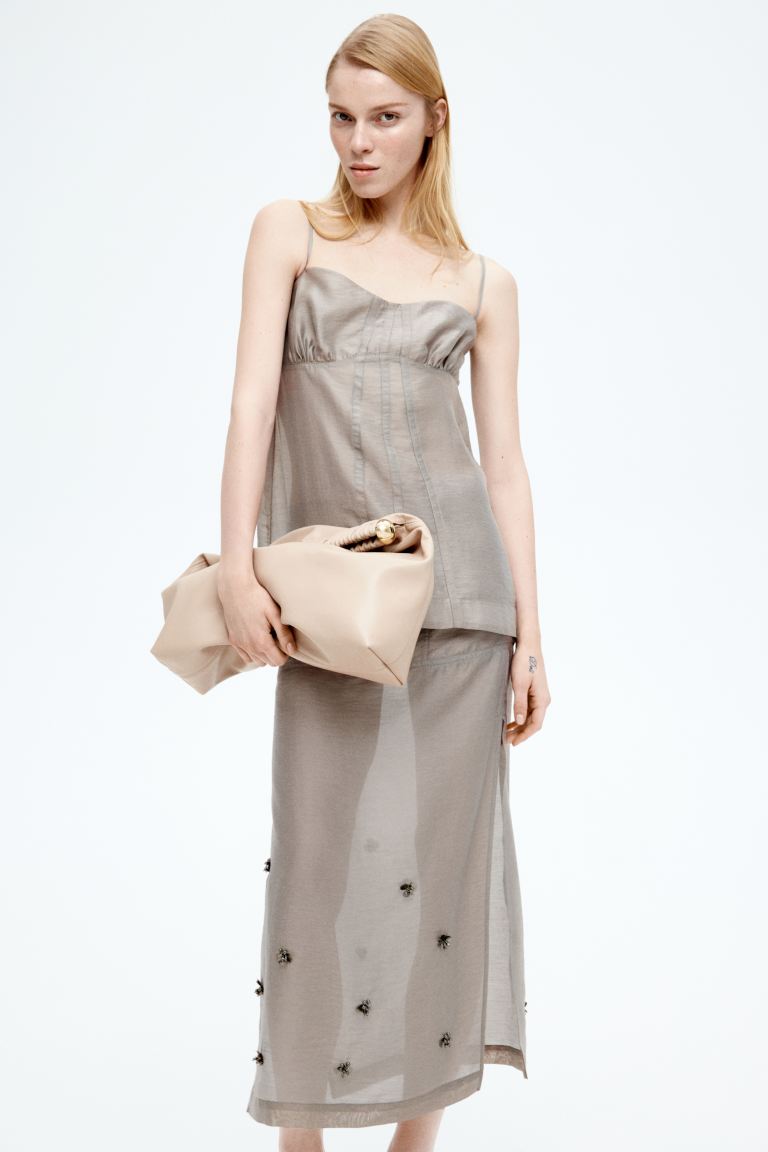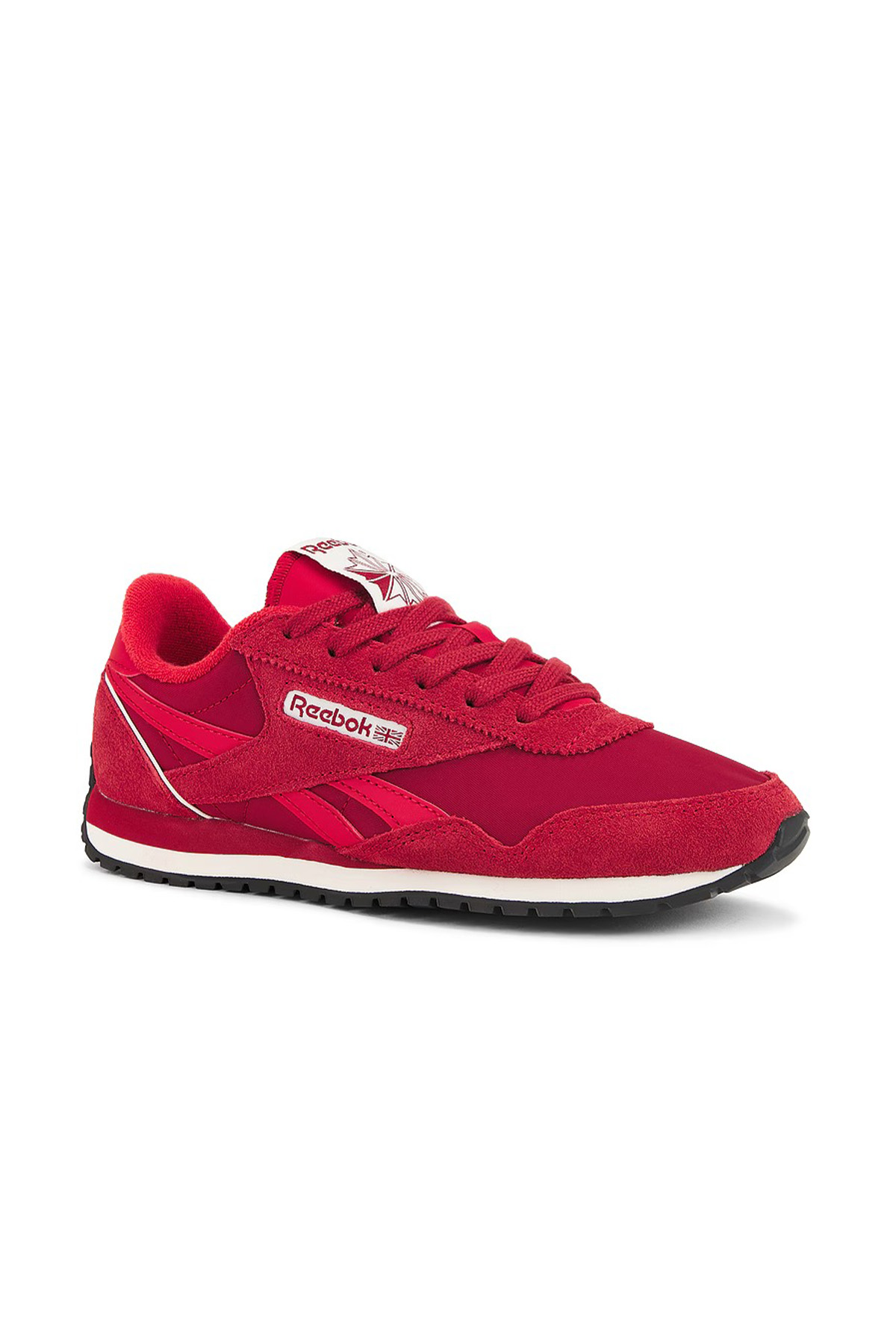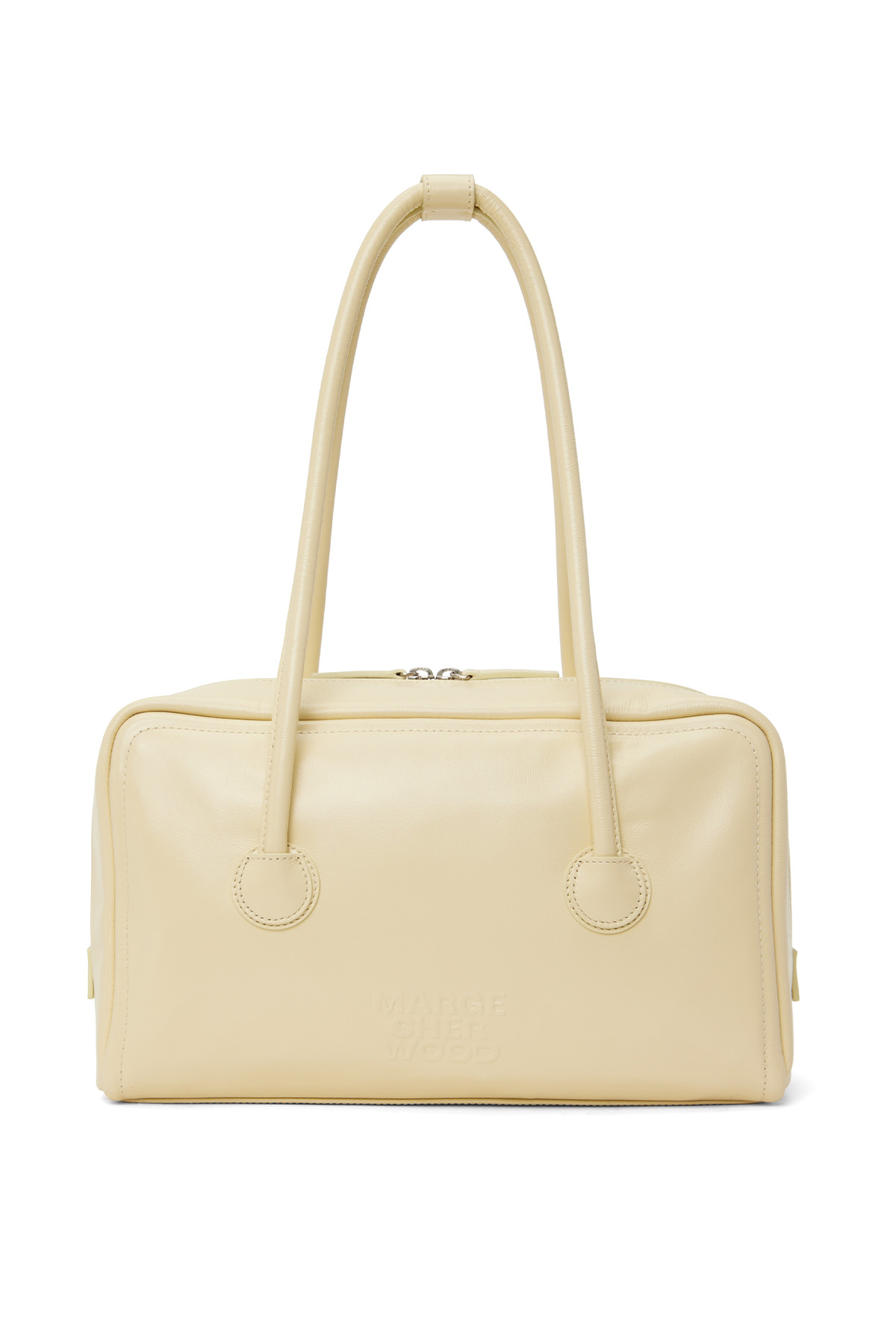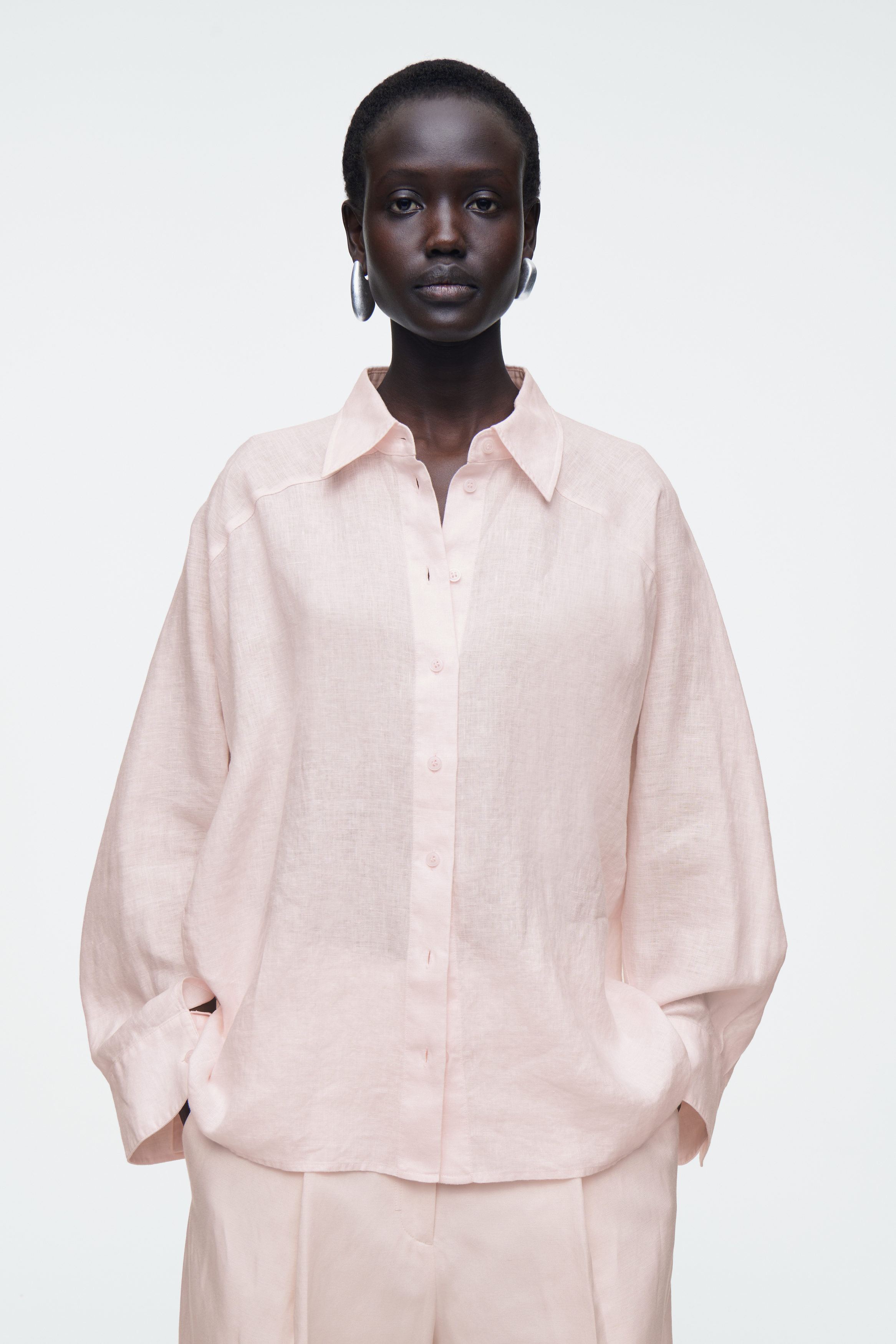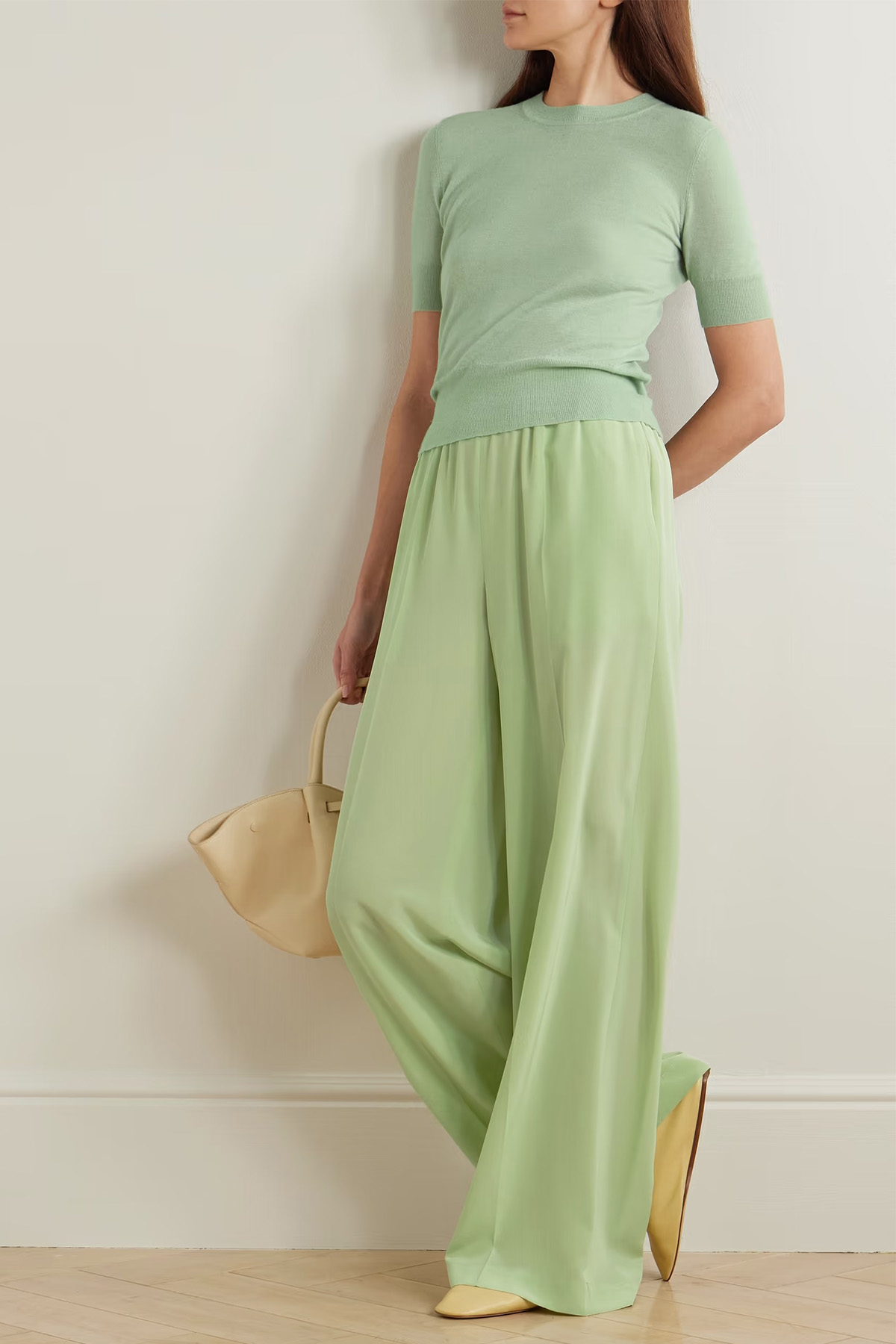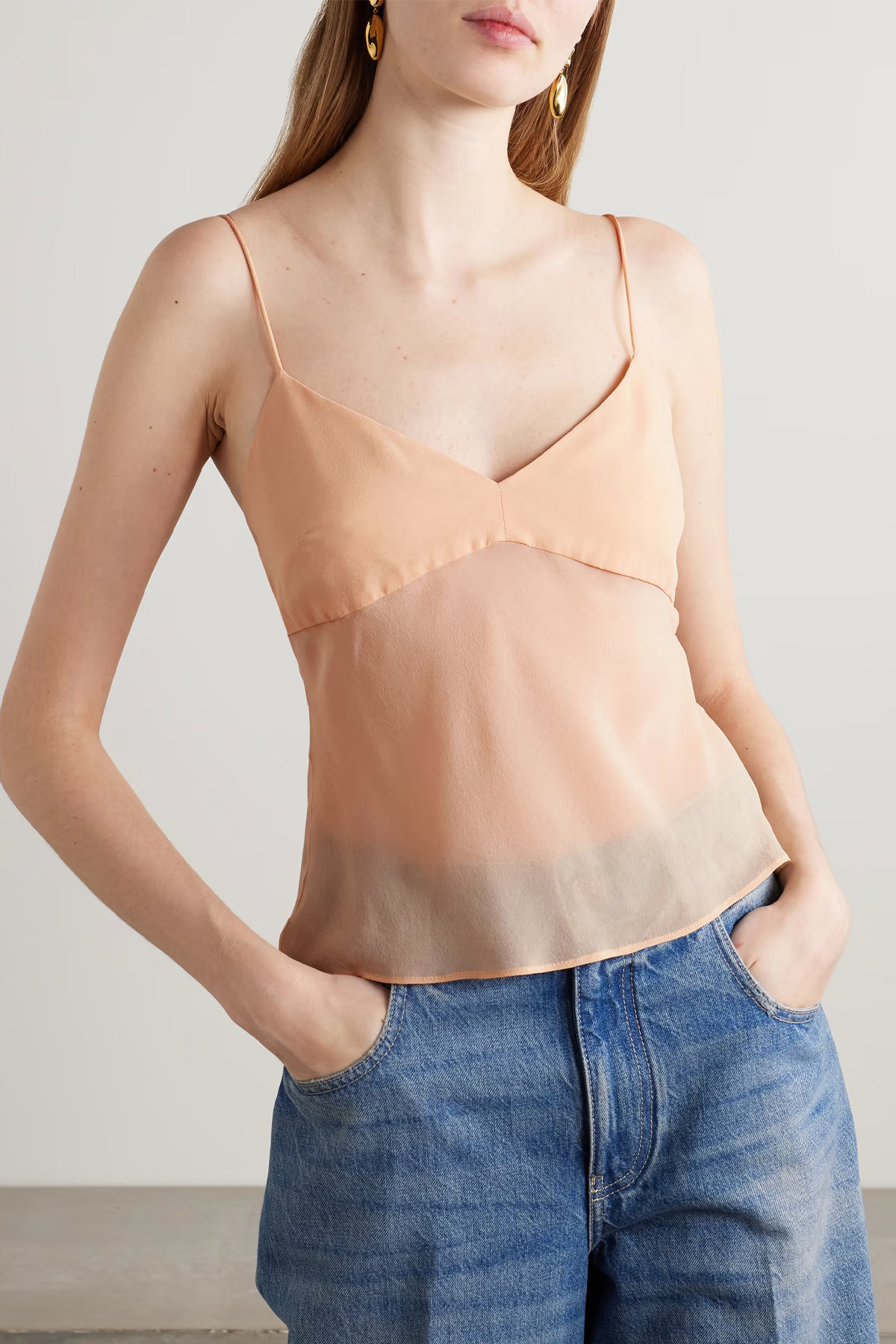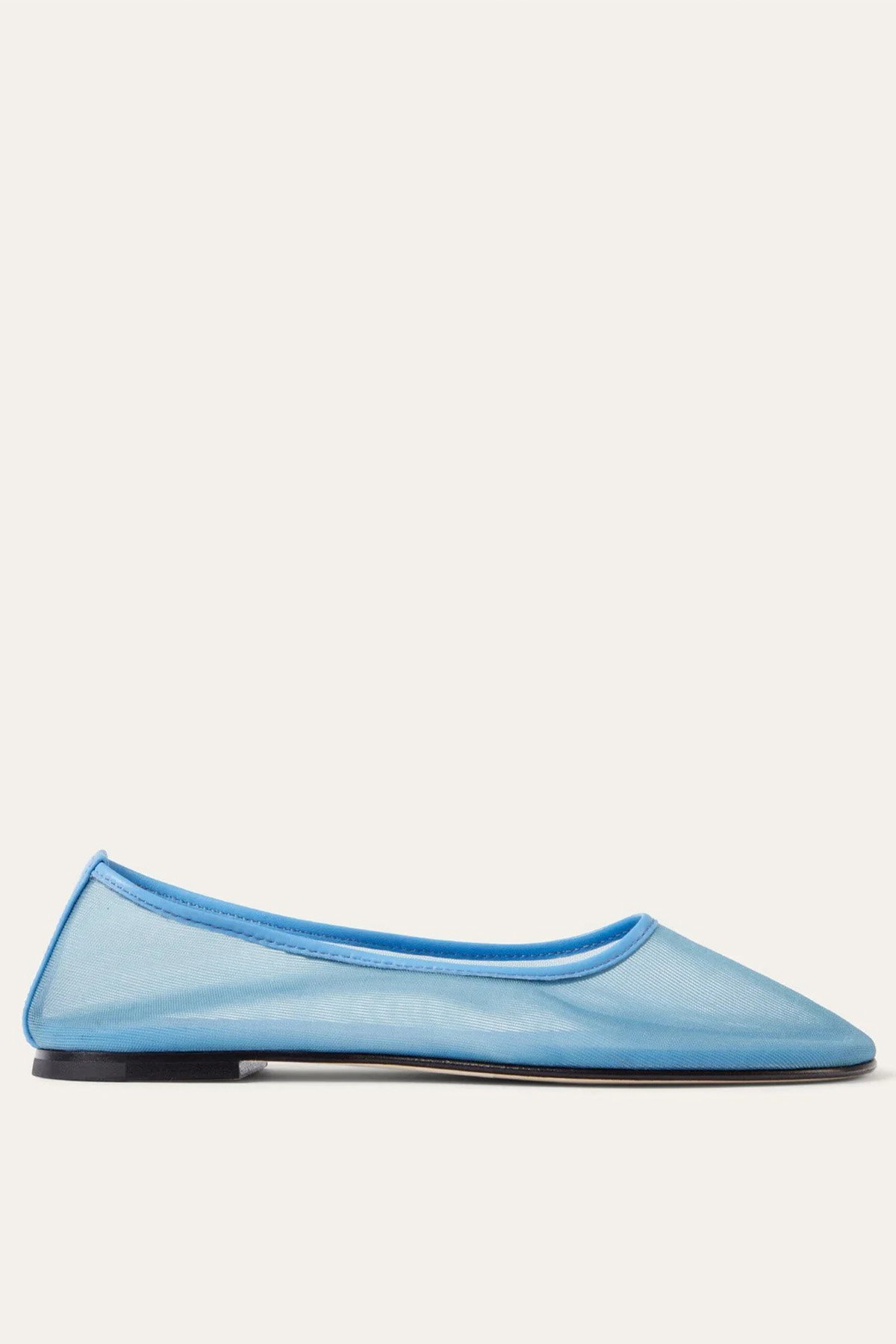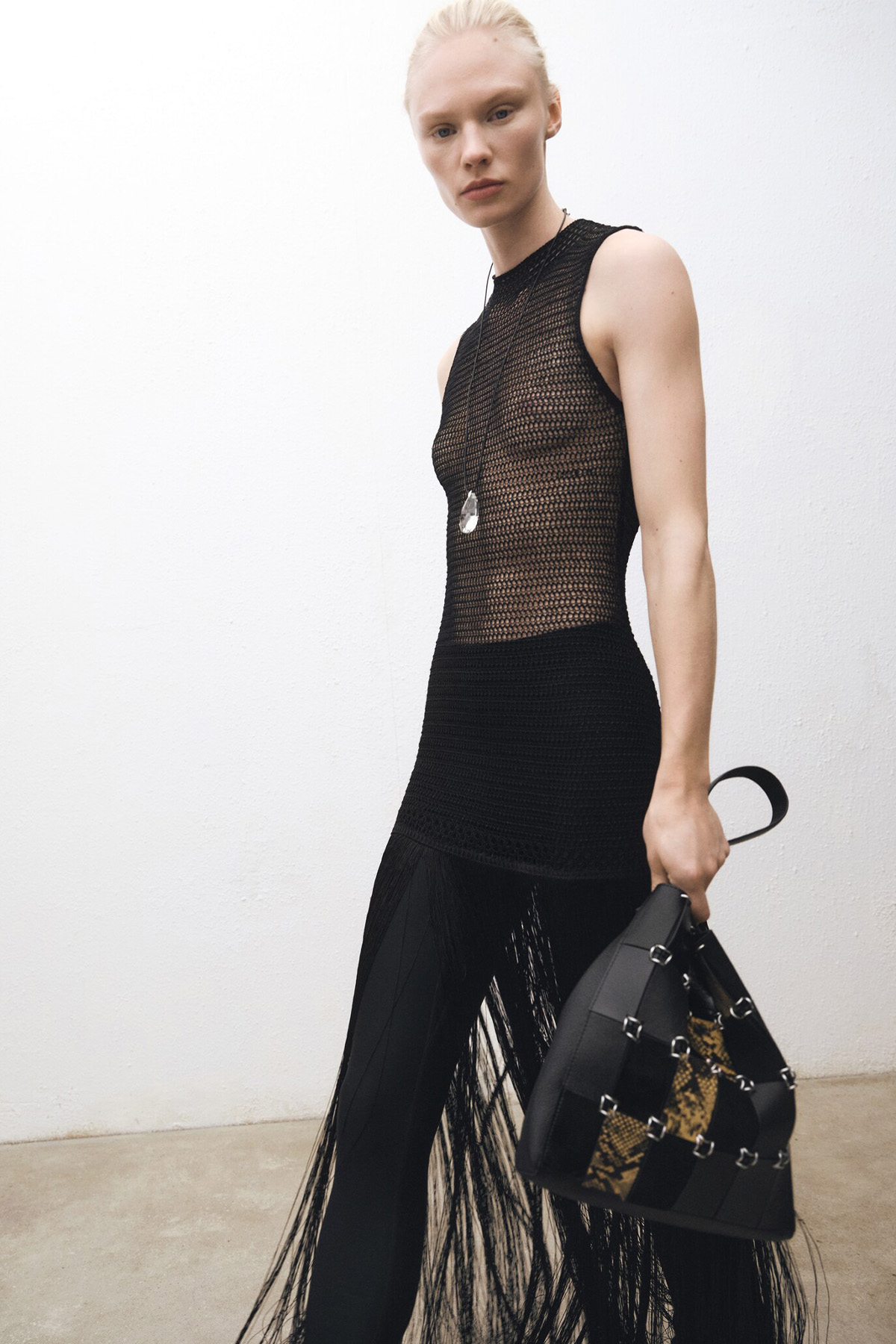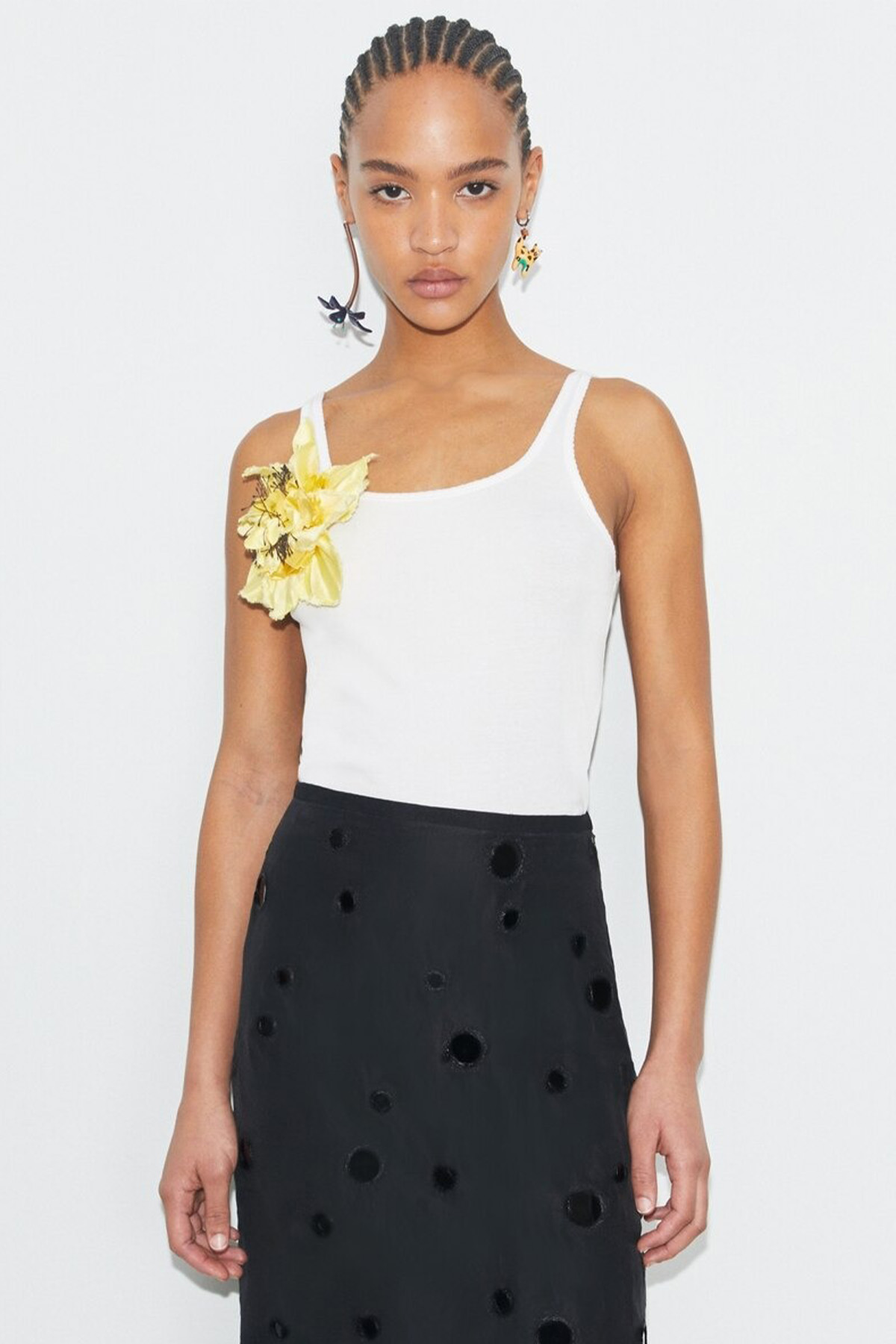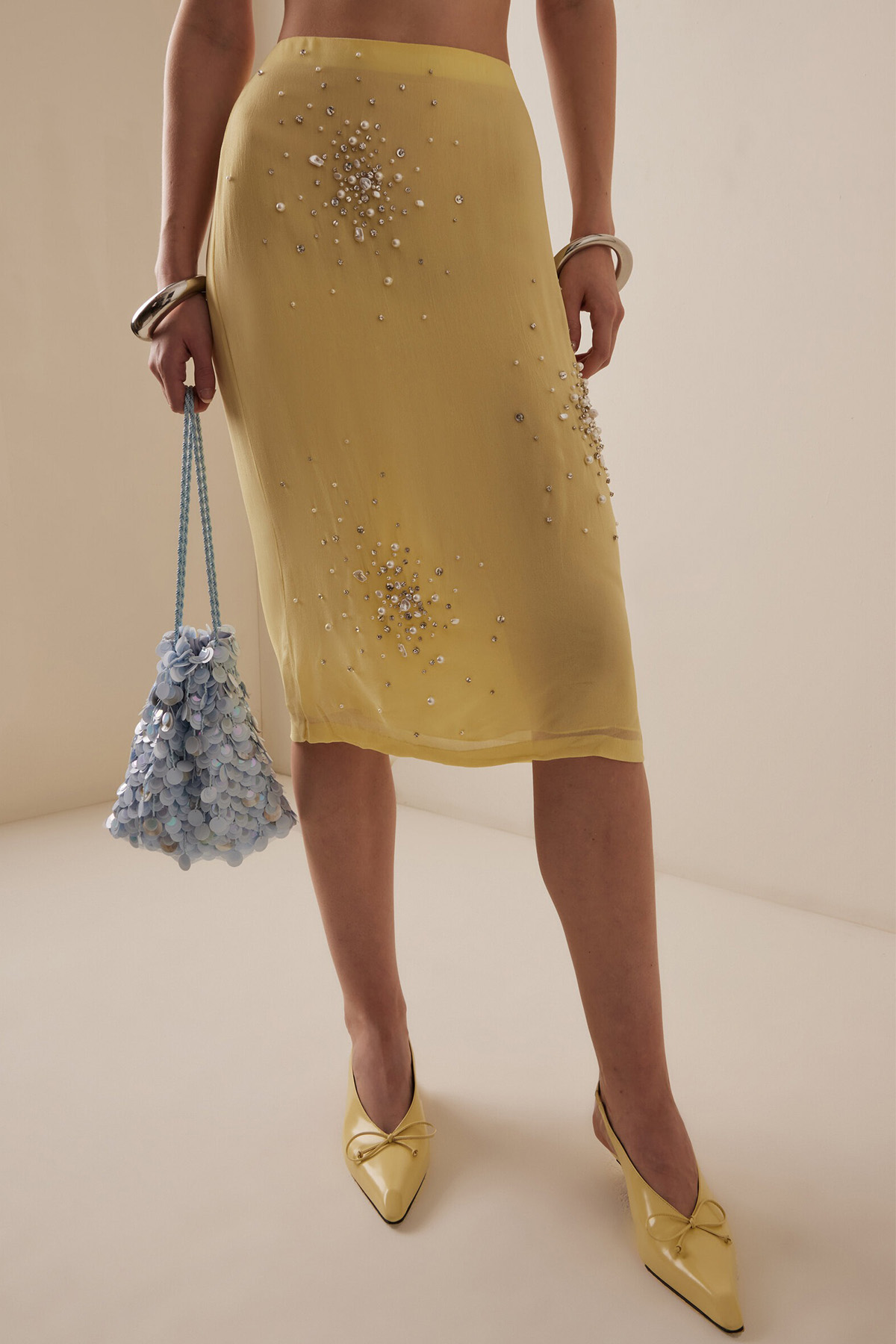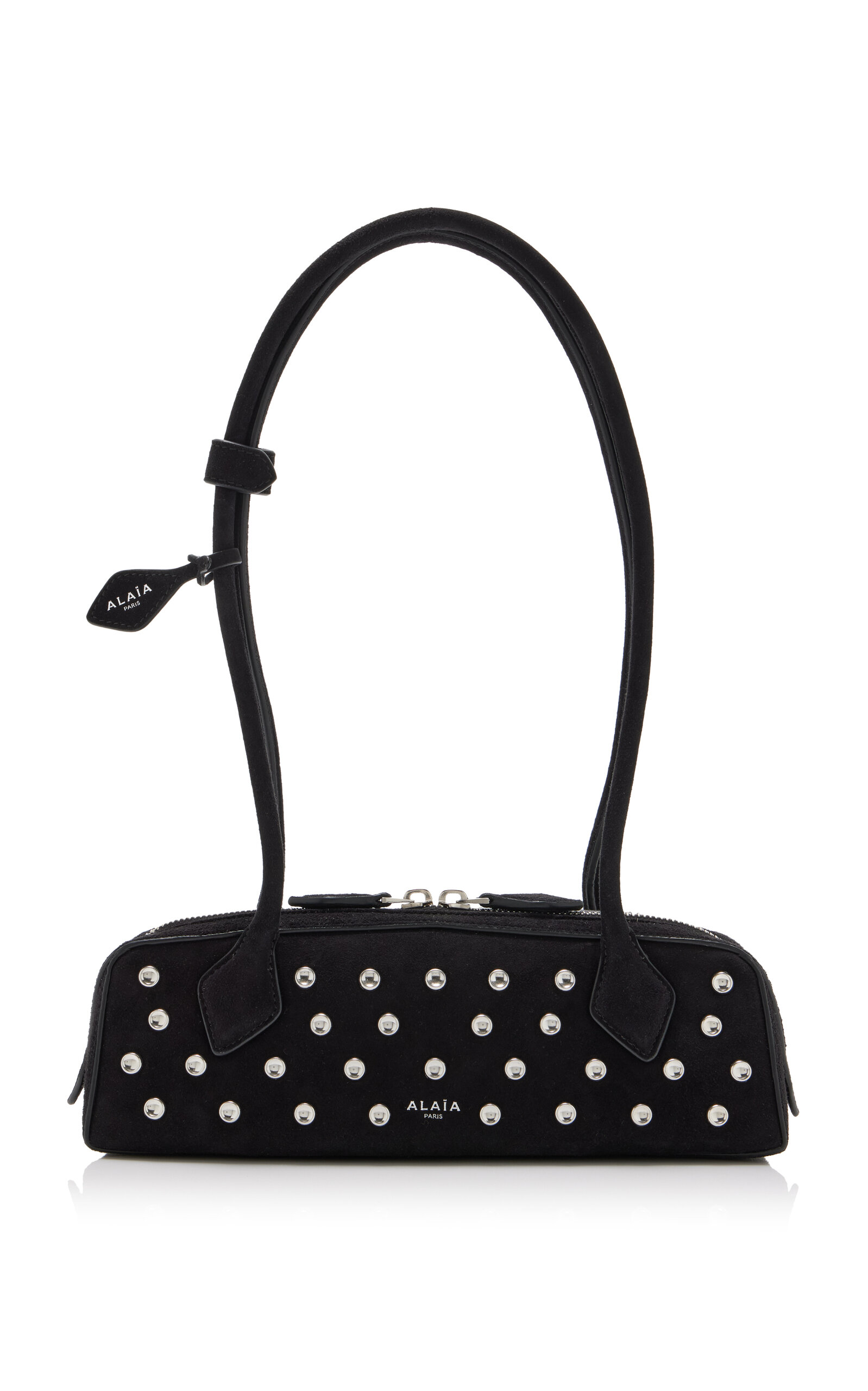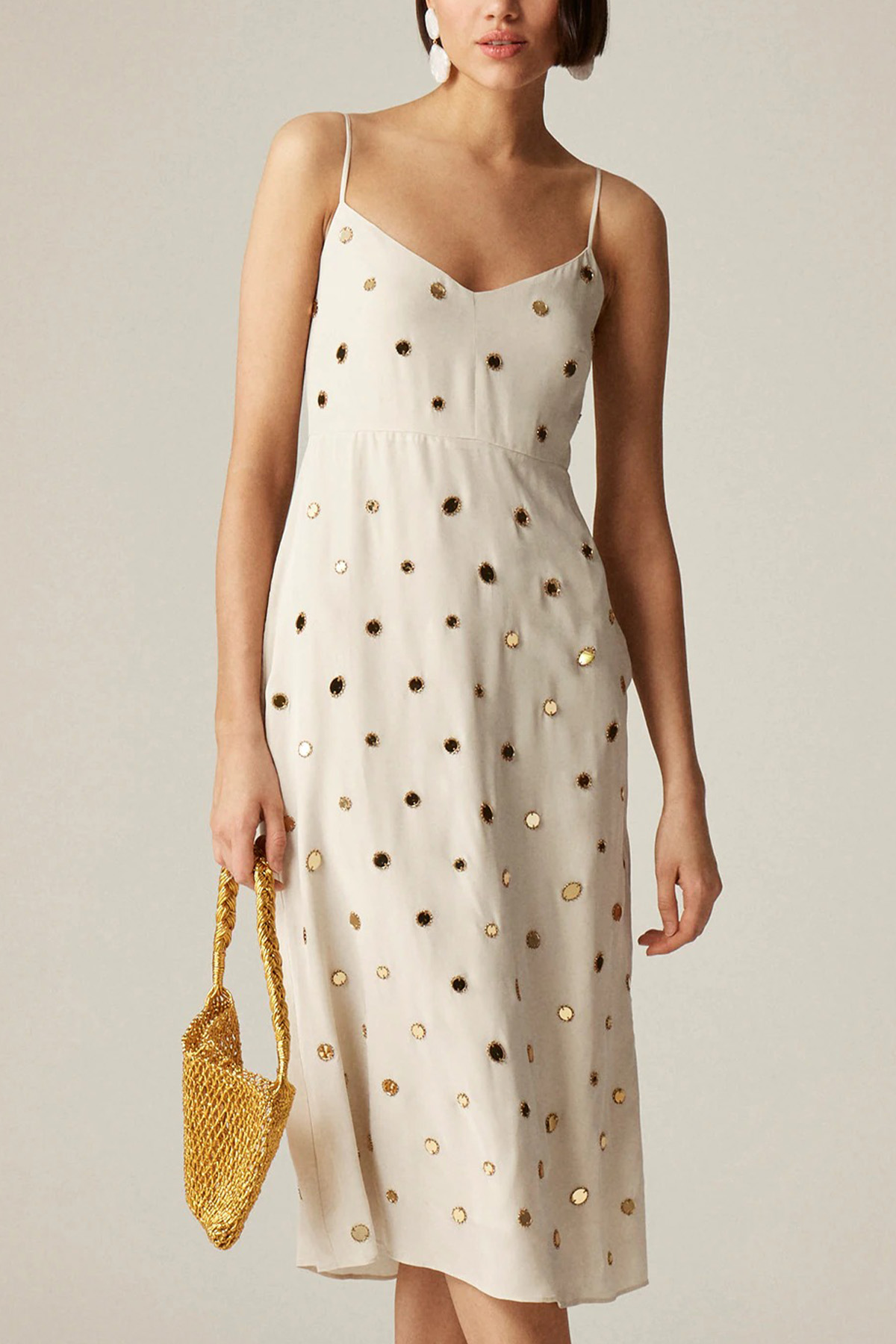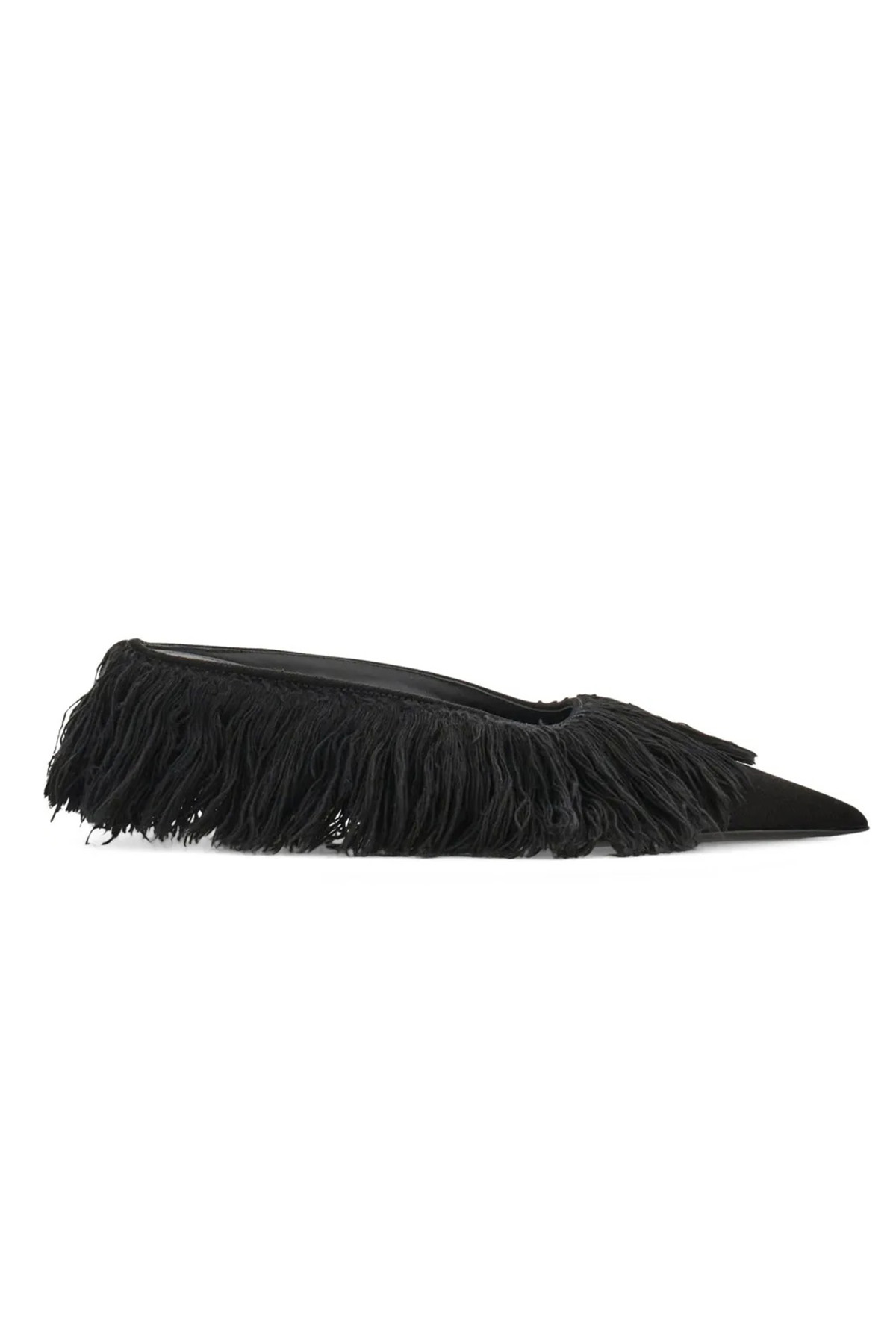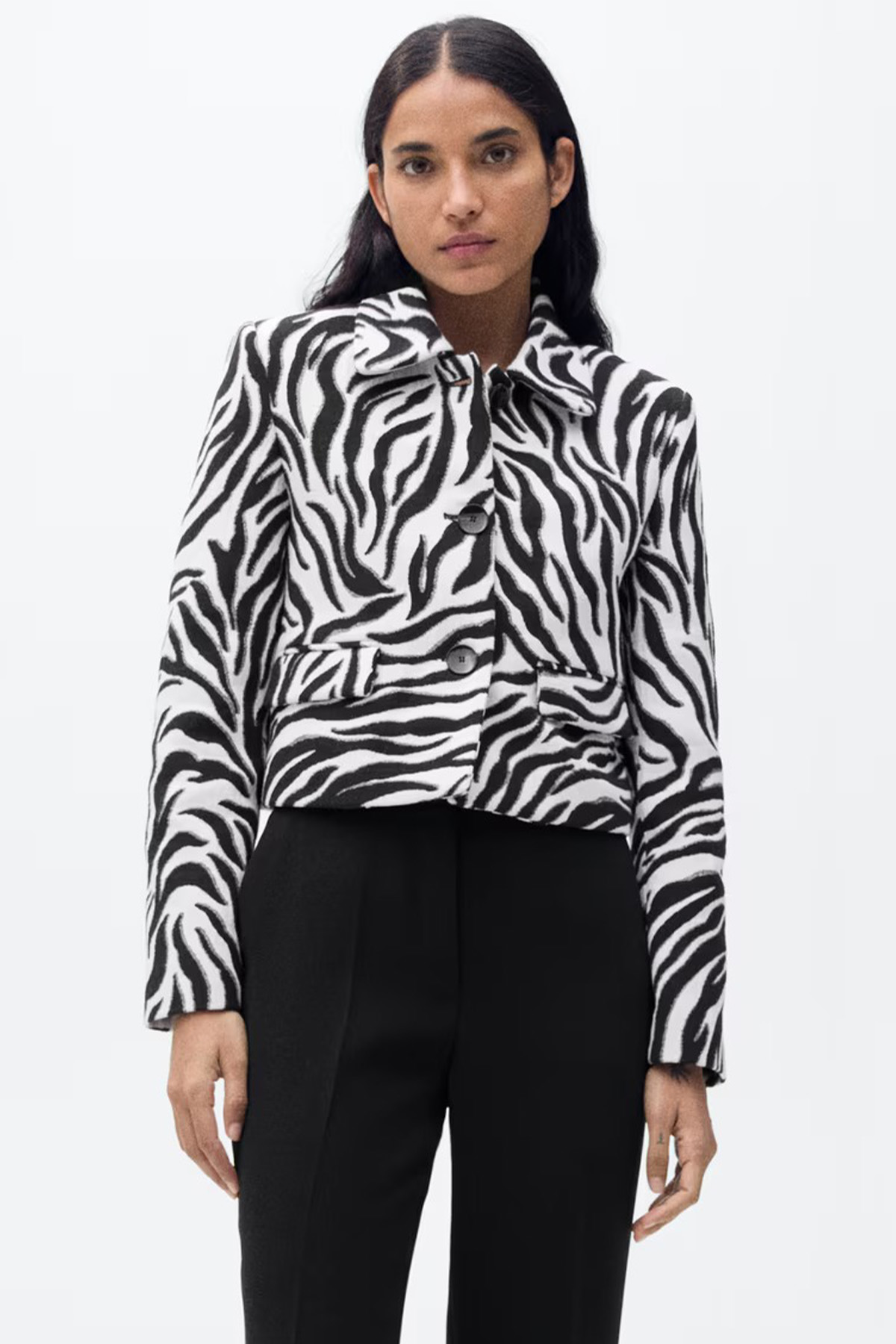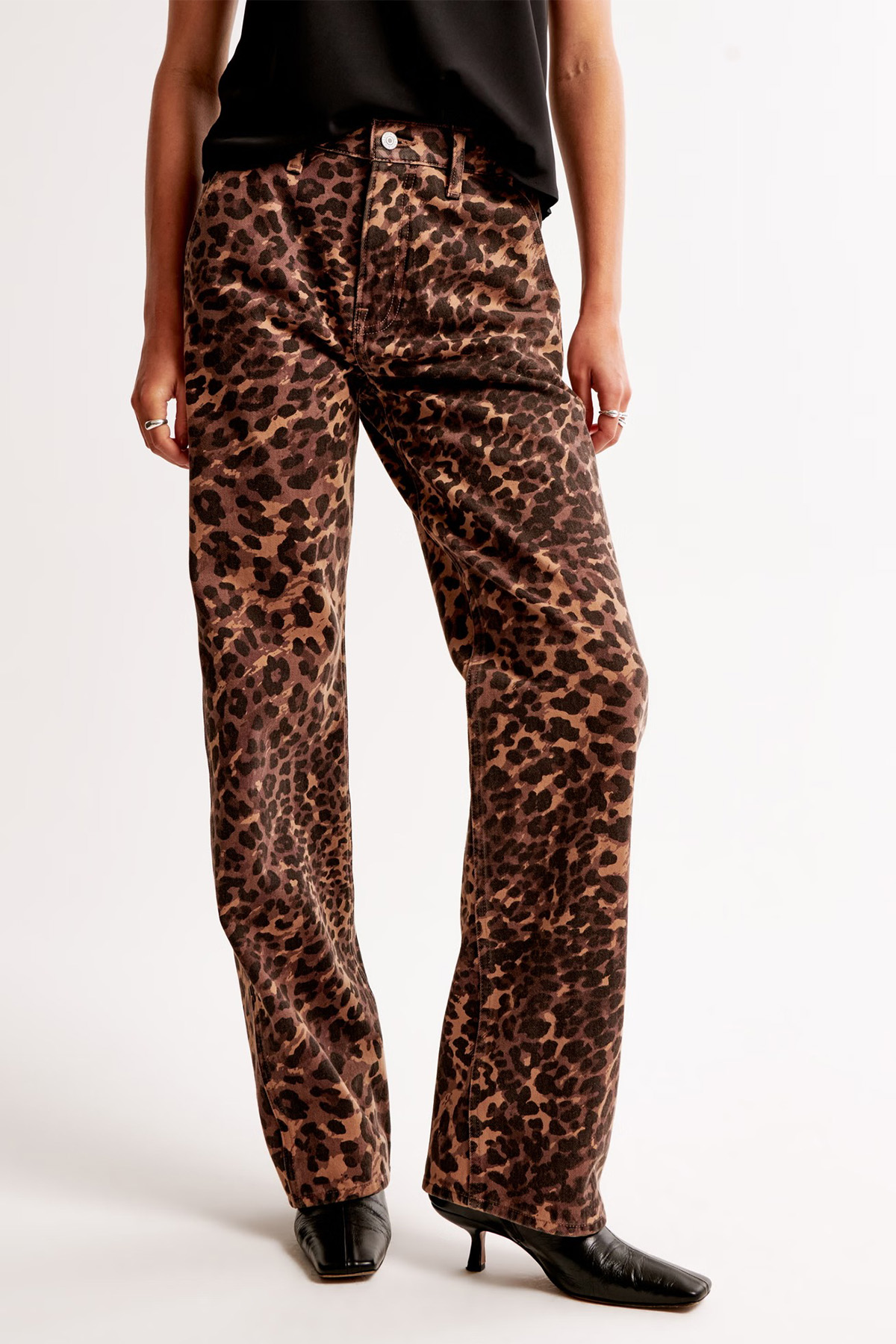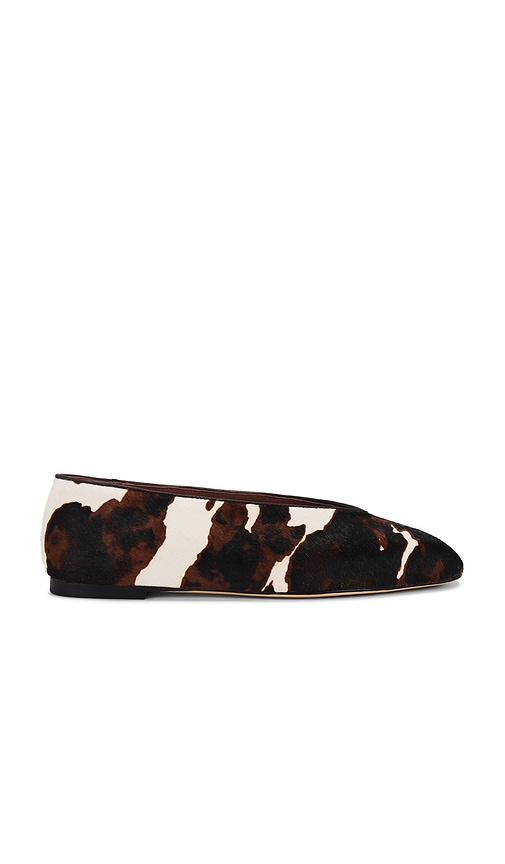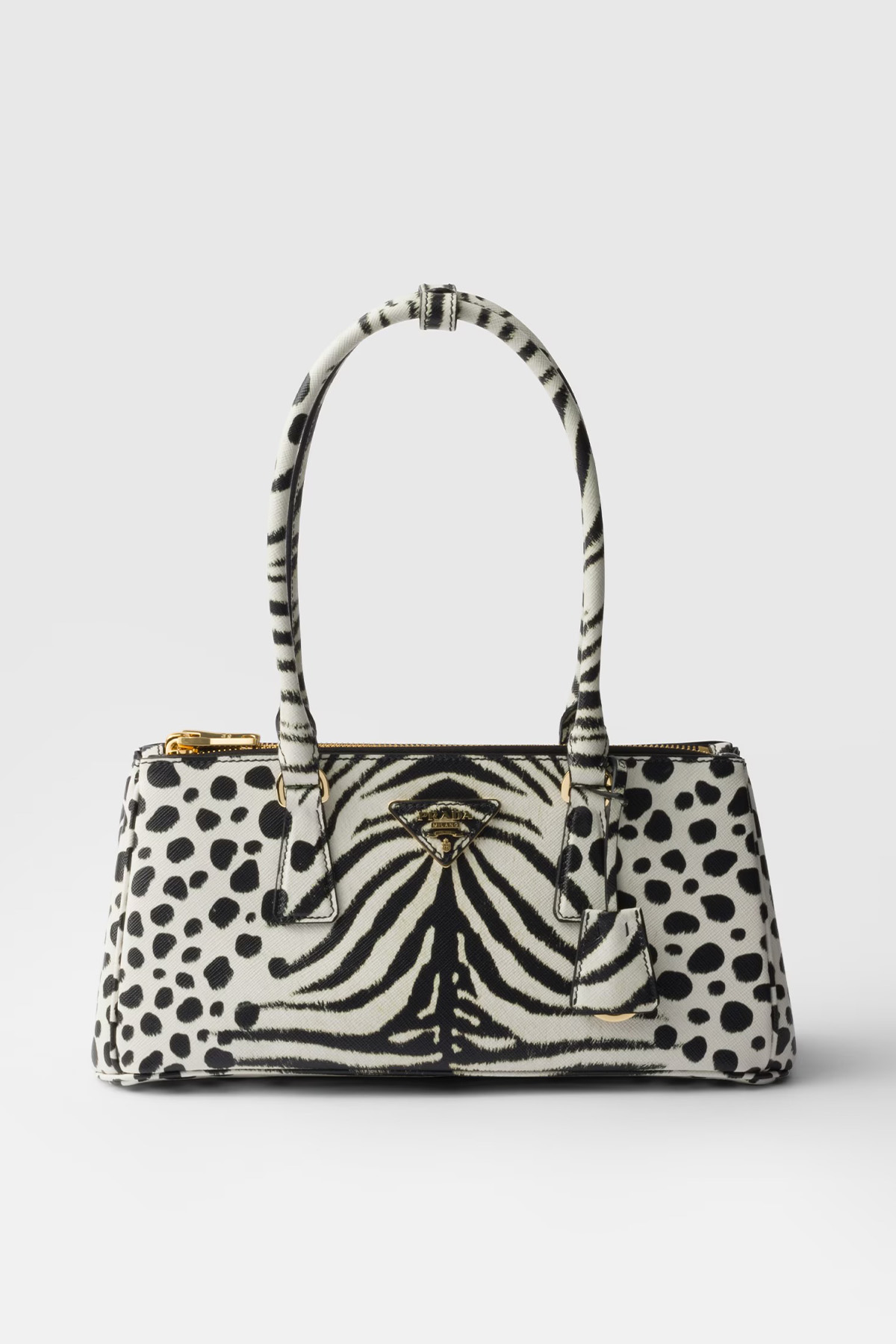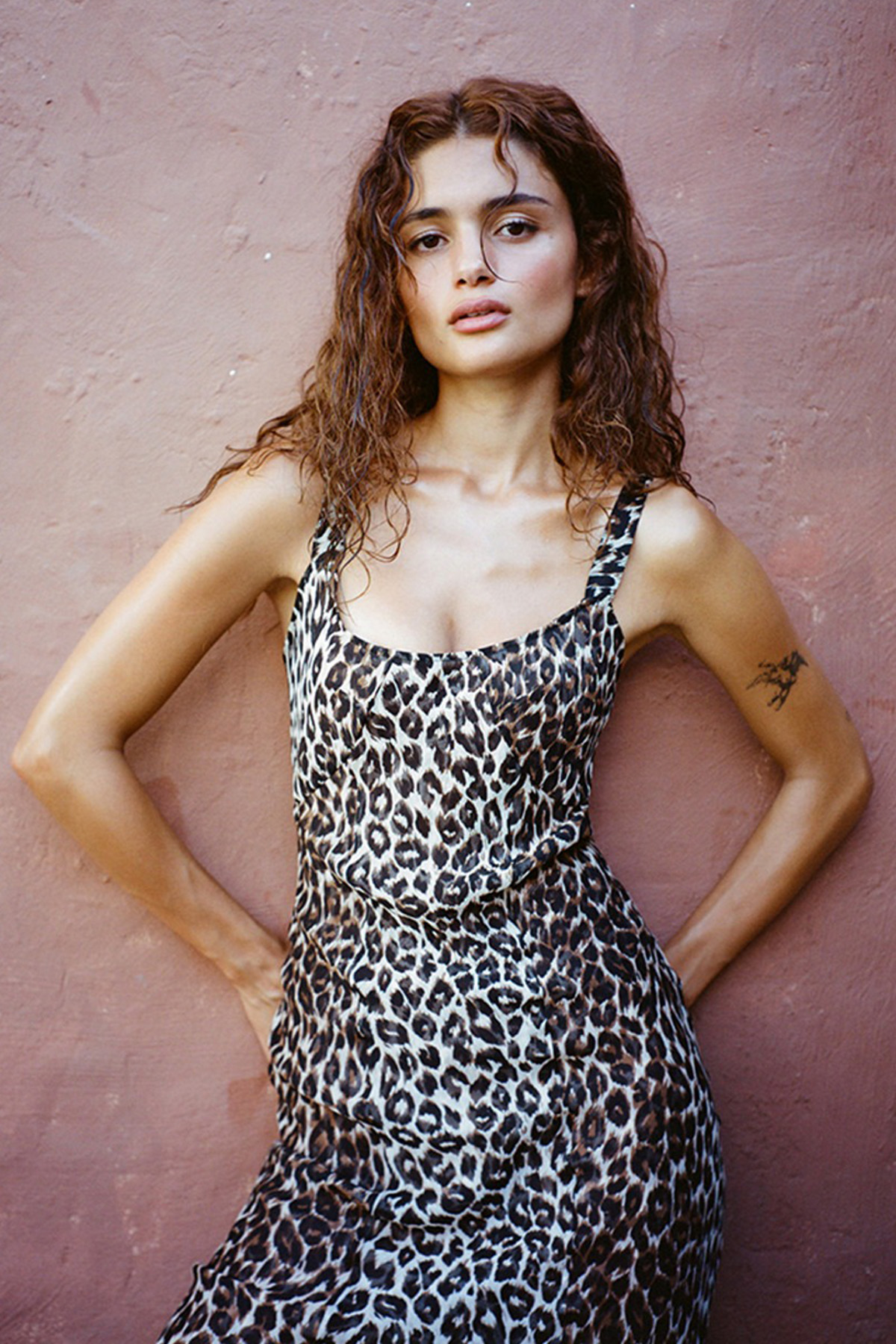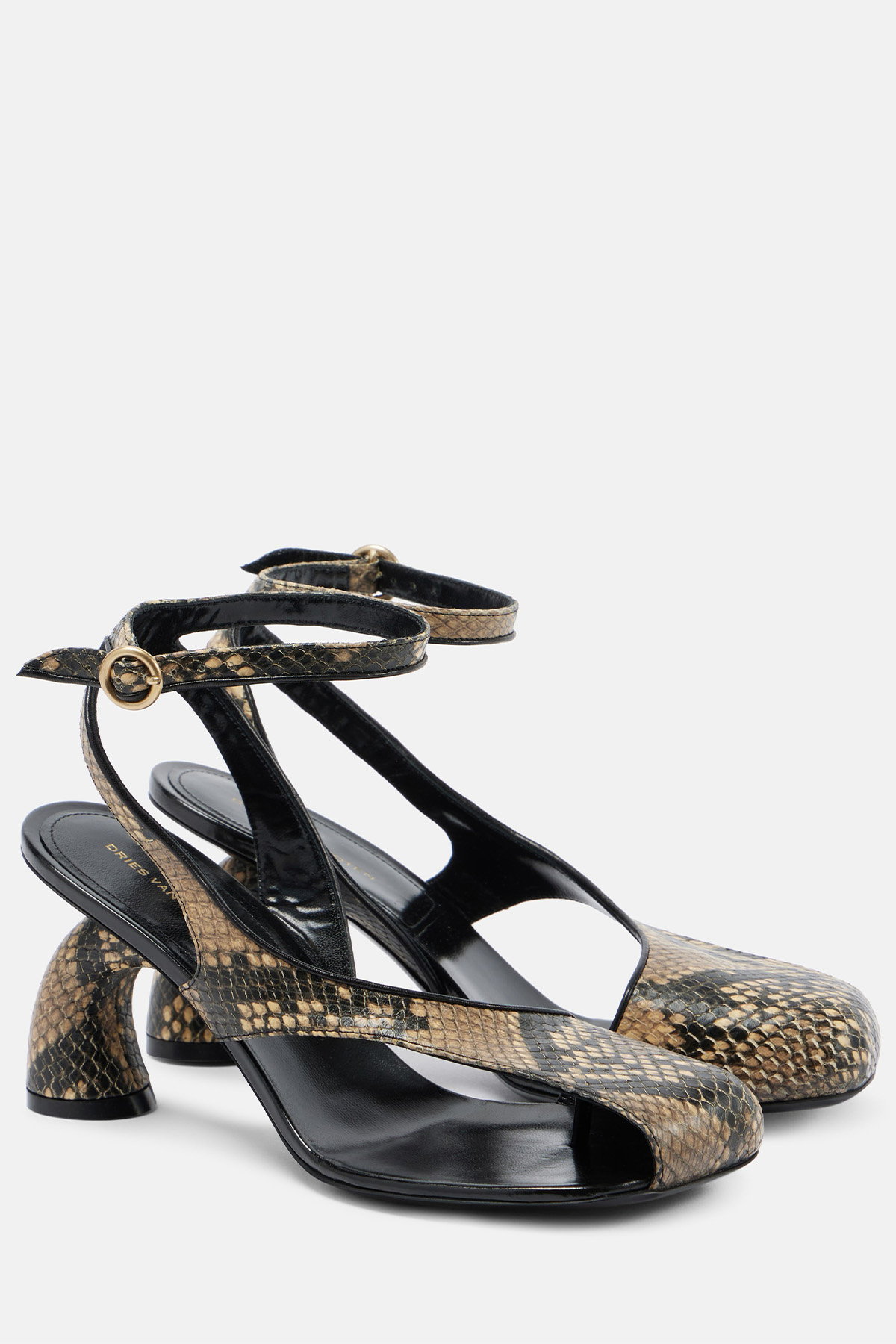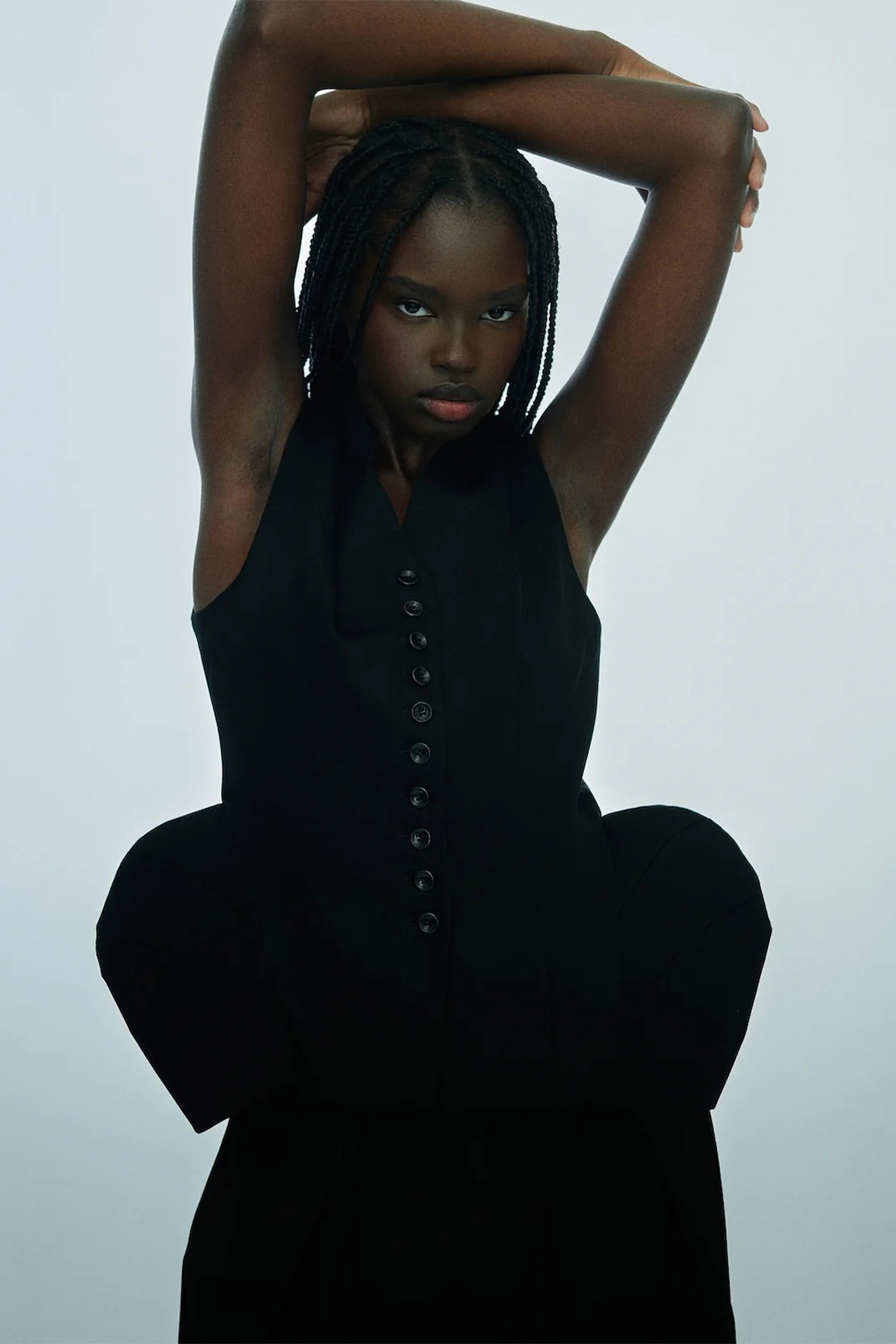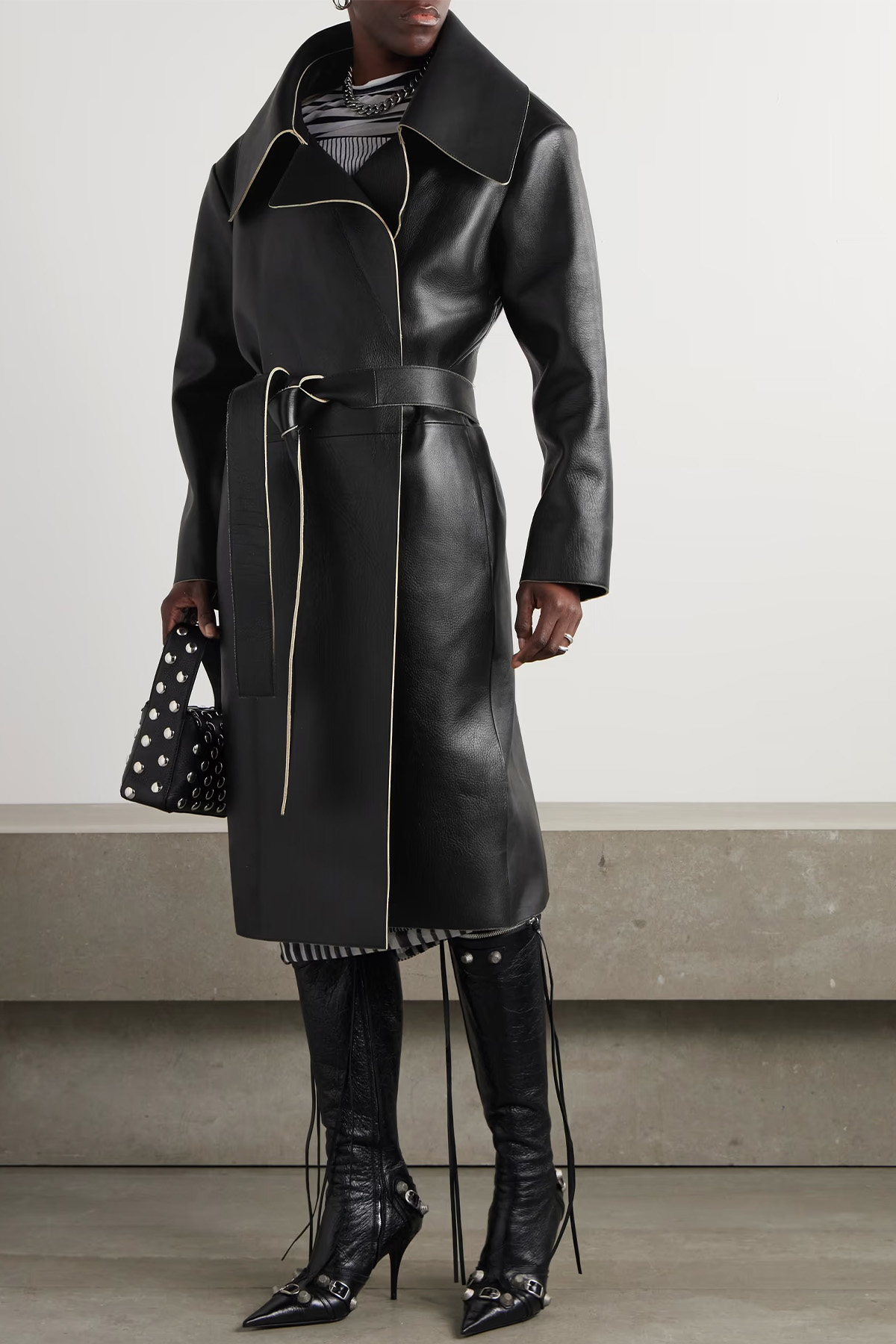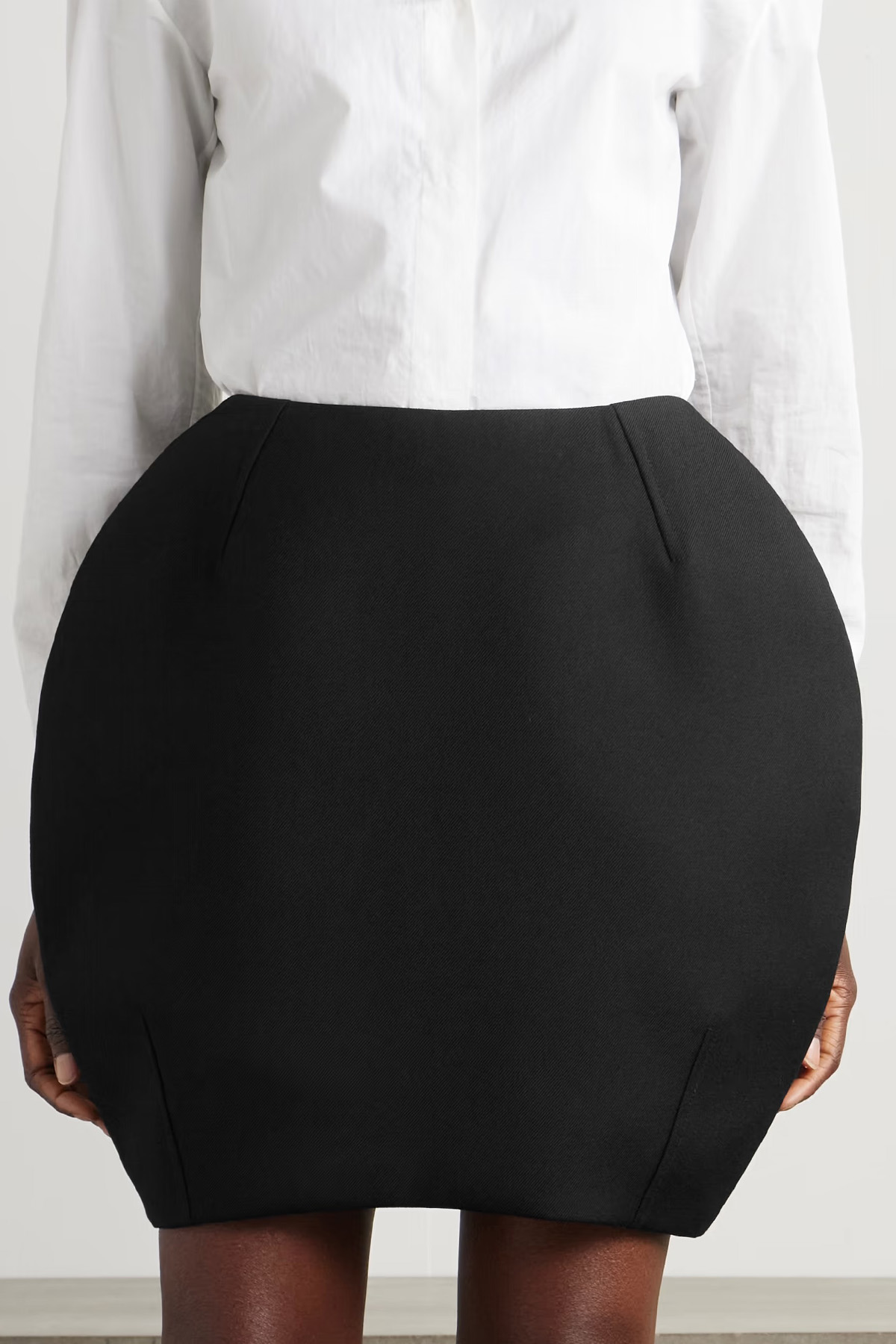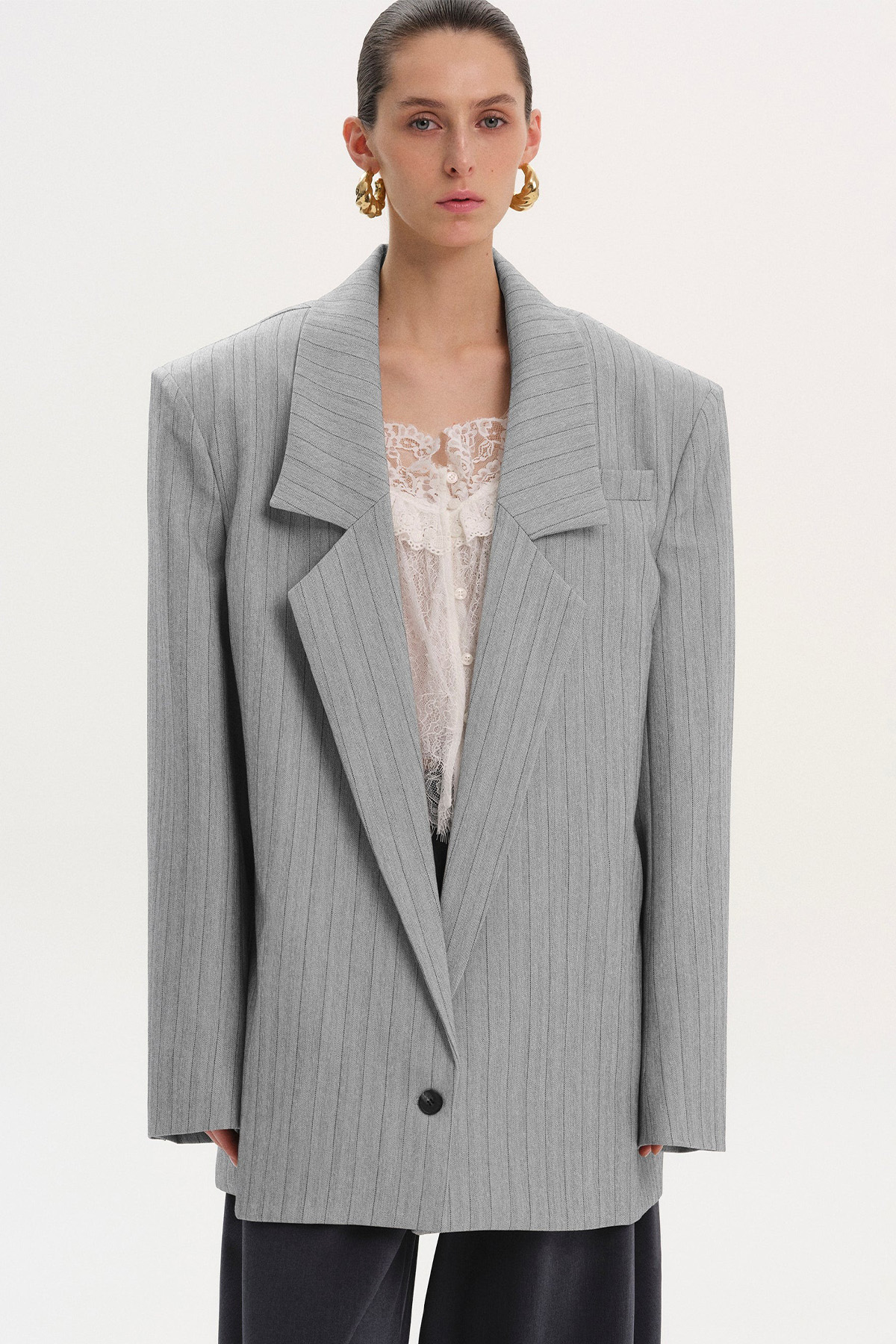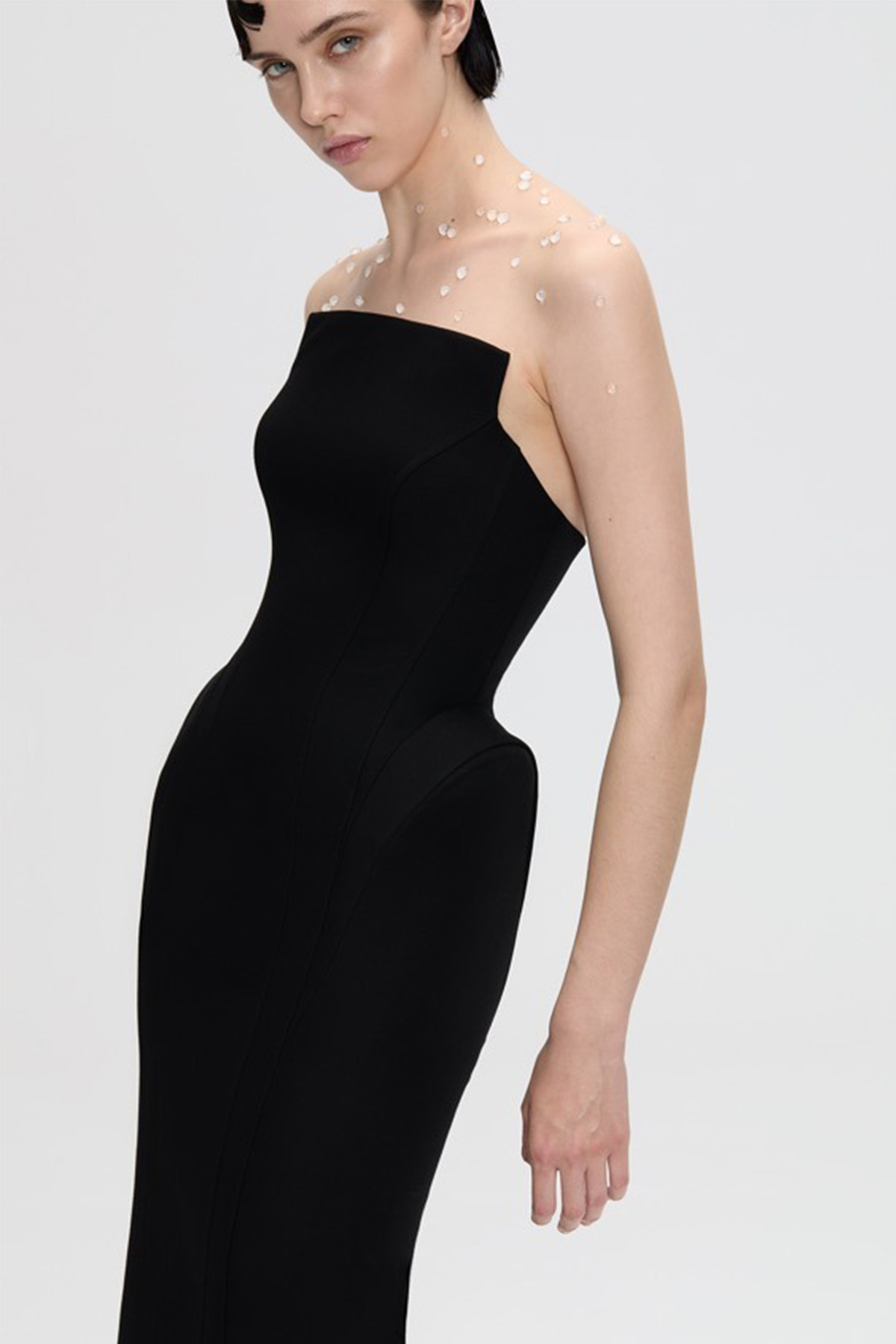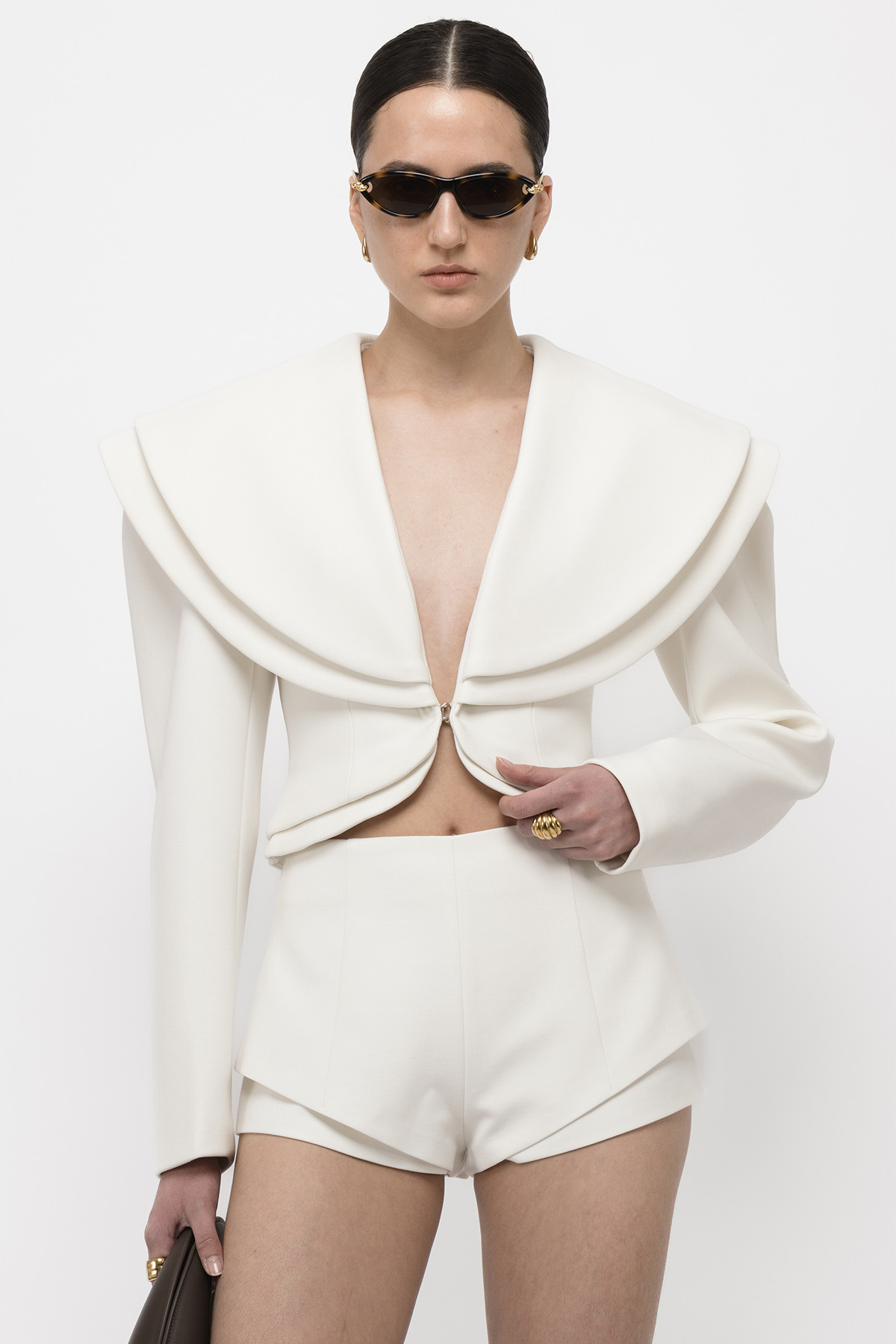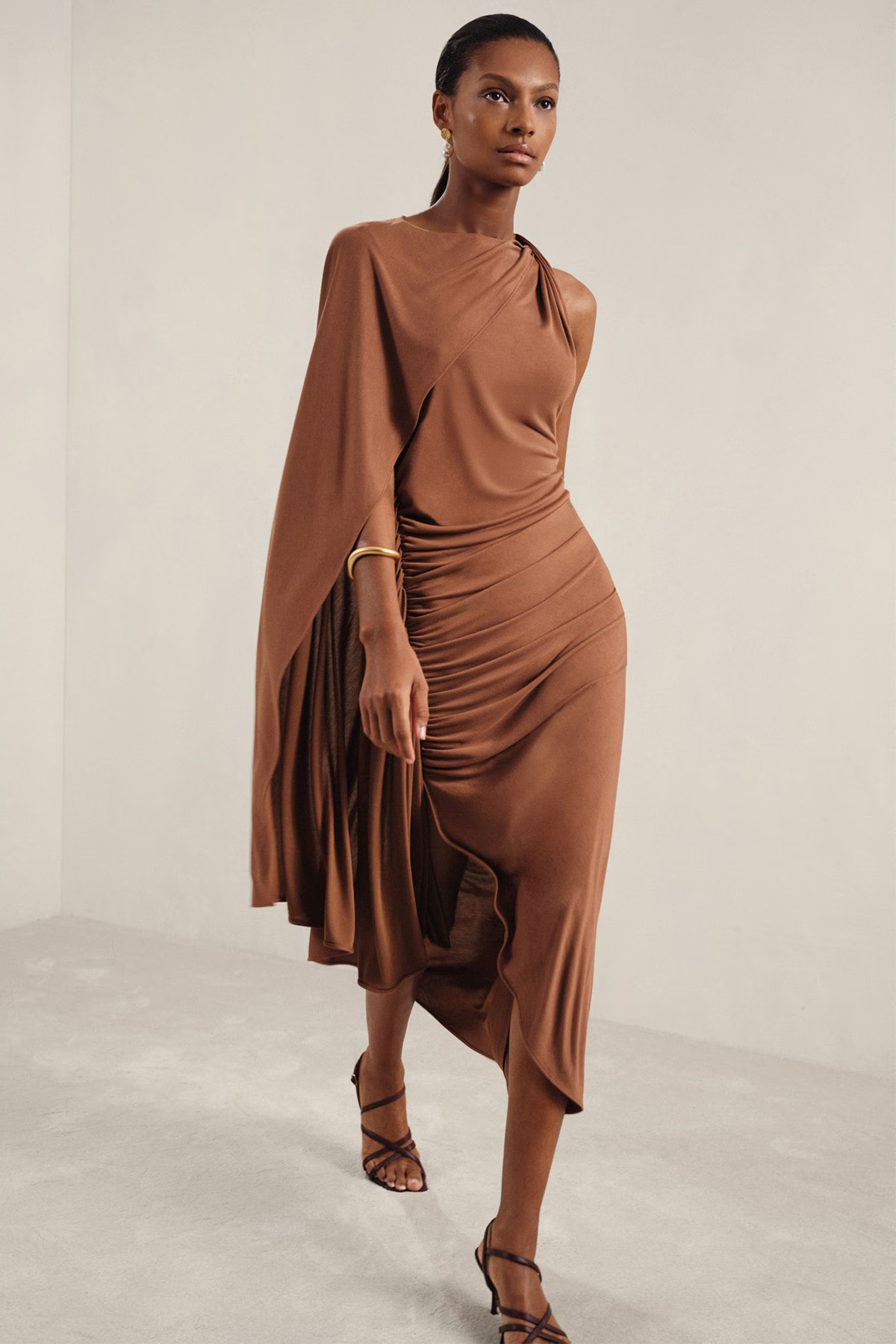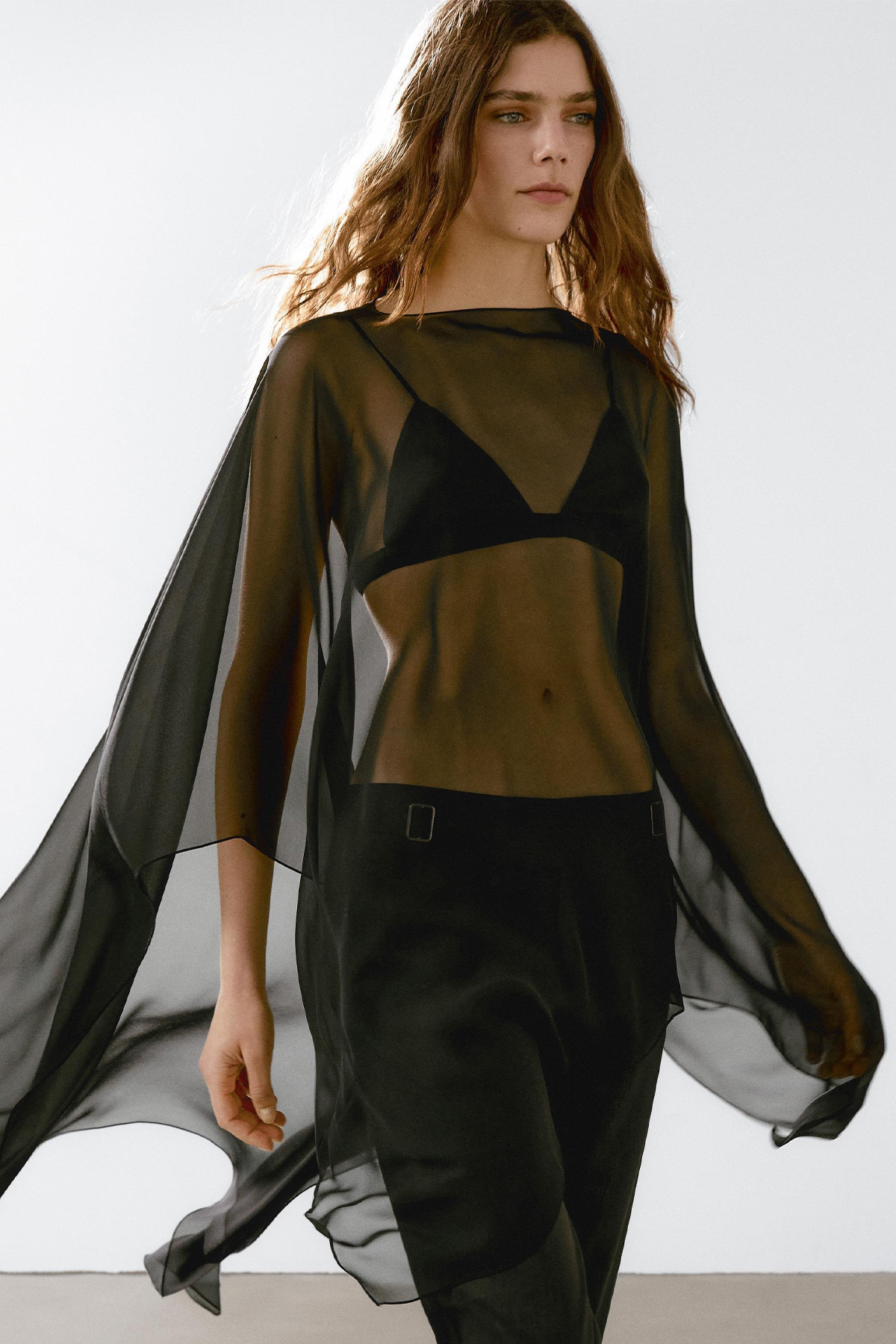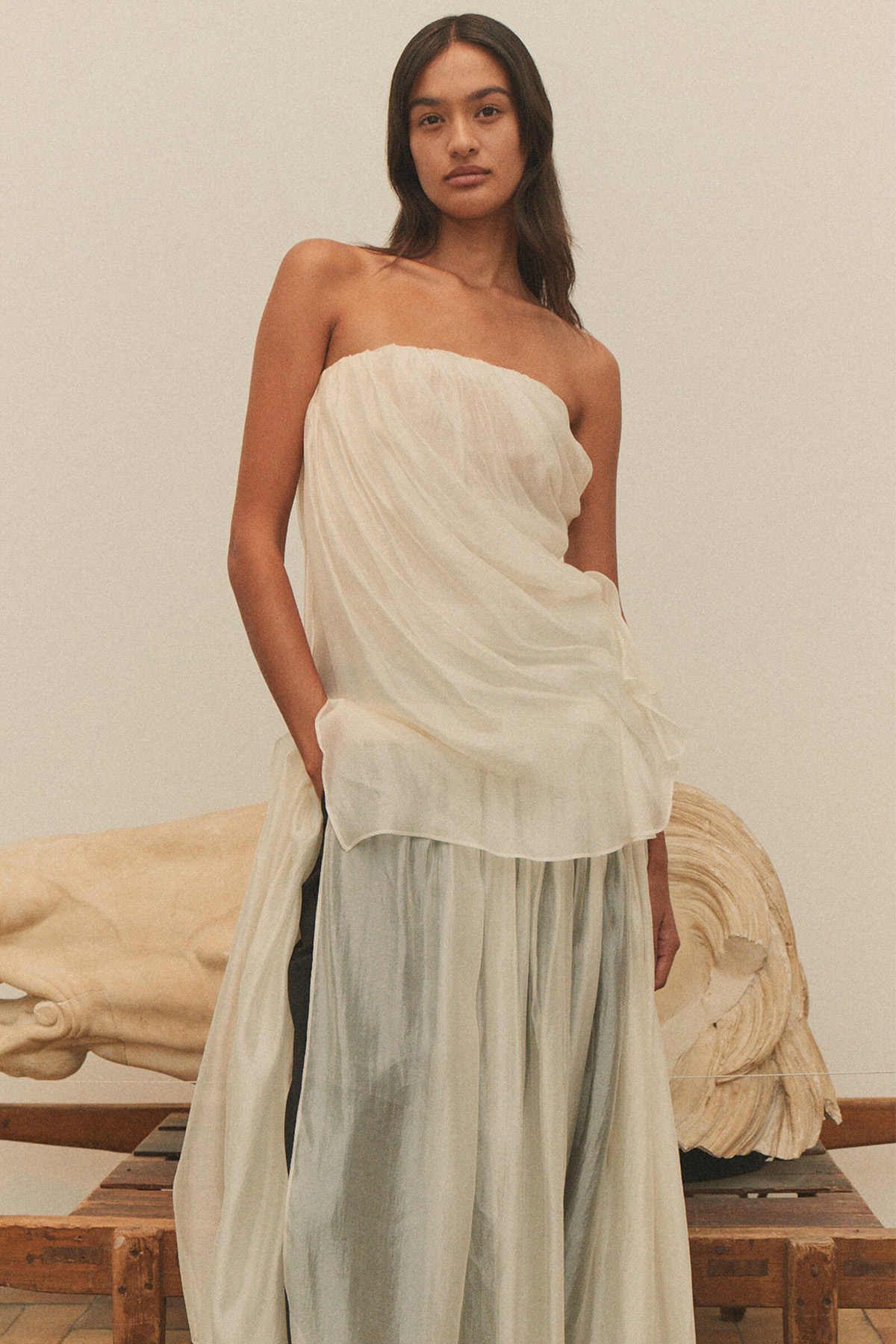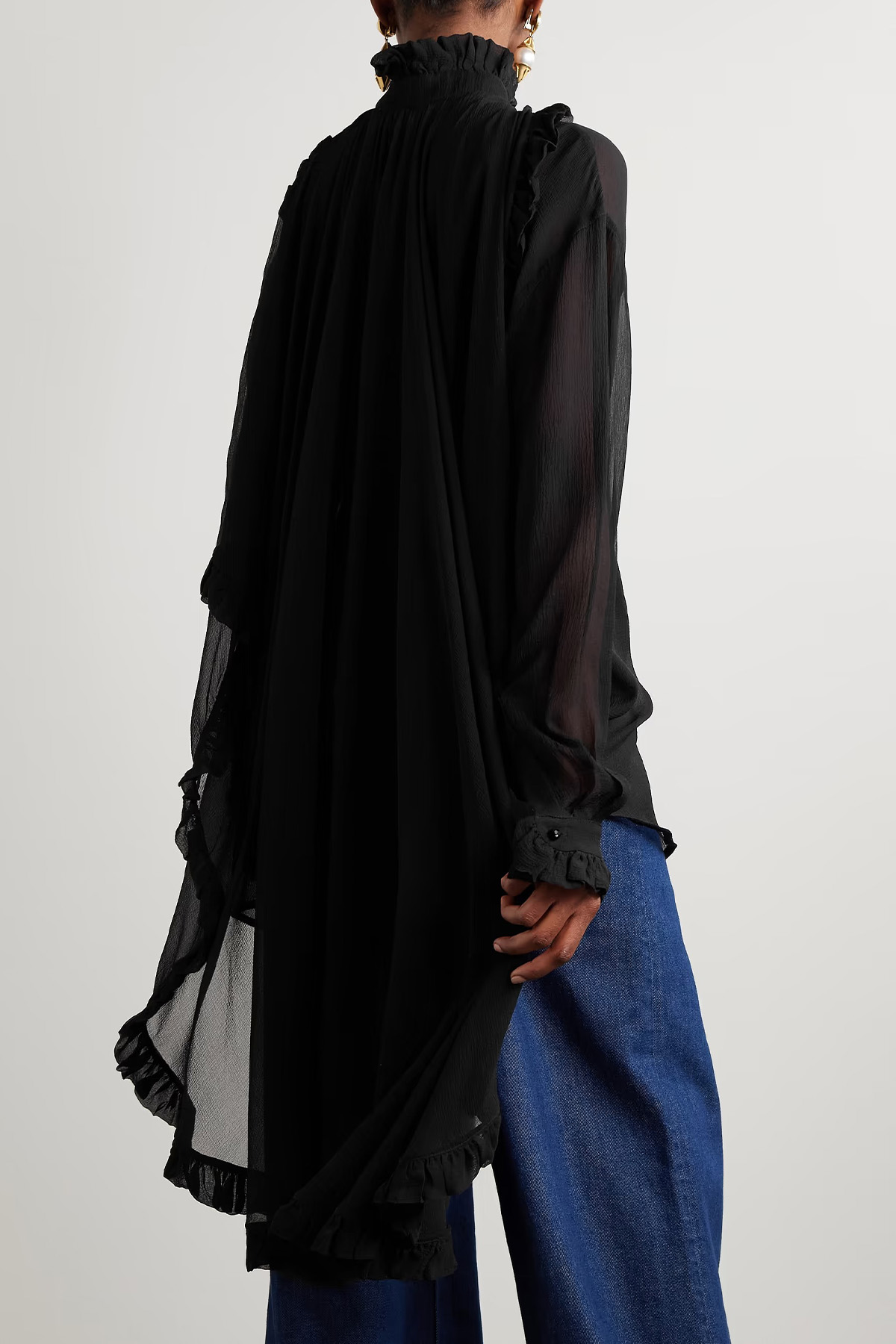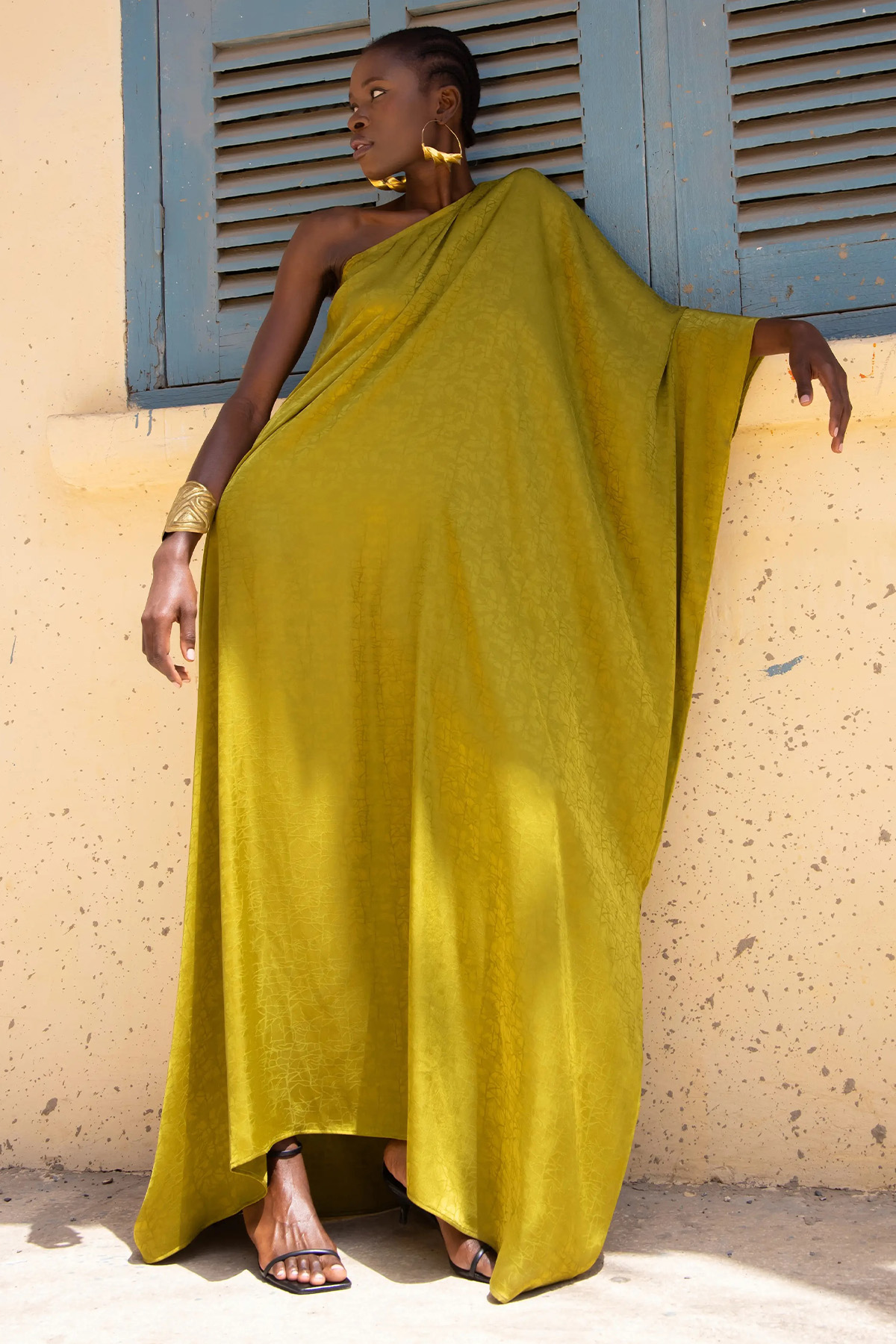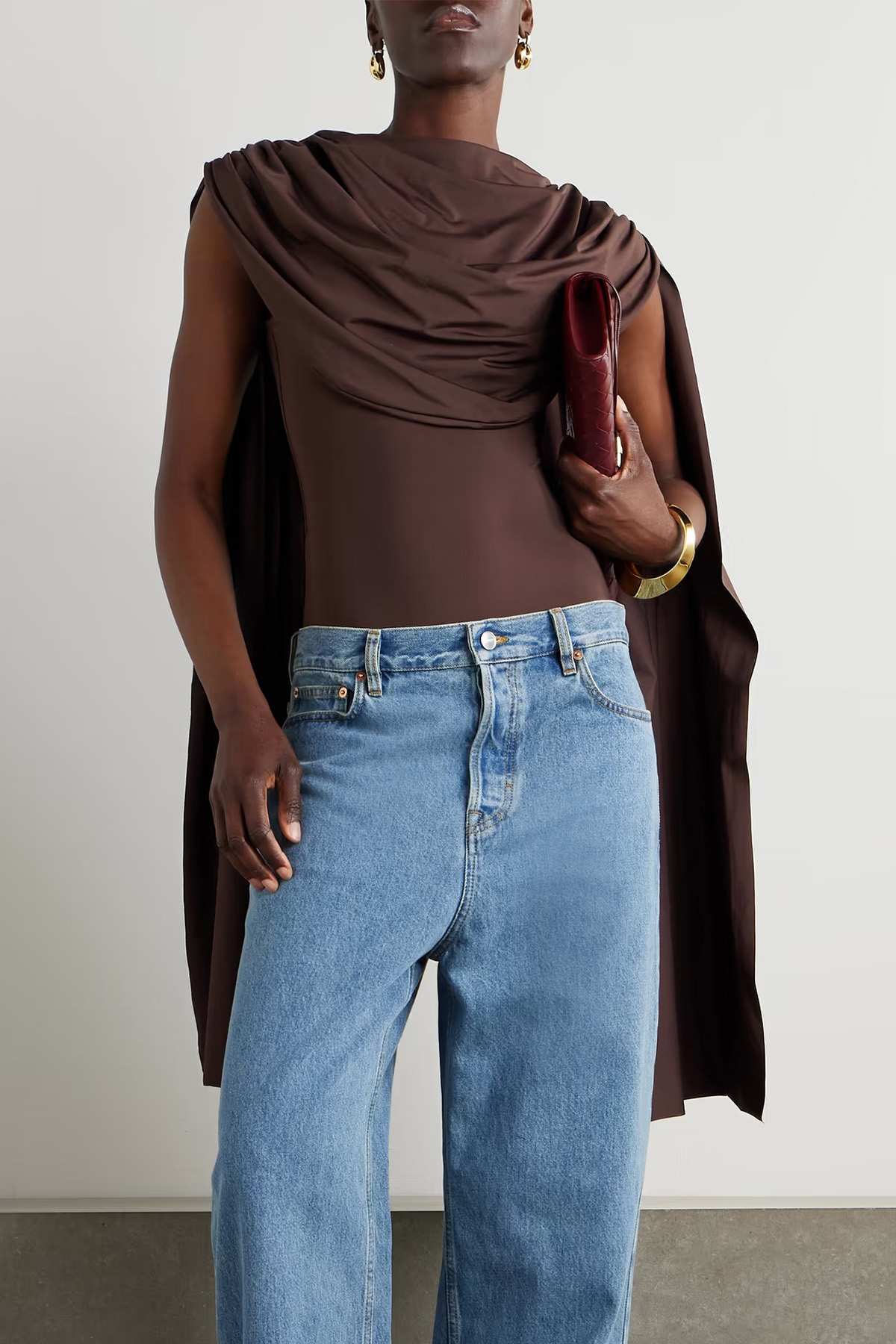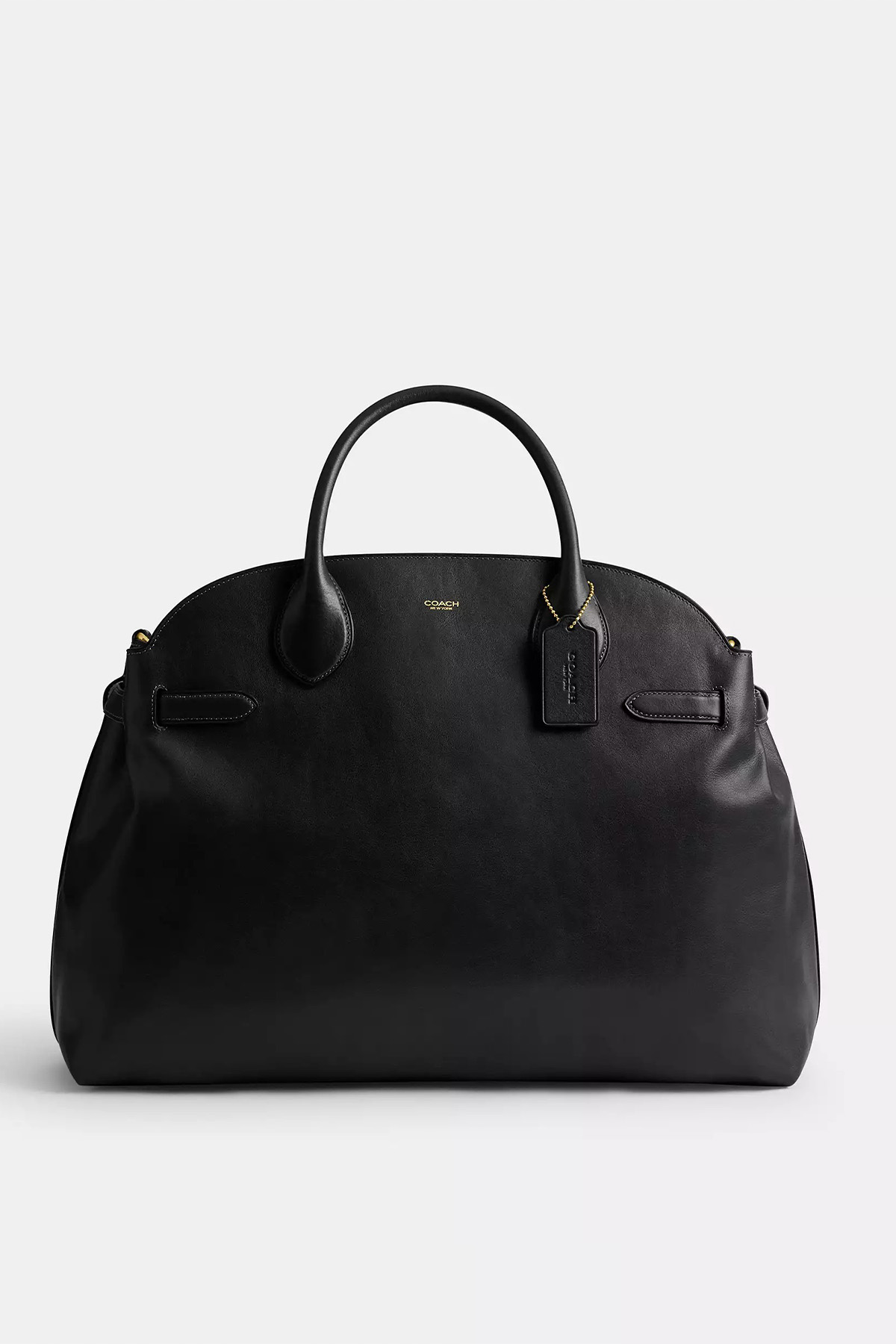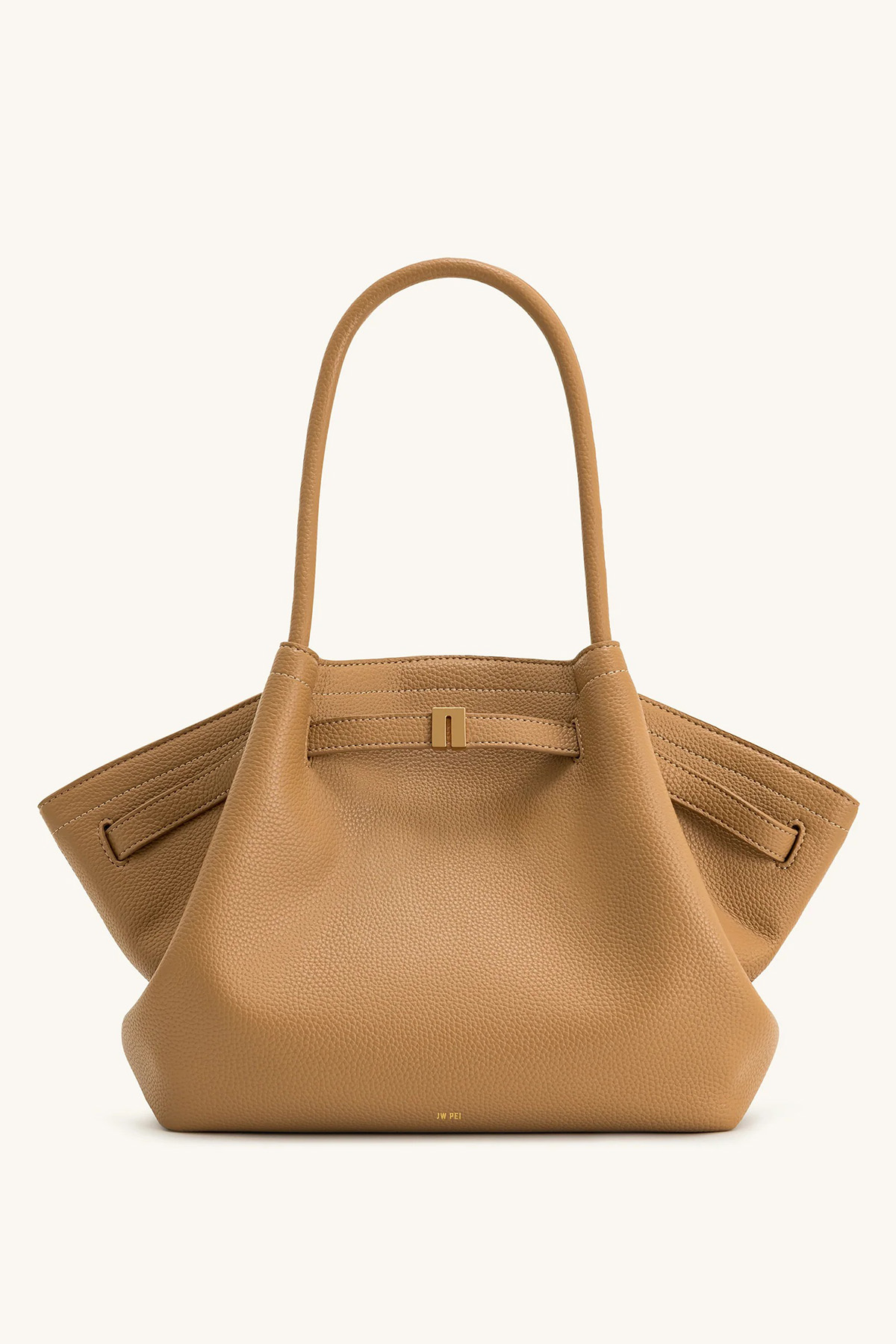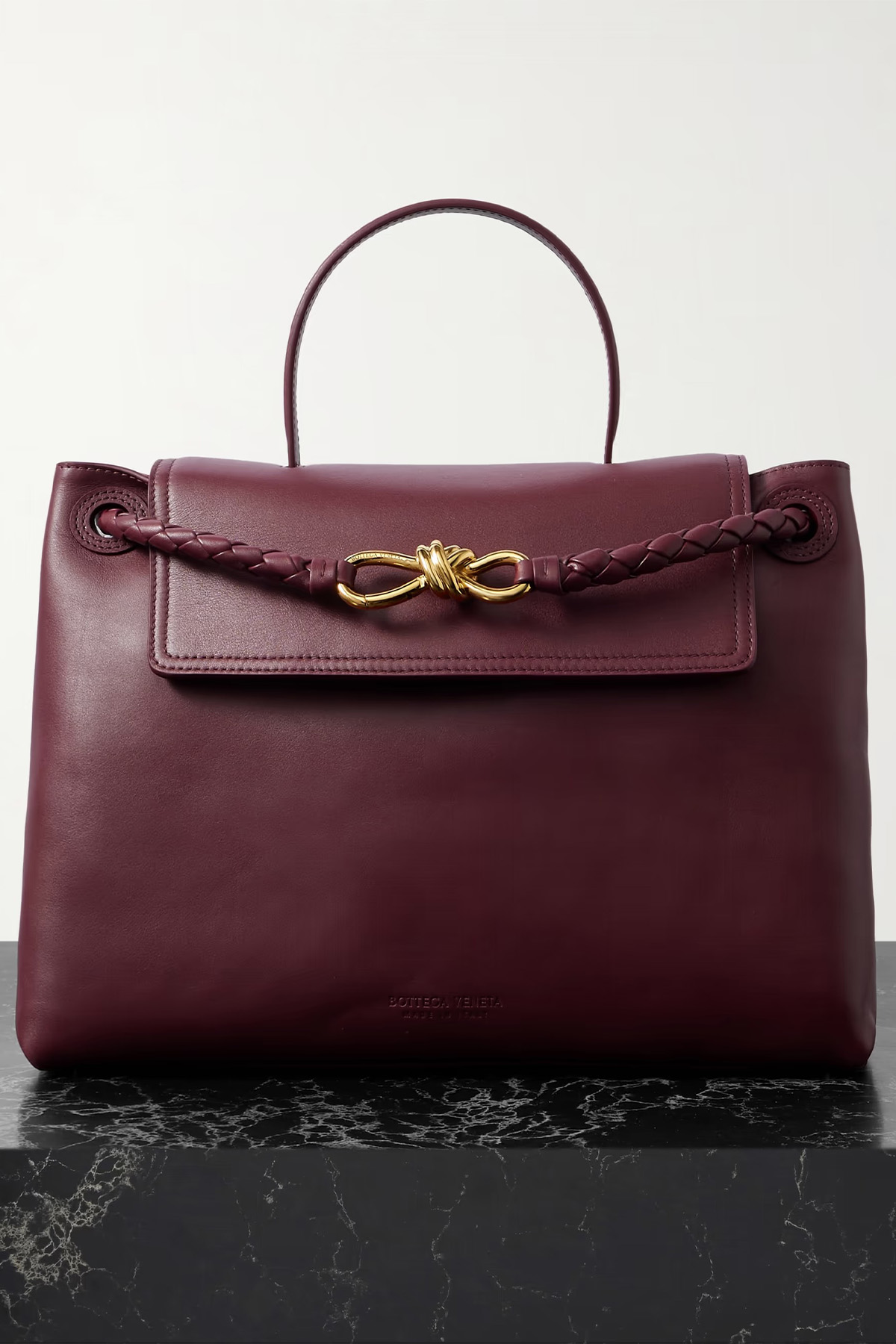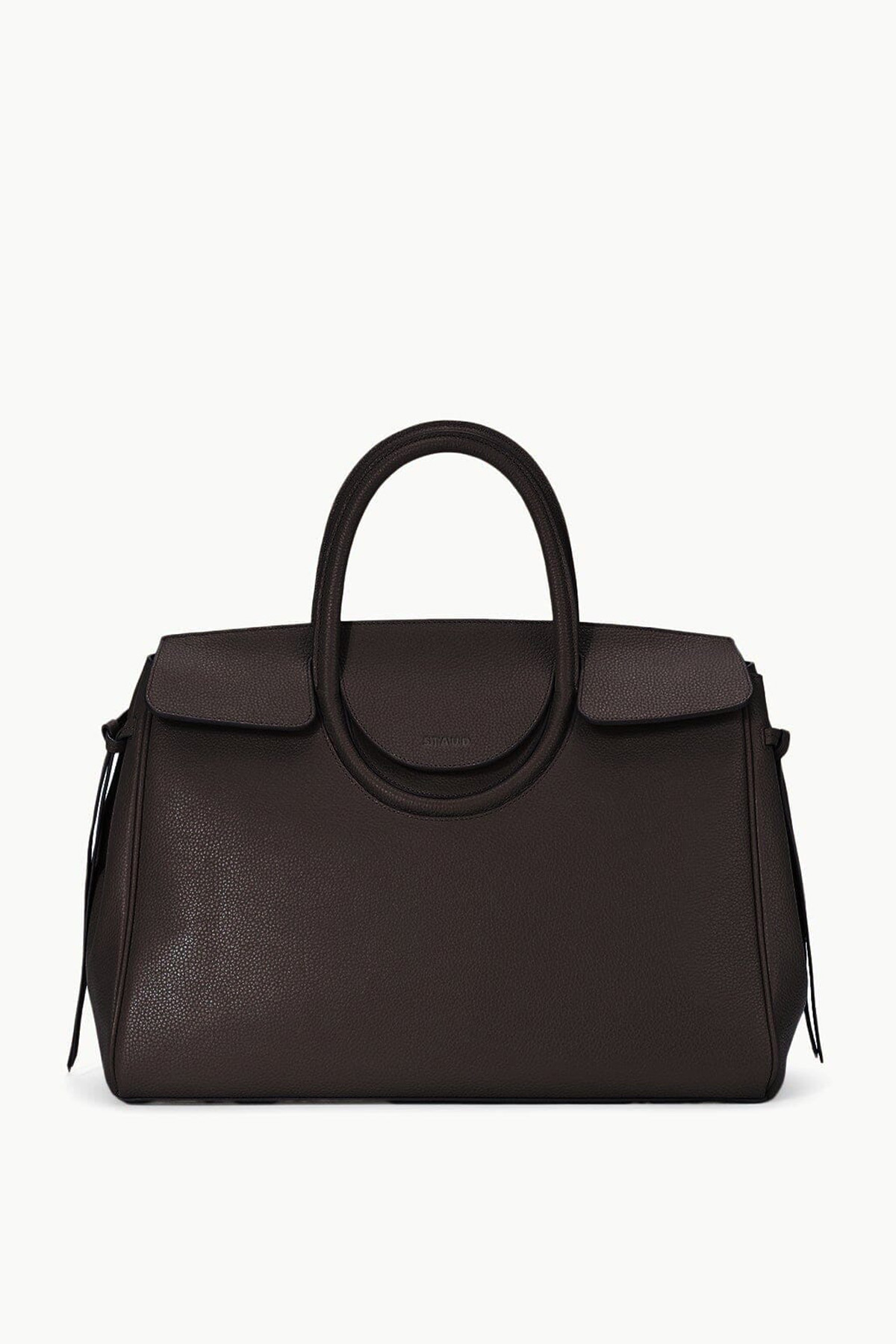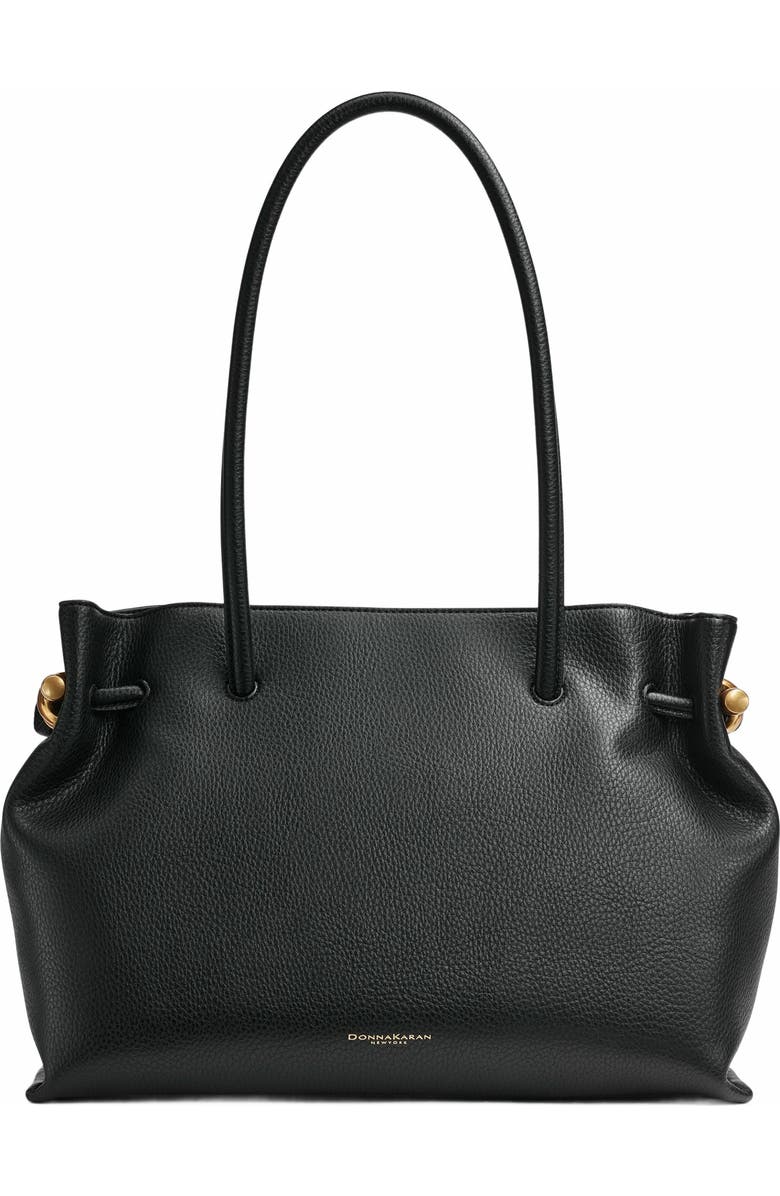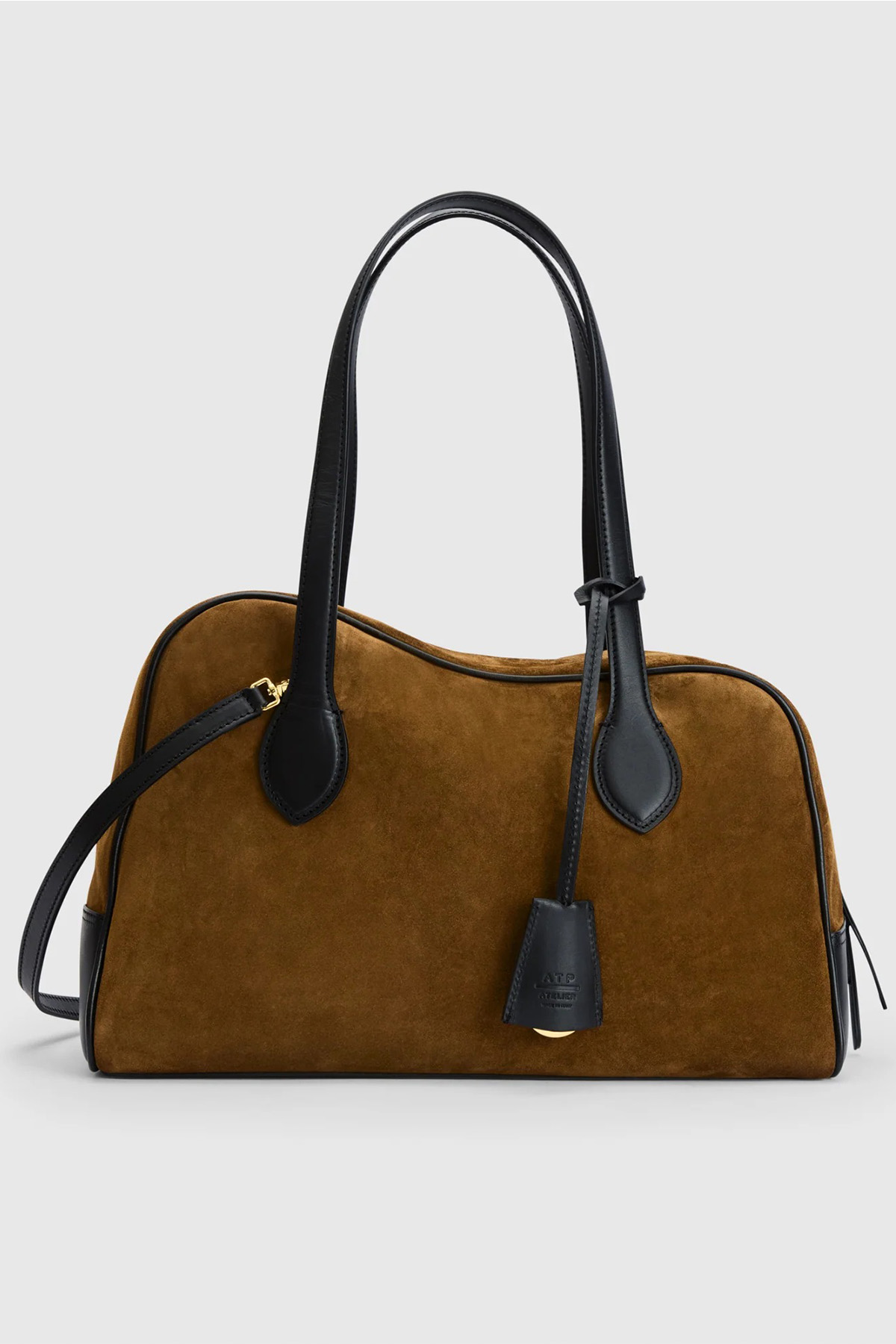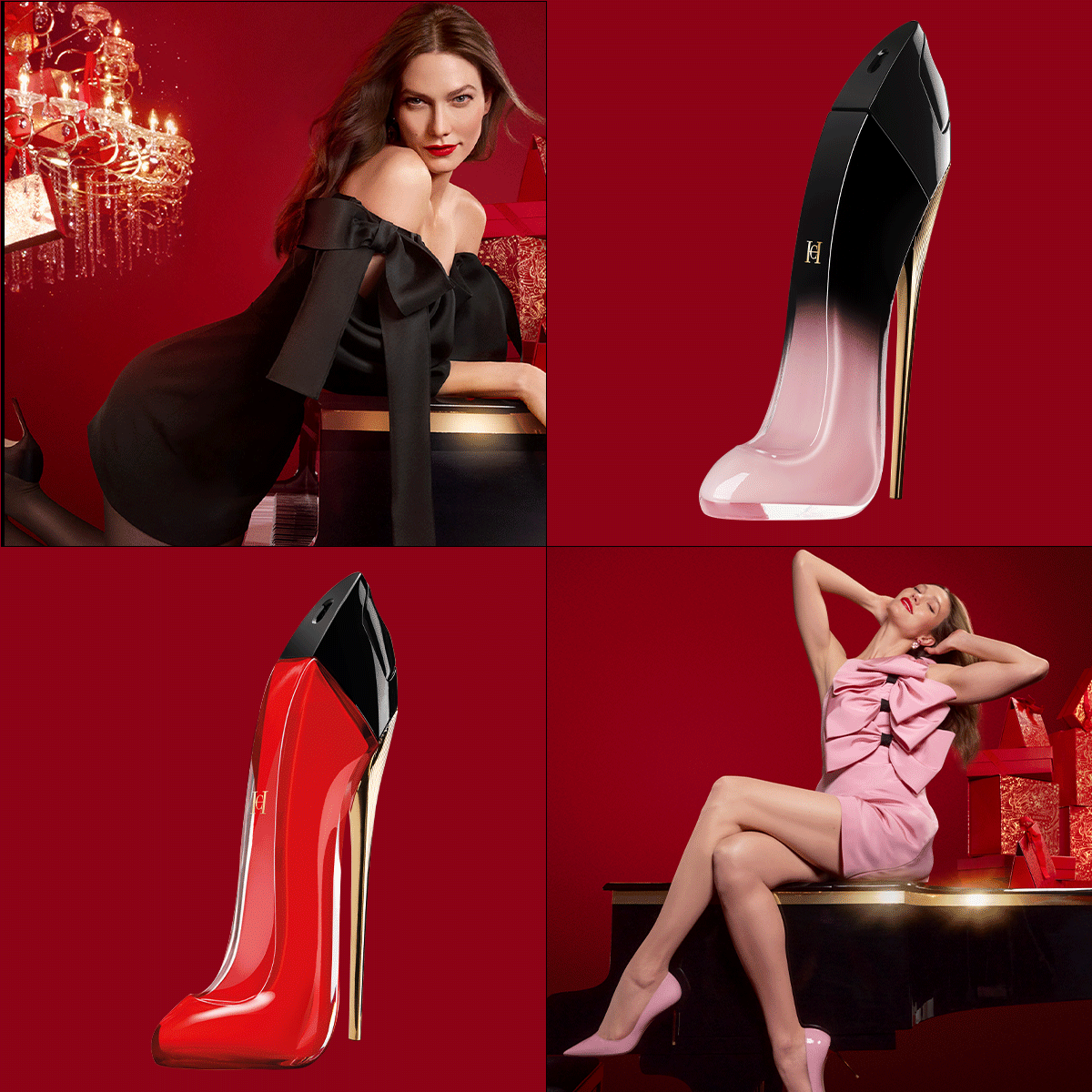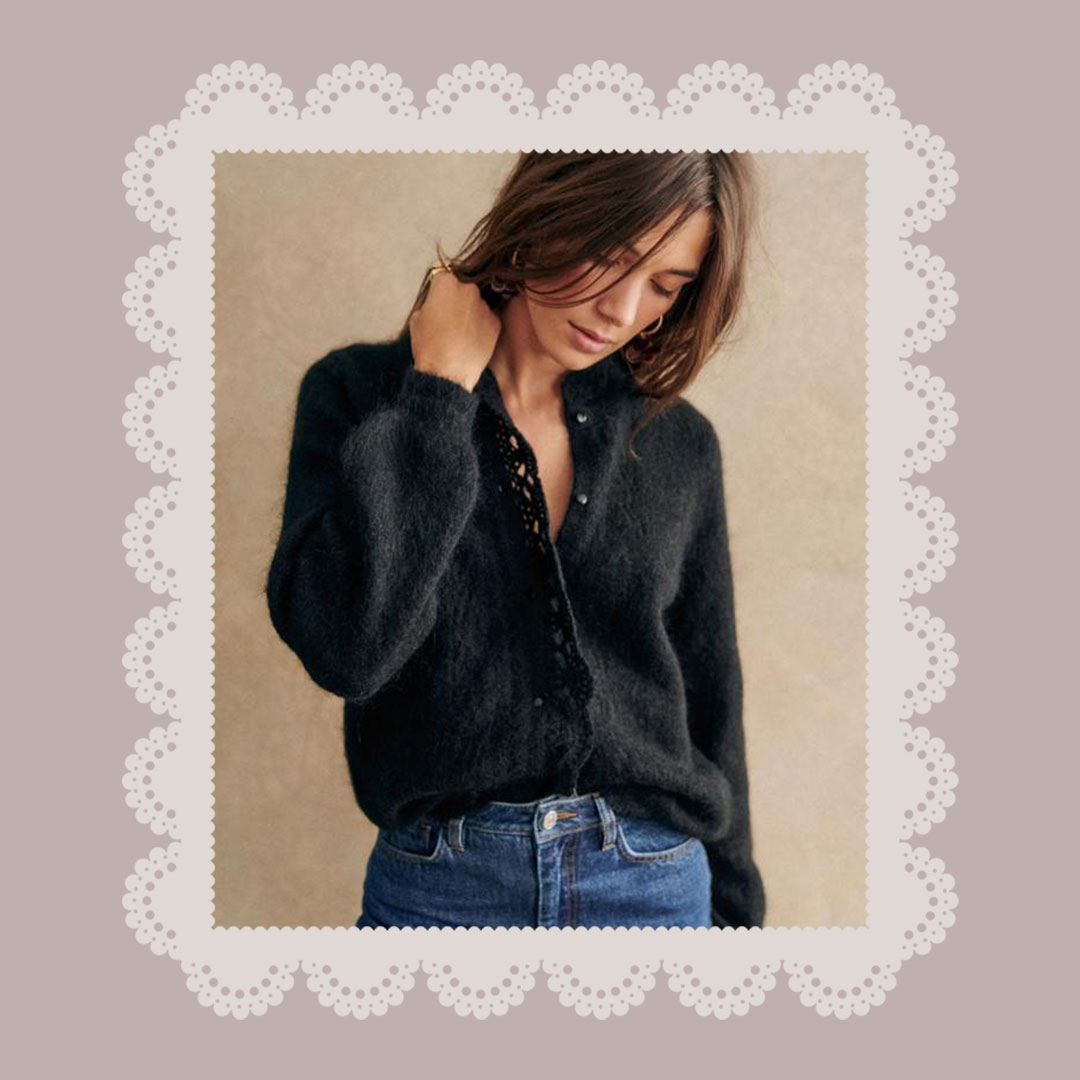9 Spring Trends That Are *Meant* for the Maximalists
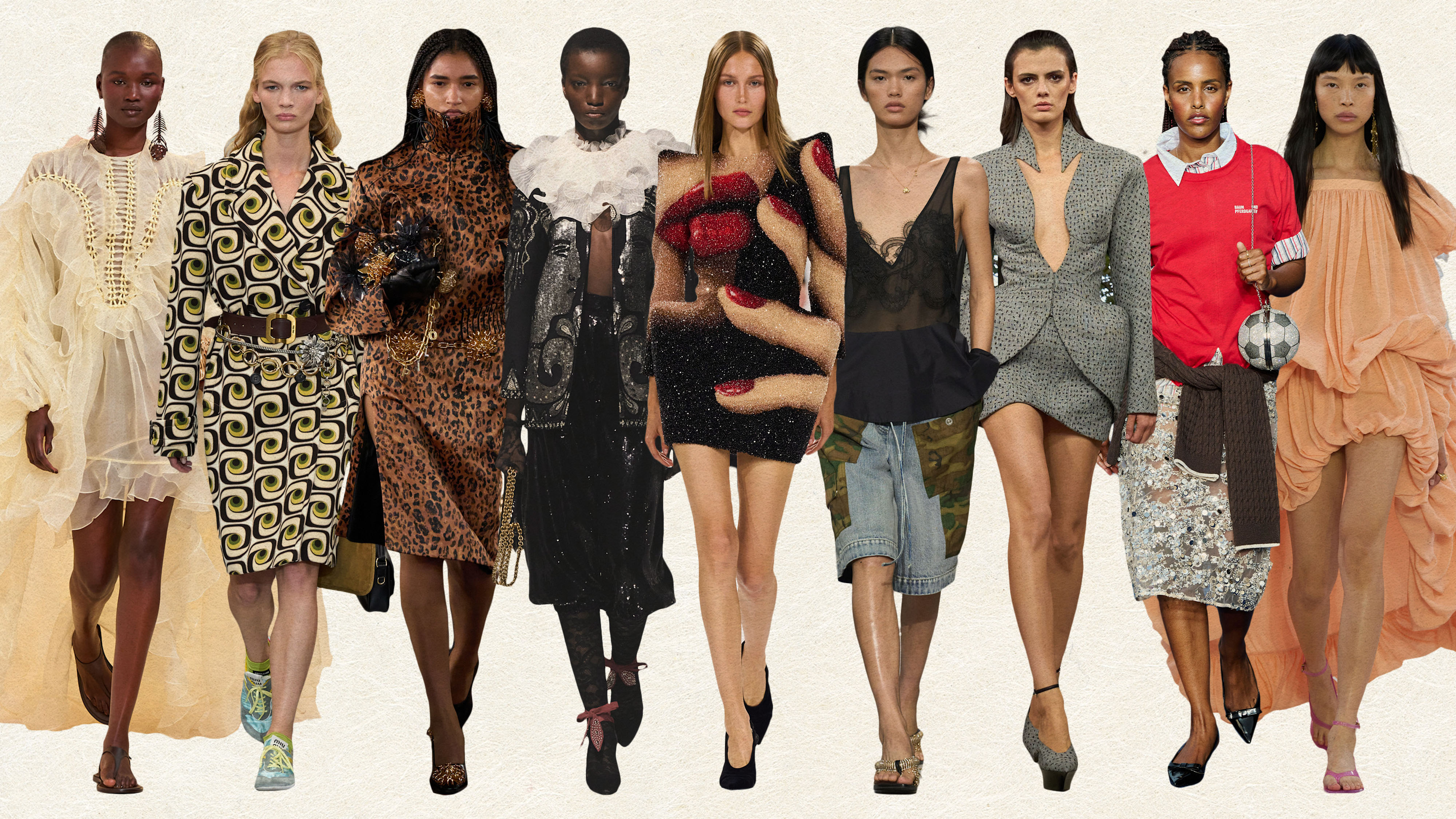
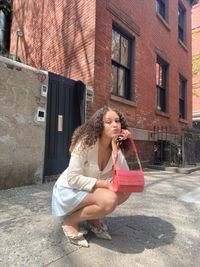
Often, style mirrors what's happening in society whether we choose to admit it or not. Uncertainty in the state of the world has always played a part in what has become popular in fashion throughout history, and that phenomenon is no more apparent than when looking at the recent cultural fixation on minimalism. From the quiet luxury movement to the clean girl beauty trend to the increase in tradwife content, so much of what's deemed as stylish and desirable in recent seasons has been deeply influenced by the impacts of economic uncertainty, social unrest, and a rise in political conservatism across the globe. Without all of those elements at play, we may have never witnessed the cultural movements cropping up across the internet that inadvertently ushered in a new era of austerity in fashion. While utilitarian principles will likely remain a relevant part of runway collections, their recent popularization has made the phenomenon a bit, well, overplayed.
Growing fatigue around quiet luxury has given way to a new movement in fashion: maximalism. Although it's easy to assume that this shift can be solely attributed to so many people being tired of "simple" clothing, that's not the whole story. One part of the rising appeal of maximalist fashion is its outsized presence in the spring/summer 2025 runway shows of Prada, Bottega Veneta, and Alaïa. Beyond the maximalist trend bubbling up in runway collections, what's cemented it as one of the most interesting spring trends is what it says about what society is coming to value at this specific moment in time. We're living in an era in which there are countless think pieces about the death of personal style, originality, and individuality because of the deluge of micro-trends, "-core" aesthetics, and social media. Even outside the context of fashion, the current state of global politics has created an environment where we're constantly bombarded with news about how the inalienable rights of individuals are under attack.
All of these factors have challenged us to reassess our notions around community and individuality and how we choose to show up in the world, laying the groundwork for maximalist fashion to become appealing again. Unlike other trends, maximalism offers us an escape from the mundane. It's not merely a frivolous fashion aesthetic, as it allows us to use style to subvert what's happening in broader politics, express ourselves, cultivate joy, and find something that excites us again. If you've spent the last few years riding the minimalist train, figuring out how to incorporate this spring trend into your life can be tricky. Thankfully, that's where we come in handy! After hours of research, we've compiled a list of the biggest maximalist trends for spring and a shopping curation for the season. Whether you need to spice up your staples or are an anti-minimalist to your core, there's something ahead for everyone.
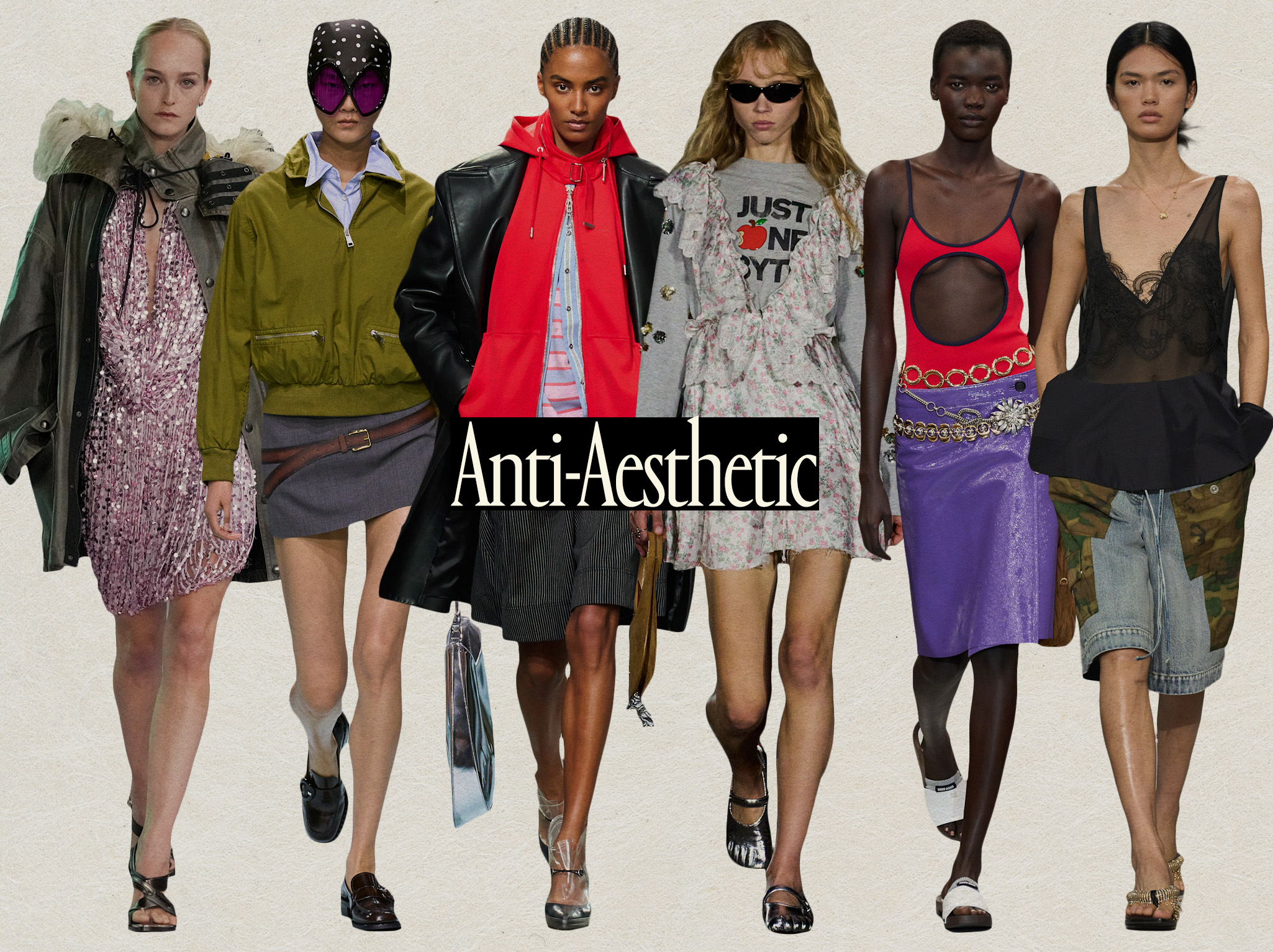
Lately, you can't scroll through any part of the internet without spotting new fashion aesthetics rapidly taking over the timeline, but if designers have their way, the cultural obsession with ultra-curated visuals will come to a close this spring. One of the first visual indicators that things were shifting away from the formulaic, cookie-cutter fashion could be found in the spring collections of Coperni, Rabanne, and Miu Miu. Rebuking the current cultural norm of sticking to one singular "-core" in collections, the spring shows asked the question, What if our style wasn't put into a single box? That sentiment was primarily reflected in styling on the runway, which didn't stick to a singular design sensibility. Brands often went fully anti-aesthetic by pairing unexpected items together.
For example, Burberry's and 3.1 Phillip Lim's spring shows created an interesting visual contrast by styling sportswear and eveningwear together—e.g., anorak coats over sequin dresses and sheer camisole blouses with baggy cargo patchwork shorts. Prada's show pushed outside the box even further by presenting a collection with no cohesive through line thematically and instead leaned into different sensibilities through mismatched prints, over-the-top accessories, and vibrant colors. Although varying in approach, each brand seemed determined to rebuke simplistic aesthetics in lieu of something more exciting—self-expression.
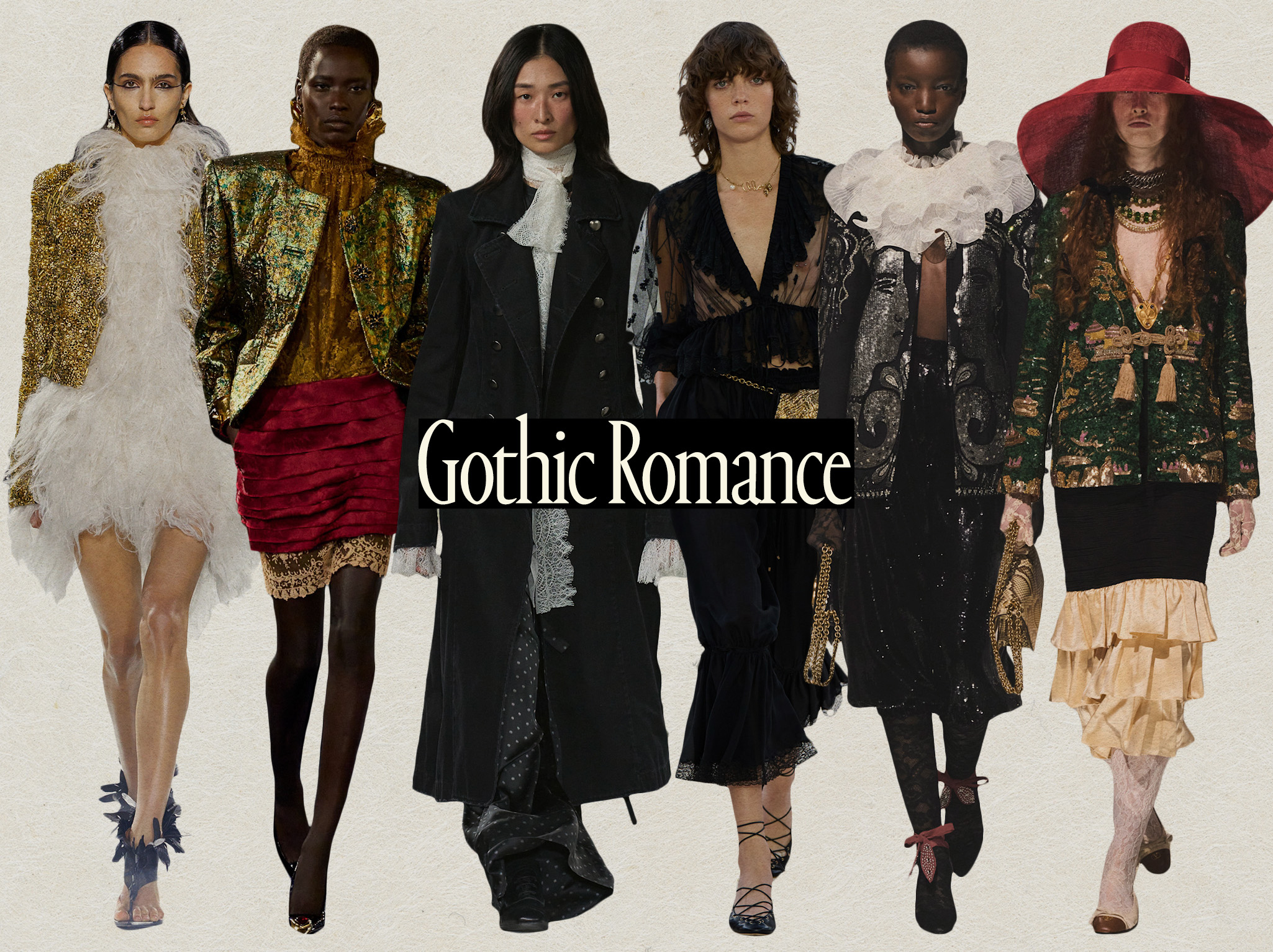
If the spring collections showed us anything, it was that designers feigned no interest in sticking to a single style lexicon. But specific time periods? Well, those were entirely up for grabs. Although there were nods to every decade, one single era had a haunting influence across various houses: the Gothic Revival period. In an age of malaise and malcontent among the masses, it was only a matter of time before the collective state of discontent became many creative directors' source of inspiration for their spring collections. Drawing from the late 19th century, designers imbued their collections with melodramatic elements by incorporating all the signature elements of brooding romanticism, including gloomy color palettes and ornate textiles.
One collection that encapsulated the essence of a Victorian goth was Alessandro Michele's debut collection at Valentino. Models skulked through a space that rivaled a set of a Robert Eggers film wearing, most notably, tailored sequin coats that created the illusion of the type of tapestries you'd picture hanging in Count Orlok's castle. The same attention to detail was reflected in Alexander McQueen's and Saint Laurent's collections, which dialed up the dark romanticism by styling delicate feather minidresses, high-collar blouses, and pleated velvet skirts with embellished brocade jackets. Even the less melodramatic examples at Ann Demeulemeester and Chloé nodded to gothic themes through sharp tailoring, sheer lace, and sullen shades of black. Each of these collections adeptly embodied so much of what this bygone era and the style movement as a whole are all about, grappling with romance, rebellion, and unrest in the most dramatic fashion.
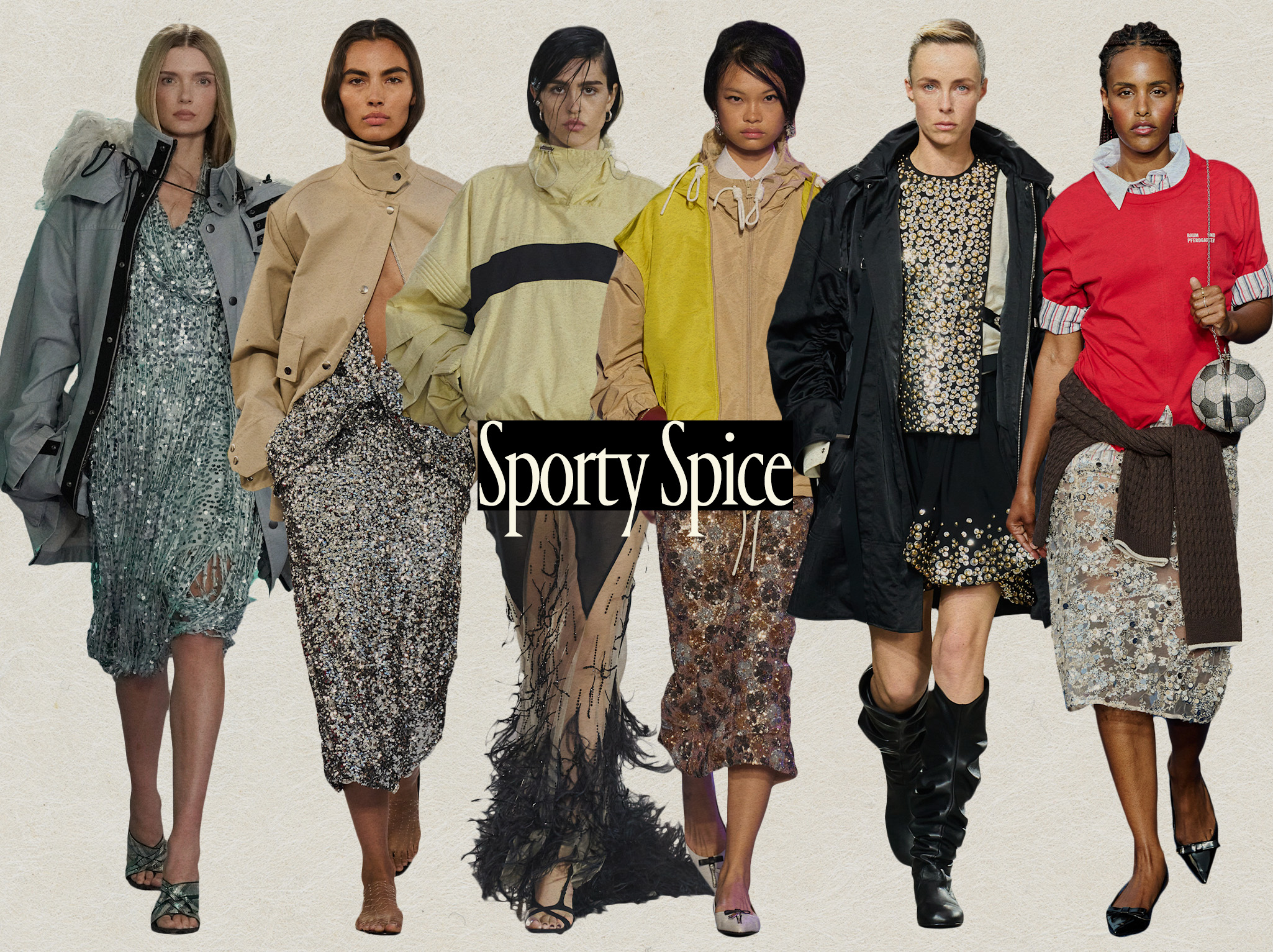
Oh, you thought our collective interest in all things sports-adjacent was in its last quarter of the game? Think again. Blame the residual effect of films such as Challengers and the continued discussion of Formula One on social media, but sports culture and, by proxy, sportswear remain a steadfast part of the conversation. Of course, these two worlds have always influenced each other—refer to the rise of sneakerhead culture, the creation of tunnel style, and even beloved style icons such as Victoria and David Beckham—but more recently, we've seen sports aesthetics play an even more pivotal role on the runway. No other long-haul trend is more symbolic of that relationship than what we're calling Sporty Spice, the styling of sportswear and eveningwear together as a way to give pragmatic pieces a playful spin.
We saw that approach across the spring/summer 2025 collections of Burberry, The Attico, Rabanne, N°21, and Brandon Maxwell in the form of sequin gowns peeking out underneath outdoor sports coats. Even the more obvious nods to sportswear were glamorized, as Baum und Pferdgarten's S/S 25 runway show took traditional sportswear items (such as polos, loafers, and sweatshirts) and made them far spicier by styling them with sheer sequin separates and sparkly clutch bags that resembled the shape of soccer balls. Each of these collections proved that sportswear isn't something we should be sidelining. Rather, we should be giving it a second quarter by styling it with eveningwear. It's a combination that's a game changer for sure.
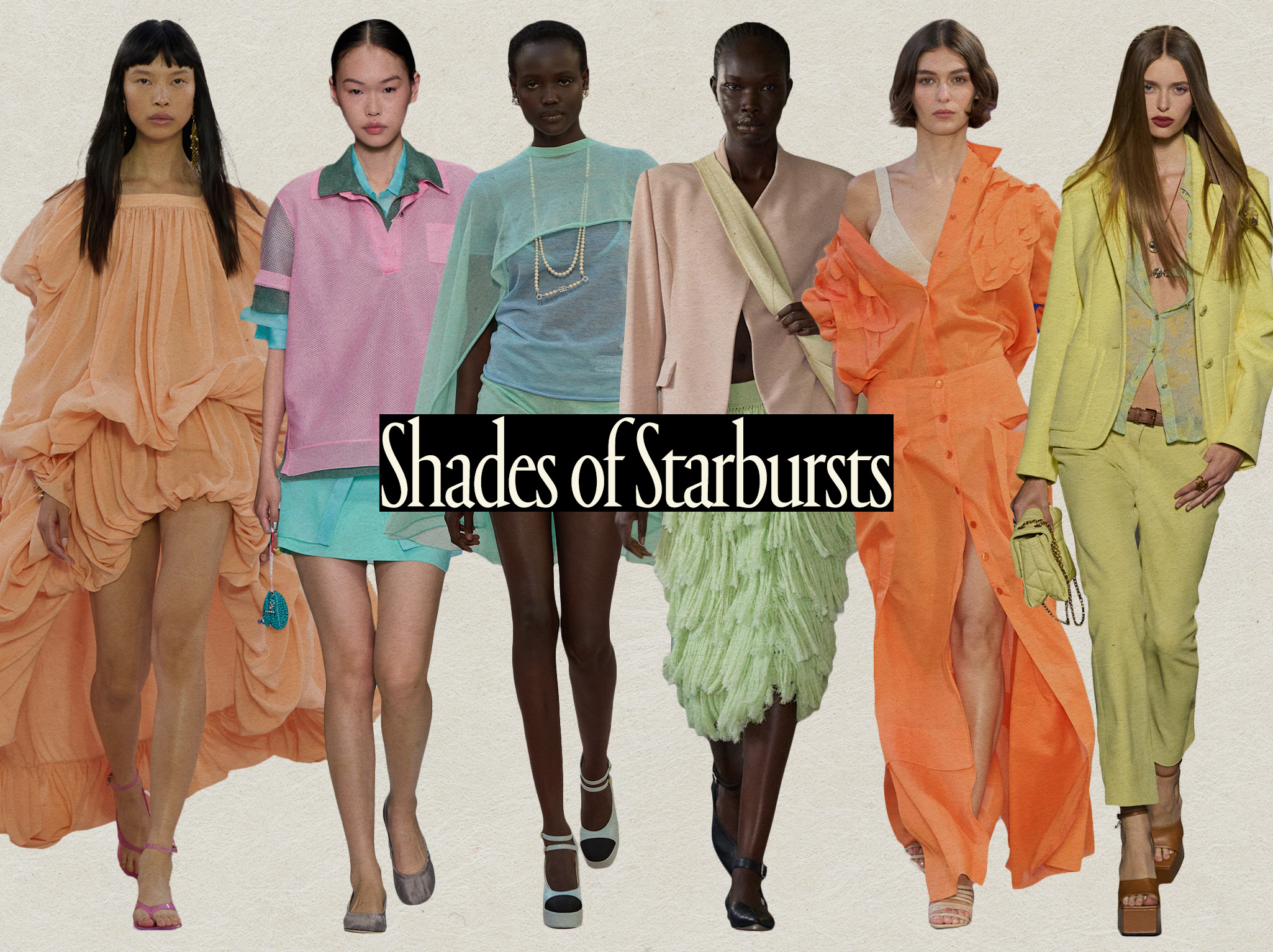
What signifies good taste? Minimalists would likely respond with some mention of curating an arsenal of staples in neutral shades, but maximalists differ in this regard. Rather than adhering to the notion that refined taste is reflected in a restrained palette, maximalism is all about embracing what suits your own tastes. It makes sense, then, that we'd slowly see a new color trend—shades of Starbursts—surface as designers' perspectives shift toward maximalist sensibilities. Drawing inspiration from sweet treats, designers embraced subdued pastels as jubilantly as a child in a candy shop, incorporating variations of citrus, bubble gum, lemon, grape, cantaloupe, and blueberry. What made this maximalist trend so unexplainably juicy wasn't just the incorporation of candy-inspired colors. It was how each house embraced the shades in a way that suited its own fashion codes.
Light citrus evoked a childlike joy when a model billowed down the runway in a tiered gown at Chloé, and at Alberta Ferretti, it felt more grown-up through the use of tailored separates. Similarly, we observed variation between Anteprima's and Chanel's shows—shades of pastel pink, green, and blue were given a more menswear or womenswear spin through styling. Even classic suiting separates felt entirely different from collection to collection. For example, the traditional two-piece suit felt tastier thanks to a slim-fit silhouette in pastel yellow at Versace. At Dries Van Noten, these pale shades felt more poignant through the usage of color-blocking and quirkier textures. With so many variations of pastel shades present in the spring collections, it's a reminder that we can tailor any trend to suit our tastes—if we're willing to take a bite.

No longer are we in an age of buying into every single trend and are instead focusing on those that fit into our own world. Frankly, there's no better embodiment of that ethos than the tactile textures throughout the spring/summer 2025 collections. It seemed that so much of the inspiration was to not only create clothing that was compelling to the touch but also gave us a glimpse into the inner world of each creative. That was achieved by reimagining simple silhouettes through embracing outside-the-ordinary textures—think prickly fringe, soft feathers, and floral appliqués. In the spring runway shows of Michael Kors and Gucci, we saw that approach embodied in multiple looks that featured jackets, skirts, and tops made from semimetallic fringe.
At Brandon Maxwell and Balmain, rhinestone embellishments were used to create optical illusions that challenged how you see the world around you. However, the best possible examples were the themes of Prada's and Bottega Veneta's spring shows, which explored varying degrees of how the world around us influences how we dress. For Prada's spring show, it was all about exploring the impact of digital algorithms on style. Matthieu Blazy's last collection for Bottega Veneta explored how our relationship with dressing shifts as we age and the notion of bringing back childlike joy in closets. By examining each of these themes through 3D appliqués, chunky rhinestones, and even oversize metal rings, these collections reminded us that our clothing should be a reflection of the world we live in. Otherwise, what's the point?
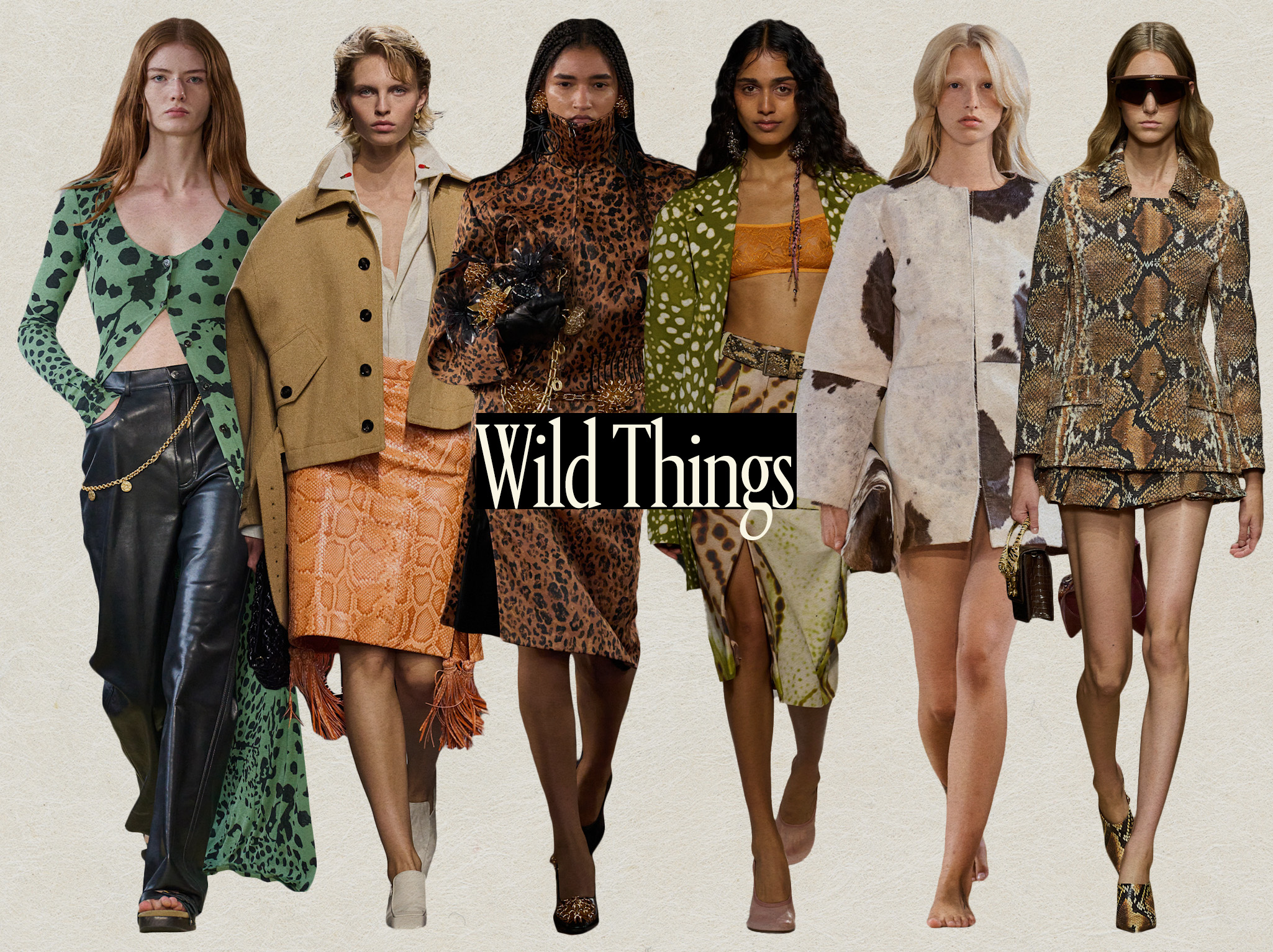
For those who find the entire quiet luxury aesthetic to be a bit too tame, there's one maximalist spring trend that will surely speak to their instincts: animal print. It should come as no surprise to those who have kept up with recent trends that this one has managed to circumvent extinction, remaining at the top of the food chain. What's given this specific trend the ability to beat out natural selection or, in this case, the constant turnover of trends? Evolution, plainly put. Historically speaking, it's common for one specific pattern to sink its teeth into the style set, becoming the apex of all trends for that season, but the spring runway collections broke that precedent. Rivaling a modern-day menagerie, every creature could be found in the spring/summer 2025 collections, including leopard, dalmatian, snakeskin, zebra, ostrich, giraffe, crocodile, and even cow.
One could argue that the very overpopulation of wild things directly plays into the natural impulses of maximalism, for designers refused to tame their inclinations toward embracing these prints. Although irrefutable, another factor puts this print trend above the herd of others, which is how each designer has made it feel domesticated to their own house codes. Whether in the form of an ultra-sleek, tailored snakeskin pencil skirt in an exotic shade of orange at Bottega Veneta, a rock-n-roll cowhide coat at Gestuz, or a vibrant green leopard-print dress styled as a duster at Nanushka's 10-year anniversary show, each version of animal print was adapted into a form that best suited the habitat that it called home. No matter how you choose to embrace your wild side—whether in the form of mismatched tailored separates as shown at Dries Van Noten or the matching sets as shown at Palomo and Roberto Cavalli—you can find a way to wear this trend that reflects your own animal instincts.
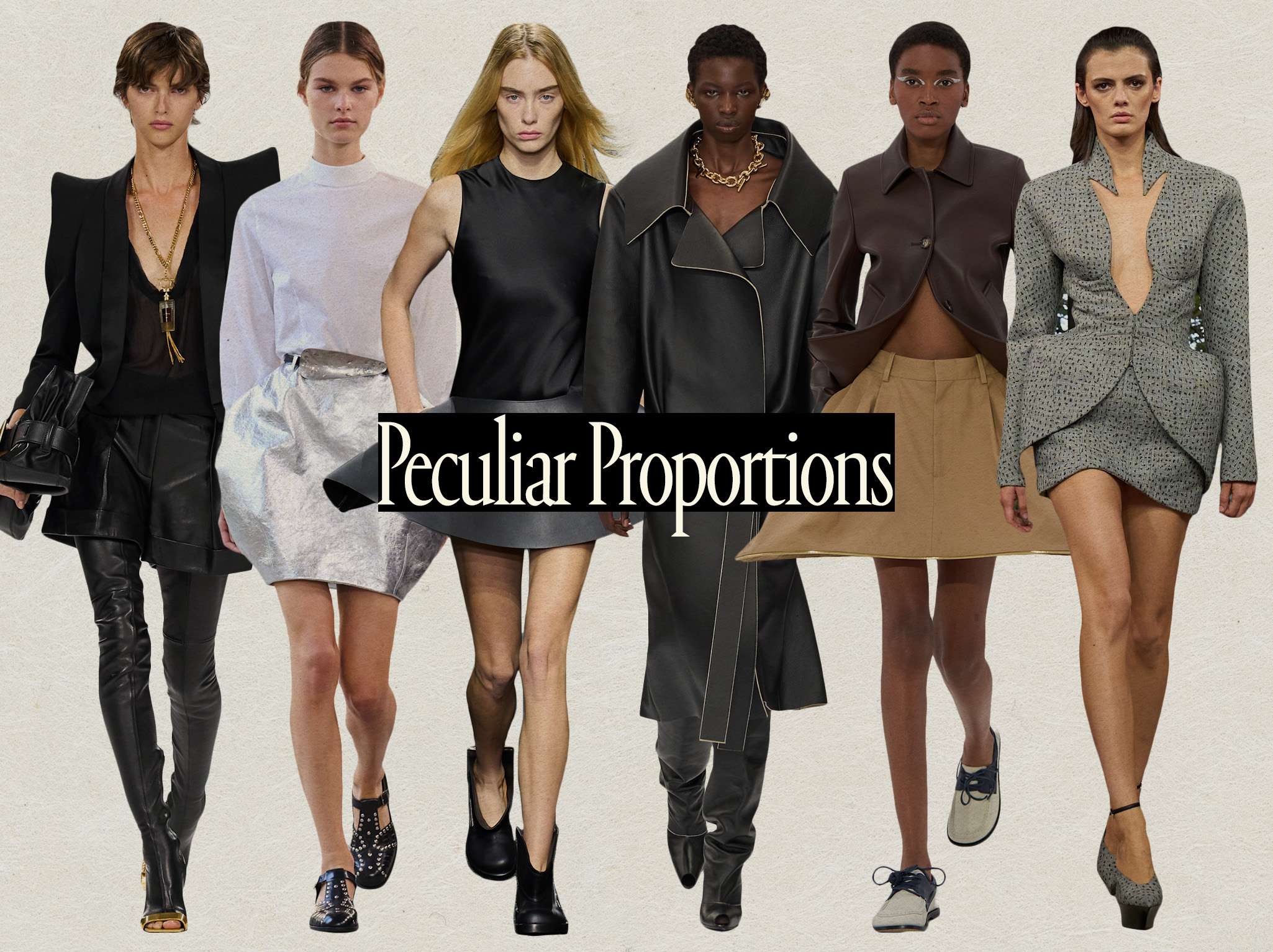
Colors and prints weren't the only ways creative directors co-opted maximalist-leaning design codes. We observed a penchant for playing with peculiar proportions as a way to push the boundaries of maximalism in fashion. It wasn't so much that there was one silhouette that could be singled out as the sole example of this trend. Rather, the through line was that traditional shapes were transformed through distorted tailoring. Akin to the architectural brutalism movement, designers created an overwhelming presence of power by taking the bare bones of staple pieces and pushing them to uncomfortable extremes through sharp angles, streamlined colors, and substantially heavier textiles. One of the most adept examples of sharply tailored silhouettes could be found at Balmain: a simple black blazer suddenly transformed through shoulder pads that come to a razor-sharp point.
Similarly, at ACNE Studios' spring show, the structure of a leather trench coat was stiffened through the construction, which featured sizable notch lapels and rigid leather that created a visual illusion of clinched shoulders. While Balmain's and ACNE Studios' collections seemingly reflected a deep-seated emotional discomfort through tailoring, Bally and Mugler tried to create the illusion of comfort through ultra-curvy bubble skirts and hourglass blazers. Even less sharp silhouettes spotted in spring shows were meditations on the psychological sentiments of this particular moment in time, as displayed in JW Anderson's and Loewe's collections. JW Anderson used sheer cage gowns, full hoop skirts, and wire-casted trenches to explore the notion of "setting strict boundaries as a liberating act." In an era where the world feels particularly brutal, there is comfort in wearing clothing that reflects the over-the-top nature of this moment in time, even if it leans toward the peculiar.
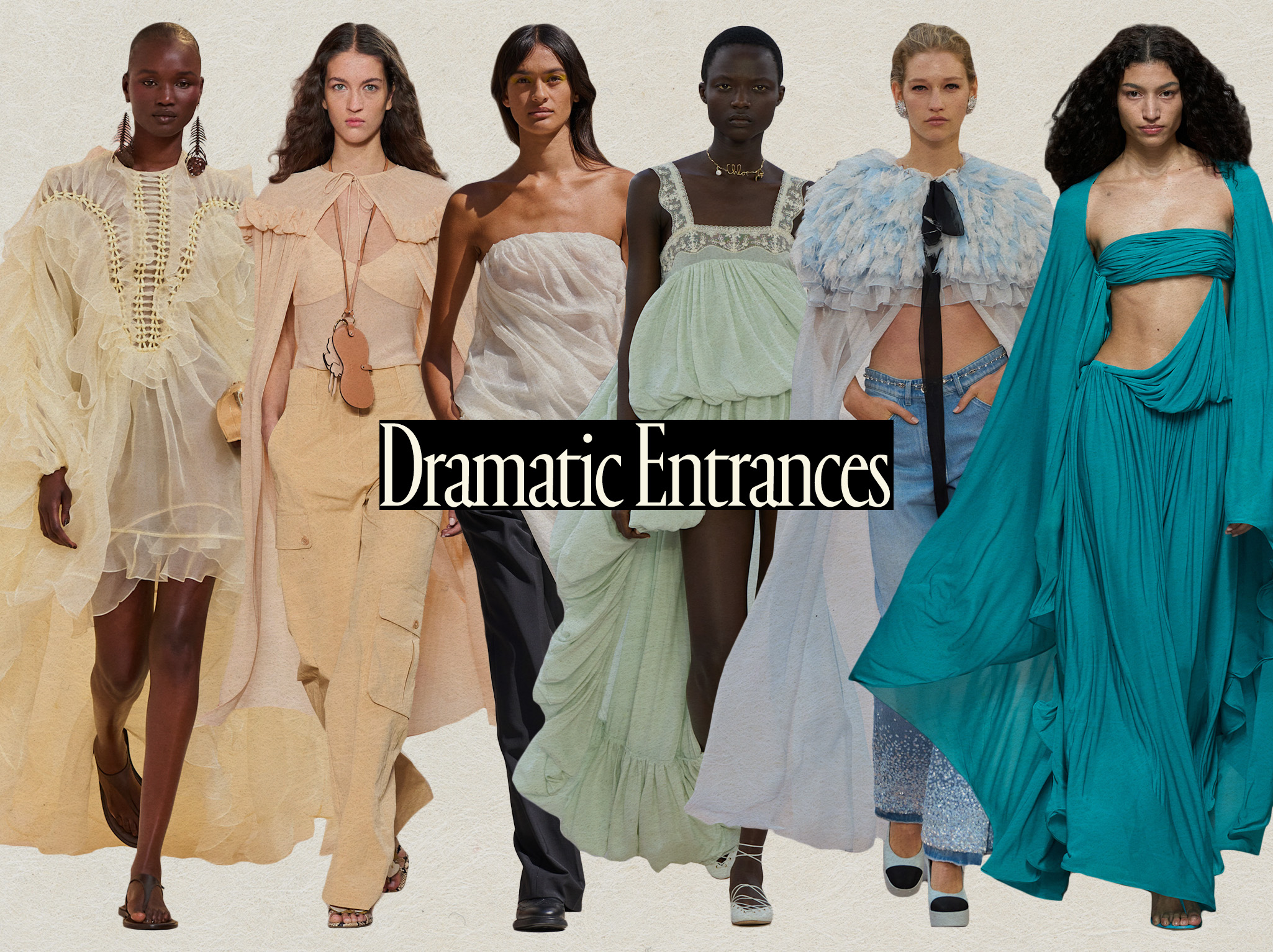
Although designers seemed to derive deep pleasure from pushing the boundaries through sharp tailoring, some sought to create a dramatic effect through a much softer approach—sweeping silhouettes that subtly embrace the tenets of maximalism. It wasn't so much that creative directors employed one congruent method to create the trend we're dubbing "dramatic entrances." Instead, they all employed varying draping techniques and styling hacks to dial up the antics. With the former, we saw designers swept up in a whimsical fantasy reminiscent of the earlier boho movements with a far more sophisticated twist. As showcased in the spring collections of Chloé and Zimmermann, models floated down the runway in minidresses with high-low hemlines that rippled in the wind behind them. At Ulla Johnson, a similar laissez-faire energy was reflected in the form of a sheer chiffon floor-length caplet styled over a camisole and cargo pants that caught the wind as the model sauntered about the space.
Beyond the bountiful boho-inspired silhouettes, there was a broader sense that creative directors were interested in exploring the different notions of femininity through the context of what it means to take up space as a woman (quite literally). Chanel's spring collection was one of the most apparent instances of this introspection, as the house noted it was a "tribute to pioneering female figures who flouted the conventions of their time." That aim was adeptly reflected in the fluidity of a baby-blue feather-adorned caplet styled with embellished jeans that fluttered about as a model made her way through the Grand Palais. Even the less explicit examples, such as a jewel-tone draped gown at Christopher Esber and a strapless sheer organza dress styled over tailored trousers at The Garment, seemed to evoke the exact sentiment of a interest in empowering women to take up space. As superfluous as the addition of trains, capes, and extra fabric might seem, these spring collections emerge at a time when there is no shortage of social movements aimed at curtailing women's presence, power, and personal freedom. It serves as a reminder that there is a soft power to be found for those women who choose to take up space, even when it's labeled as dramatic or frivolous.
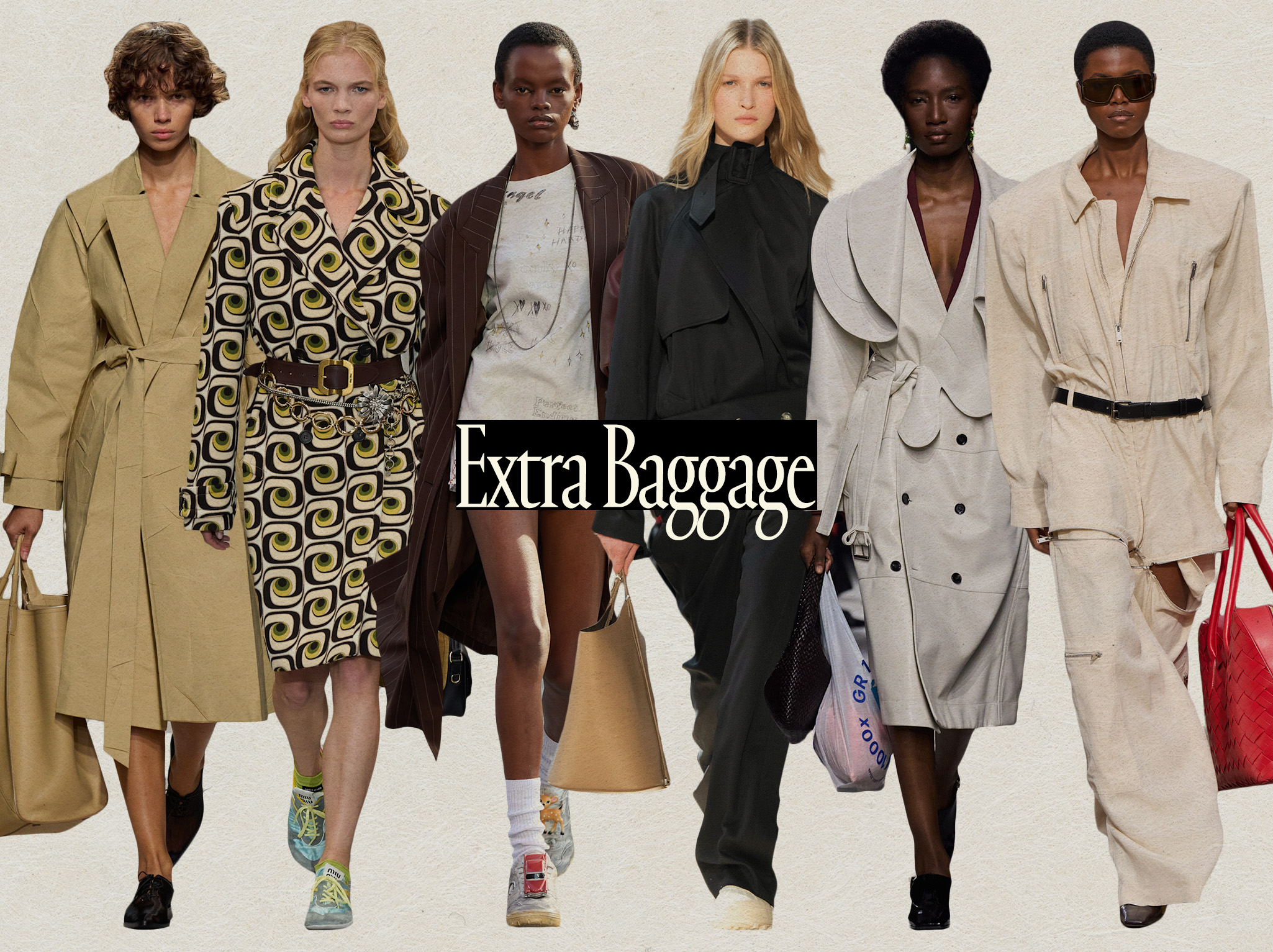
One of maximalism's guiding principles is the notion that "more is more," an idea that manifested throughout the spring/summer 2025 runway shows in the form of animal prints, pastel shades, and, most importantly, handbags. The latter was arguably the most approachable example of the maximalist aesthetic we've seen emerge recently, as designers didn't stick to a single bag silhouette. They styled bags of different sizes, shades, and shapes together. While the concept of carrying extra baggage might be frowned upon in broader pop culture, designers have proven that doubled-up bags are not only the perfect way to inject personality back into your wardrobe, but they're also pretty pragmatic. It's a kind of permission slip for minimalists—or anyone for that matter—to play a bit more and tap into their inner child, who simply wants to grab (or wear) whatever is within reach.
No other brand tapped into that playful, childlike energy quite like Coach's S/S 25 collection, which evoked the experience of holding an adult's handbag as a kid through oversize kiss-lock clutches covered in quirky stickers and bag charms. Although Coach's show was, by far, the most jubilant example of this handbag styling trend, other houses embraced it in their own ways. Stella McCartney gave the trend a grown-up twist by sending extra-large bowler bags down the runway. At the same time, Miu Miu's and Bottega Veneta's spring shows featured looks in which smaller and larger versions of their most famous bags were worn together. And then there were Victoria Beckham's and Proenza Schouler's spring shows, which offered up the most pragmatic version of this trend in the form of oversize totes. By exploring variations of maximalism through bag silhouettes and styling, designers proved that sometimes the better choice in life is not to choose at all.
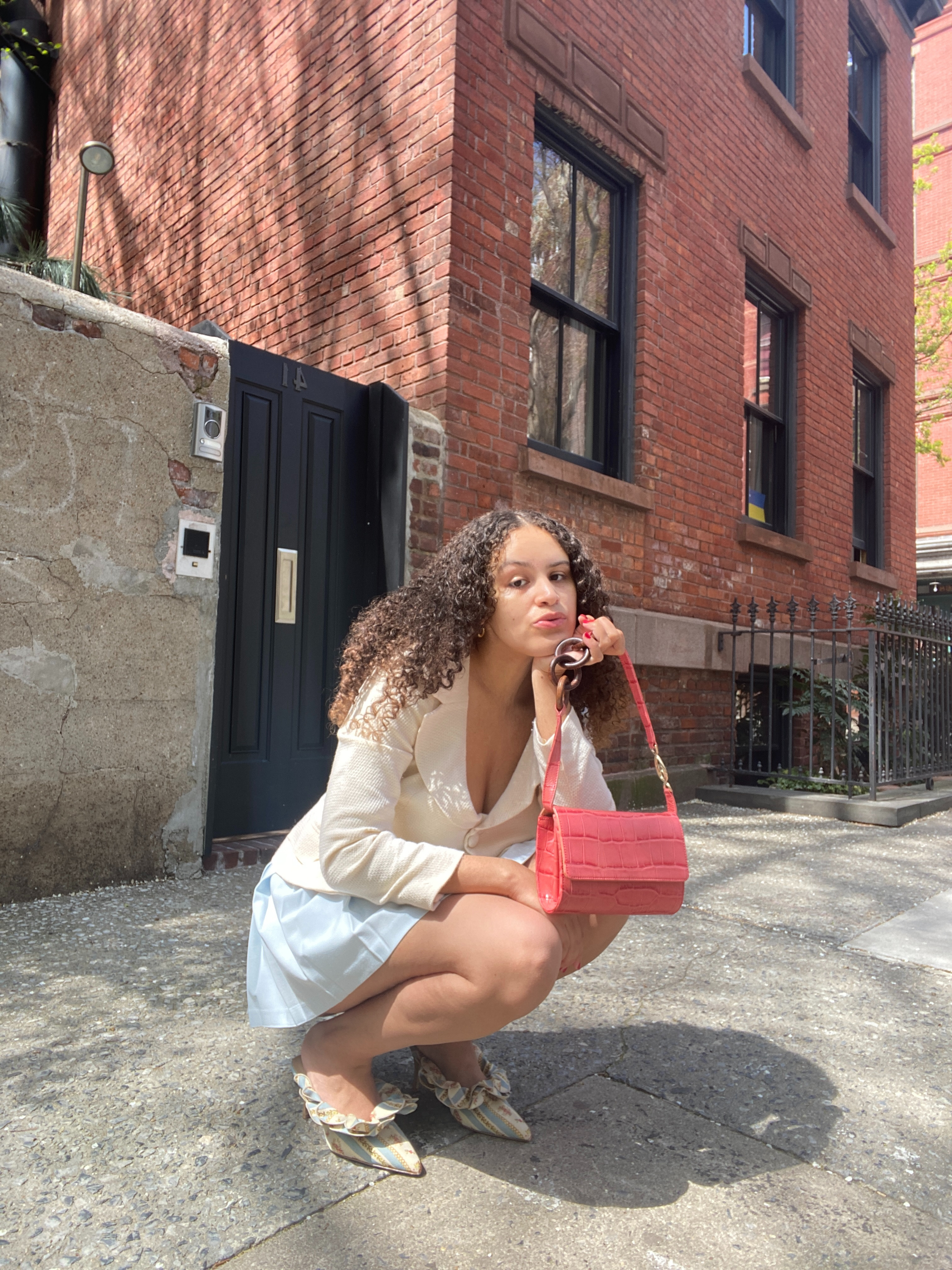
Jasmine Fox-Suliaman is a freelance writer and editor living in New York City. What began as a pastime (blogging on Tumblr) transformed into a lifelong passion for unveiling the connection between fashion and culture on the internet and in real life. Over the last decade, she's melded her extensive edit and social background to various on-staff positions at Who What Wear, MyDomaine, and Byrdie. More recently, she’s become a freelance contributor to other publications including Vogue, Editorialist, and The Cut. Off the clock, you can find her clutching her cell phone as she's constantly scrolling through TikTok and The RealReal, in search of the next cool thing.
-
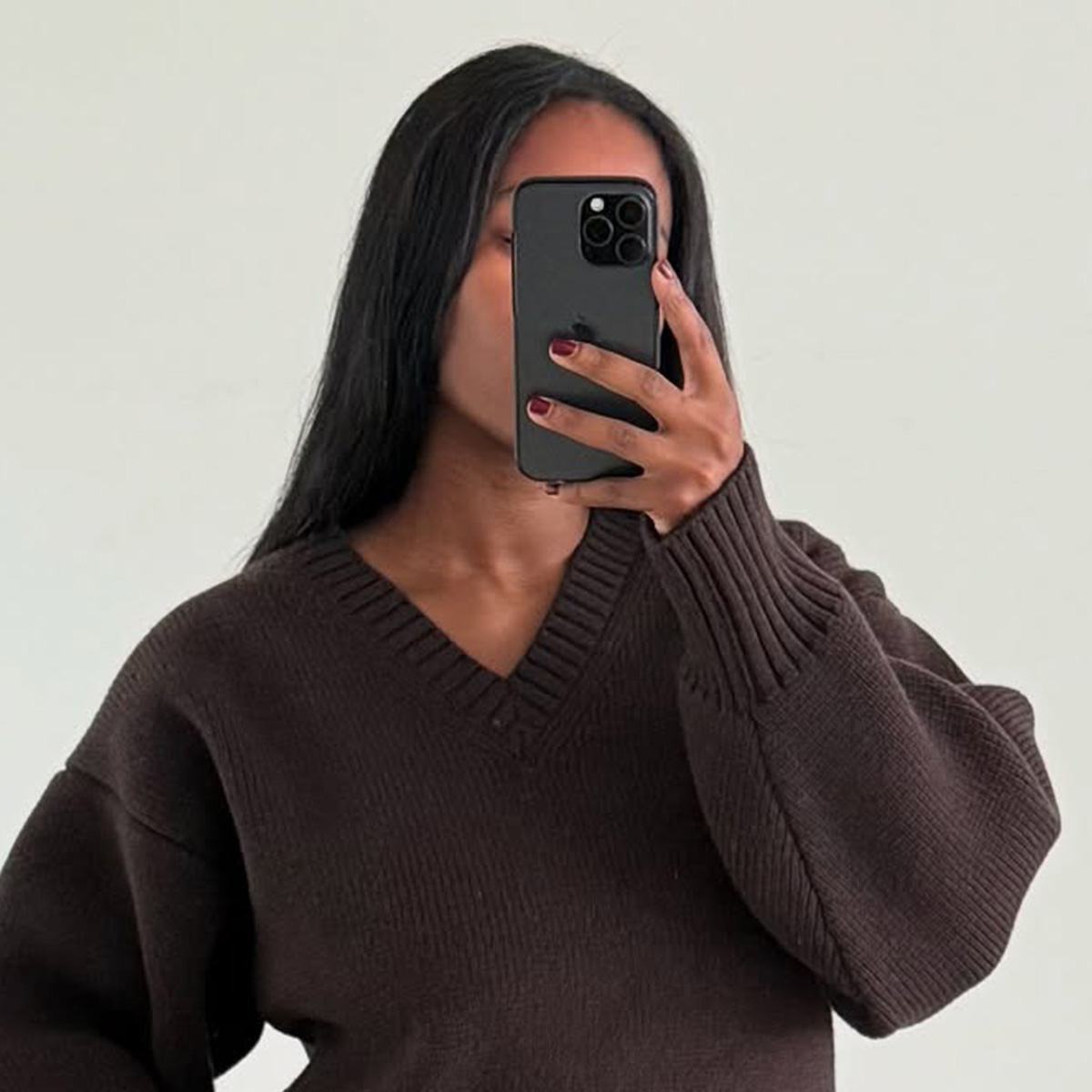 Black and White Are Fine, But in London and Paris, Everyone With Taste Knows These Colors Look Better Together
Black and White Are Fine, But in London and Paris, Everyone With Taste Knows These Colors Look Better TogetherInstant outfit ideas ahead.
-
 This Dated '90s Print Is Suddenly Everywhere—Here's How to Wear It This Fall
This Dated '90s Print Is Suddenly Everywhere—Here's How to Wear It This FallThe classic diamond pattern is trending.
-
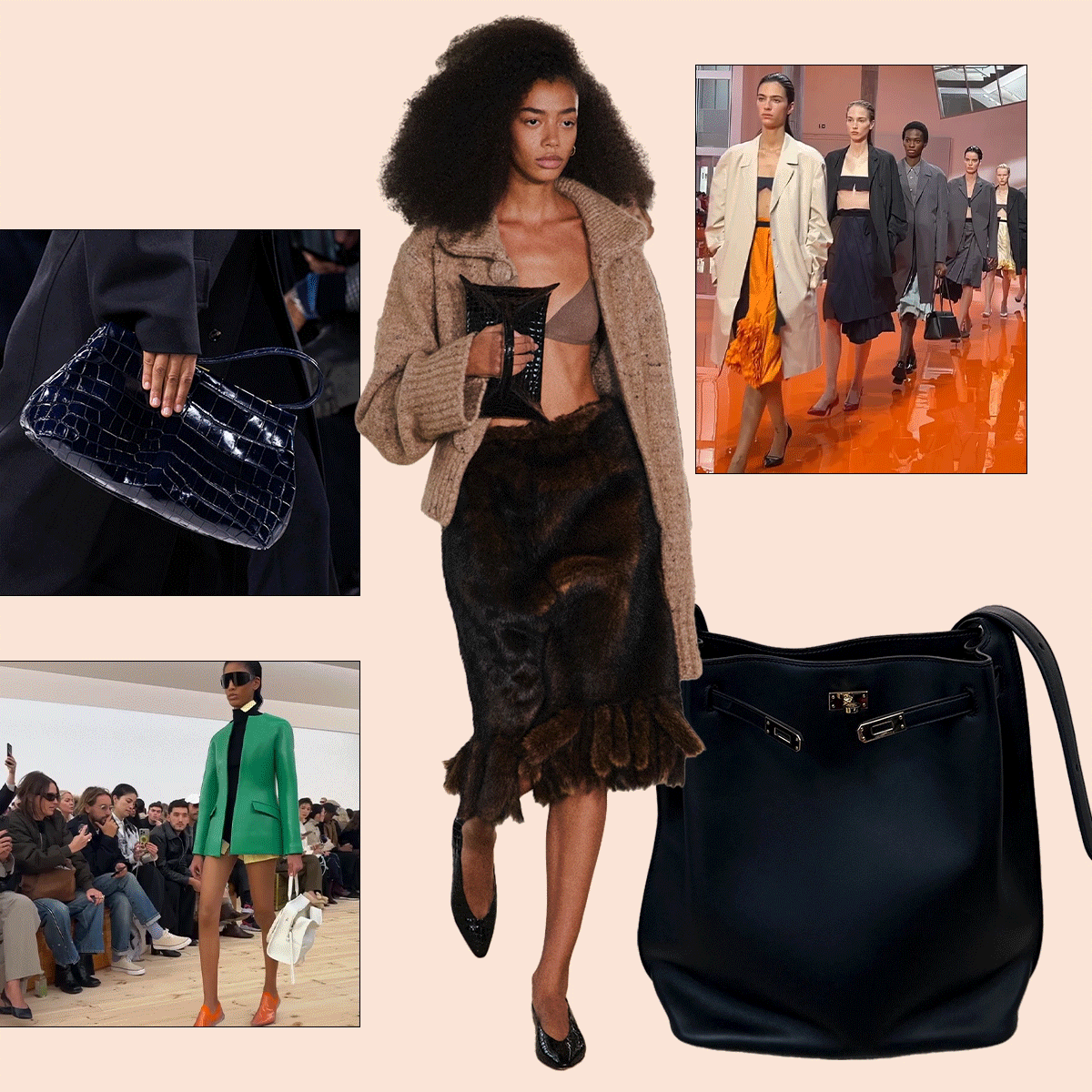 My Spring 2026 Wish List, From Chanel Mules to Prada Skirts
My Spring 2026 Wish List, From Chanel Mules to Prada SkirtsEverything worth saving up for, all in one place.
-
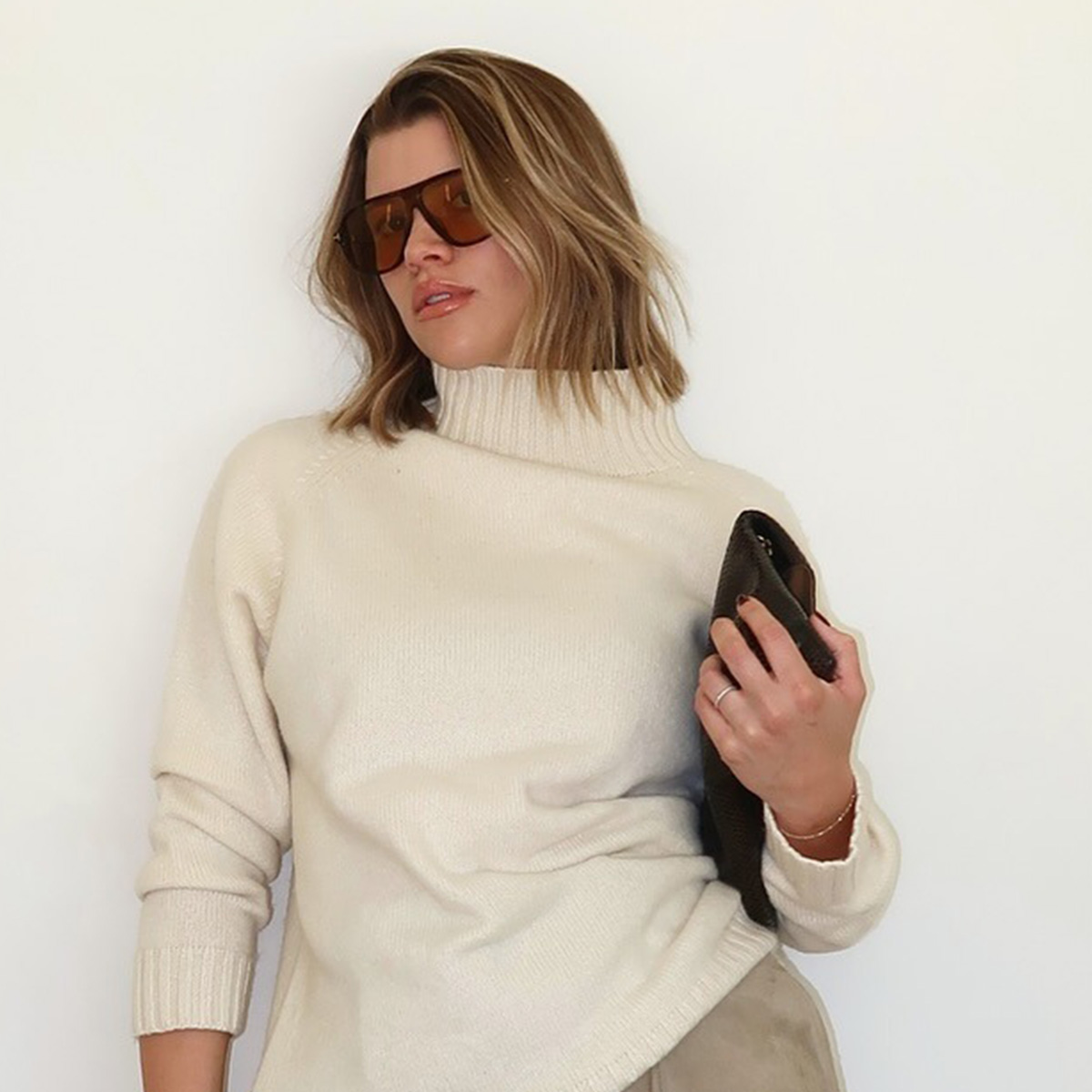 Jeans Are Fine, But Sofia Richie Grainge's Fall Pant Trend Is the Perfect Alt If Looking Rich Is Your 2025 Goal
Jeans Are Fine, But Sofia Richie Grainge's Fall Pant Trend Is the Perfect Alt If Looking Rich Is Your 2025 GoalIt instantly makes you look expensive.
-
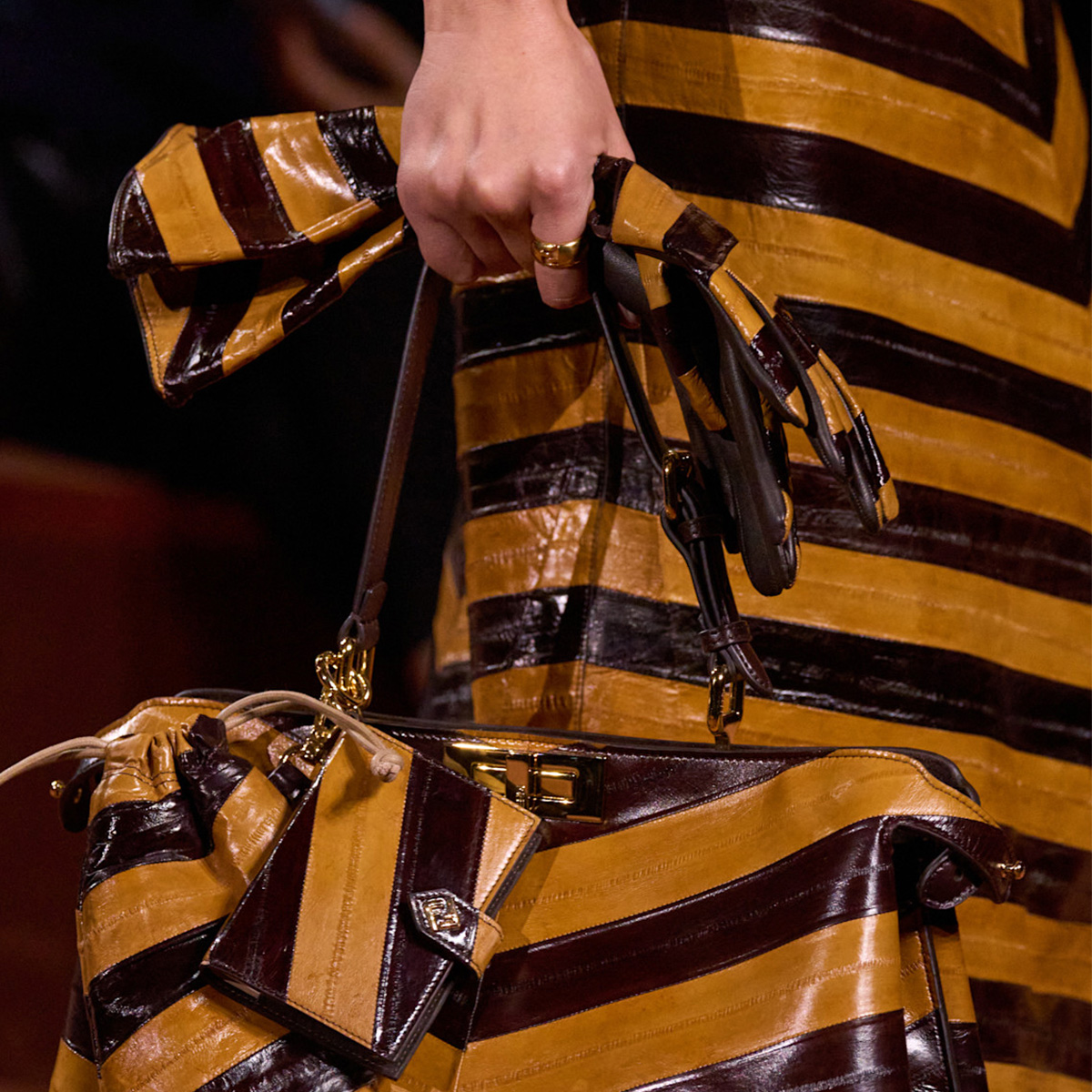 Not Snakeskin, Not Croc—These 2 Underrated Animal Prints Are Quietly Staging a Fashion Coup
Not Snakeskin, Not Croc—These 2 Underrated Animal Prints Are Quietly Staging a Fashion CoupFrom J.Crew to Khaite.
-
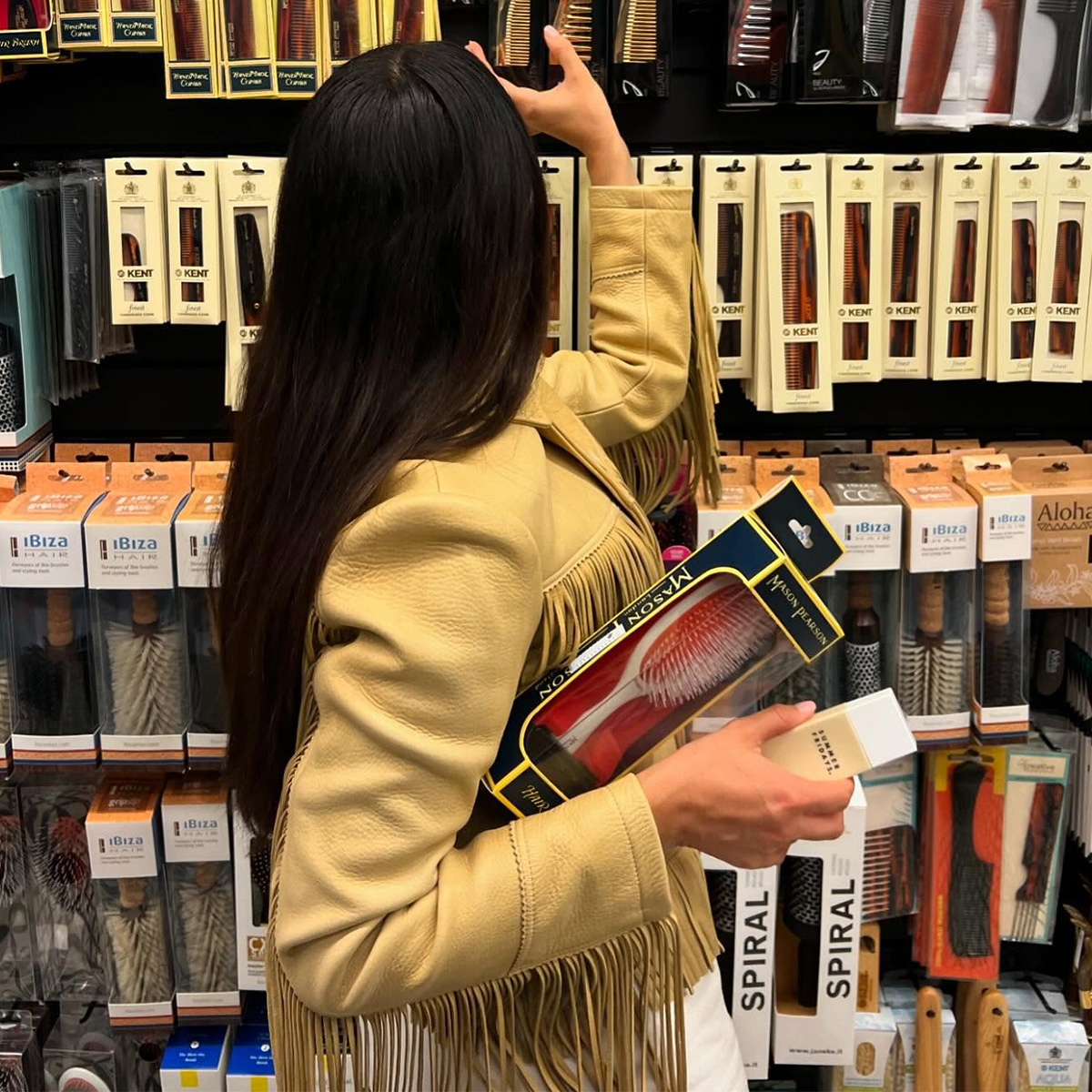 Suddenly, Everyone With Good Taste Is Styling Fall Outfits With This Jacket Trend in 2025
Suddenly, Everyone With Good Taste Is Styling Fall Outfits With This Jacket Trend in 2025Spotted on the streets of Paris and New York.
-
 I Hate to Say It, But It's Time to Set Aside These 5 "Dated" Sneaker Trends
I Hate to Say It, But It's Time to Set Aside These 5 "Dated" Sneaker TrendsThe new guard of It sneakers.
-
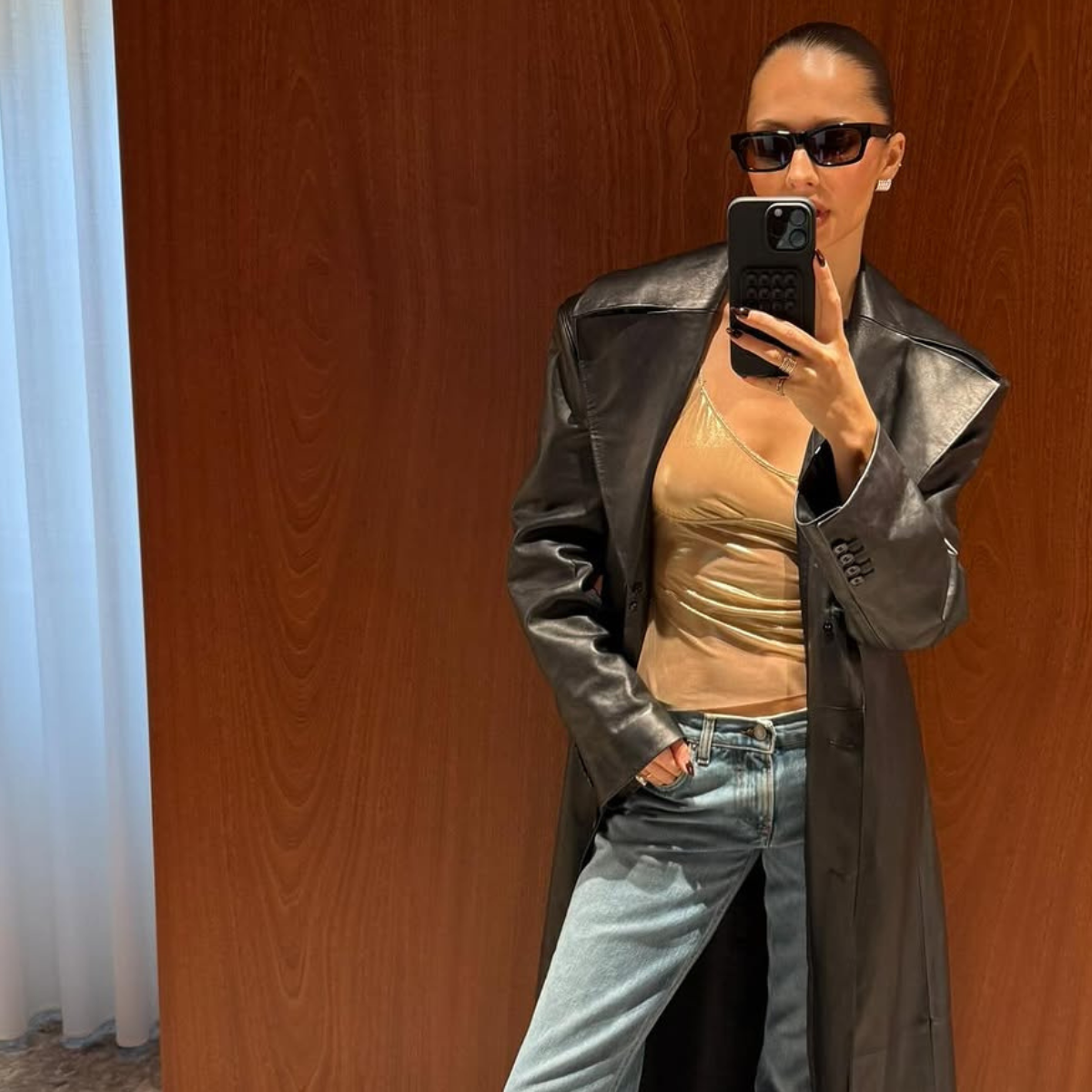 The New Rules of Fall Denim: No Awkward Crops, No Basic Blues, No Barrel Jeans
The New Rules of Fall Denim: No Awkward Crops, No Basic Blues, No Barrel JeansElevate your denim collection inside.
